
- August 24, 2023
- Dennis Frank
- 1
Table of Contents
How to Get Started with DeFi
Are you interested in exploring DeFi? Decentralized Finance (DeFi) has become increasingly popular in recent years as more people seek alternatives to traditional finance. In this article, we will provide a comprehensive guide on how to get started with DeFi, including an introduction to DeFi, its advantages over traditional finance, popular platforms and services, and how to choose the right platform for your needs.
Understanding DeFi: A Brief Introduction
DeFi, short for Decentralized Finance, is a revolutionary financial system that operates on top of blockchains. It is a new ecosystem of financial applications and services that are permissionless, transparent, and accessible to everyone. DeFi aims to create a more open and inclusive financial system, where users have more control and autonomy over their financial activities.
DeFi is built on top of blockchain technology, which allows for secure and transparent transactions without the need for intermediaries. This means that users can transact with each other directly, without the need for banks or financial institutions. DeFi applications use smart contracts to execute pre-agreed terms and conditions automatically, making transactions faster, cheaper, and more efficient.
What is Decentralized Finance (DeFi)?
Decentralized Finance, or DeFi for short, refers to financial applications and services that operate on a blockchain network. The blockchain network acts as a decentralized platform that allows people to transact with each other without the need for intermediaries such as banks or financial institutions. Instead, peer-to-peer transactions are made possible through smart contracts that execute pre-agreed terms and conditions automatically.
The main advantage of DeFi is that it is open and accessible to everyone. Anyone with an internet connection can participate in DeFi, regardless of their location or financial status. This is in stark contrast to traditional finance, which often excludes large segments of the population.
The Evolution of DeFi
DeFi has come a long way since its inception in 2015. The first DeFi application was launched on the Ethereum blockchain, which enabled the creation of smart contracts. Smart contracts are self-executing contracts that facilitate the exchange of assets and information without intermediaries. They are the backbone of the DeFi ecosystem, enabling automated execution of predefined terms and conditions.
Over time, more DeFi applications emerged, including decentralized exchanges, lending and borrowing platforms, stablecoins, and other financial instruments. These applications have made DeFi more accessible and user-friendly, allowing more people to participate in the ecosystem.
Key Components of the DeFi Ecosystem
The DeFi ecosystem is composed of several key components, including blockchains, smart contracts, decentralized applications (DApps), decentralized exchanges (DEXs), and other financial instruments.
Blockchains act as the underlying infrastructure to support DeFi applications. They provide a secure and transparent platform for transactions to take place. Smart contracts are self-executing contracts that enable automated execution of predefined terms and conditions. They are the backbone of the DeFi ecosystem, enabling transactions to take place without intermediaries.
DApps are decentralized applications that enable DeFi services. They are built on top of blockchains and use smart contracts to execute transactions. DApps are user-friendly and accessible, allowing anyone to participate in DeFi.
DEXs allow users to trade cryptocurrencies without intermediaries. They are decentralized platforms that enable peer-to-peer trading of cryptocurrencies. DEXs are more secure and transparent than centralized exchanges, as they do not require users to deposit their funds with a third party.
In conclusion, DeFi is a new and exciting financial system that has the potential to transform the way we think about finance. It is open, accessible, and transparent, and it has the power to bring financial services to millions of people who have been excluded from traditional finance. As DeFi continues to evolve, we can expect to see more innovative applications and services that will make finance more inclusive and equitable for everyone.
Advantages of DeFi over Traditional Finance
The rise of DeFi has been driven by its many advantages over traditional finance. Here are some of the key benefits:
Accessibility and Inclusivity
DeFi is accessible to anyone with an internet connection. This means that people who do not have access to traditional banking services can still participate in the financial system. In many countries, especially in developing nations, a large percentage of the population does not have access to banking services. DeFi offers an alternative to these people, allowing them to participate in the global economy and access financial services.
Furthermore, DeFi is inclusive and allows people to participate in the financial system regardless of their location or wealth. Traditional finance often requires large sums of money to participate, which can exclude many people from the system. DeFi, on the other hand, allows anyone to participate with as little or as much money as they want.
Transparency and Security
DeFi is built on blockchain technology, which provides greater transparency and security than traditional finance. Transactions are recorded on a public ledger that cannot be manipulated or falsified. This increases accountability and reduces the risk of fraud.
Furthermore, DeFi smart contracts are self-executing and do not require intermediaries. This reduces the risk of errors and fraud that can occur when dealing with traditional financial institutions.
Financial Innovation and Flexibility
DeFi is a hotbed of financial innovation. It has allowed for the creation of new financial instruments such as yield farming, which enables users to earn interest on their cryptocurrency holdings, and synthetic assets, which replicate the price movements of traditional assets such as stocks and commodities.
DeFi also provides greater flexibility, as users can access financial services from anywhere in the world and at any time. This is especially important for people who live in countries with restrictive financial regulations or who do not have access to traditional banking services.
Overall, DeFi offers many advantages over traditional finance. Its accessibility, inclusivity, transparency, security, and financial innovation make it an attractive option for many people around the world.
Popular DeFi Platforms and Services
If you’re interested in decentralized finance (DeFi), there are several popular platforms and services that you can use to get started:
Decentralized Exchanges (DEXs)
Decentralized exchanges (DEXs) are a type of cryptocurrency exchange that allows users to trade cryptocurrencies without intermediaries. Unlike centralized exchanges, DEXs are non-custodial, meaning that users retain control of their private keys and funds. This makes DEXs more secure and less prone to hacks or theft.
Some popular DEXs include:
- Uniswap: a decentralized exchange that uses an automated market maker (AMM) model to facilitate trades. Uniswap is known for its simple interface and low fees.
- SushiSwap: a decentralized exchange that offers additional features such as yield farming and staking. SushiSwap was forked from Uniswap and has gained popularity in recent months.
- Curve: a decentralized exchange that specializes in stablecoin trading. Curve is known for its low slippage and high liquidity.
Lending and Borrowing Platforms
Lending and borrowing platforms allow users to lend or borrow cryptocurrency without intermediaries. These platforms use smart contracts to automate the lending and borrowing process, which reduces the need for traditional financial institutions.
Some popular lending and borrowing platforms include:
- Aave: a lending and borrowing platform that allows users to earn interest on their deposits or borrow cryptocurrency at variable or fixed rates. Aave also offers flash loans, which are uncollateralized loans that must be repaid within a single transaction.
- Compound: a lending and borrowing platform that uses a cToken model to represent deposited assets. Users can earn interest on their cTokens or borrow cryptocurrency at variable or fixed rates.
- MakerDAO: a lending and borrowing platform that uses a stablecoin called DAI as collateral. Users can borrow DAI against their collateral or earn interest on their deposited DAI.
Yield Farming and Liquidity Mining
Yield farming and liquidity mining are ways to earn interest on cryptocurrency by providing liquidity to DeFi platforms. These platforms reward users with tokens or other incentives for contributing to the platform’s liquidity.
Some popular yield farming platforms include:
- Yearn Finance: a yield aggregator that automatically moves funds between different DeFi protocols to maximize returns. Yearn Finance offers several vaults that allow users to earn interest on their deposited assets.
- Compound: a lending and borrowing platform that also offers liquidity mining rewards for users who provide liquidity to the platform. Users can earn COMP tokens by contributing to the platform’s liquidity.
Stablecoins and Synthetic Assets
Stablecoins and synthetic assets are cryptocurrencies that are designed to replicate the price movements of traditional assets such as dollars or gold. These assets are useful for traders who want to avoid the volatility of other cryptocurrencies.
Some popular stablecoins include:
- USDC: a stablecoin that is pegged to the US dollar. USDC is issued by Circle and Coinbase and is widely used in DeFi applications.
- DAI: a stablecoin that is pegged to the US dollar and backed by collateral. DAI is issued by MakerDAO and can be used as collateral on the platform.
- Tether: a stablecoin that is pegged to the US dollar and is widely used in cryptocurrency trading. Tether has been criticized for its lack of transparency and potential for market manipulation.
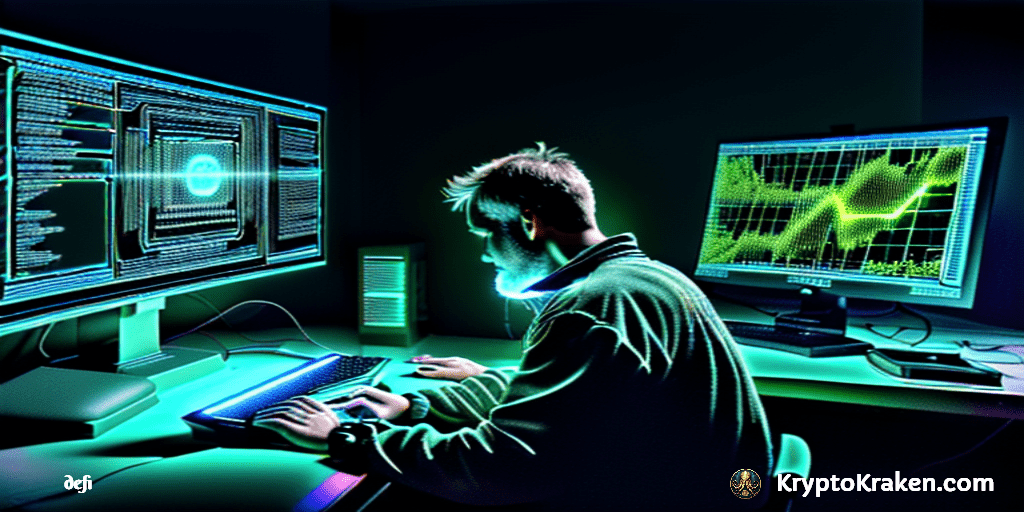
How to Choose the Right DeFi Platform
Choosing the right DeFi platform is crucial for success in DeFi. Here are some factors to consider:
Assessing Security and Risk
When using DeFi platforms, it is important to assess the security and risk of the platform. Look for platforms that have undergone security audits and have strong security protocols in place to protect user funds.
One way to assess the security of a DeFi platform is to look at the smart contracts that power the platform. Smart contracts are self-executing contracts with the terms of the agreement between buyer and seller being directly written into lines of code. These contracts are transparent and immutable, meaning that they cannot be altered once they are deployed on the blockchain. By reviewing the smart contracts that power a DeFi platform, you can gain a better understanding of the platform’s security and risk profile.
Evaluating User Experience and Functionality
The user experience and functionality of a DeFi platform can impact the ease of use and success of your DeFi activities. Look for platforms that are user-friendly and have a wide range of features and services.
One important aspect of user experience is the platform’s interface. A well-designed interface can make it easier for users to navigate the platform and perform transactions. Additionally, look for platforms that offer a variety of services, such as lending, borrowing, and trading, to give you more options for your DeFi activities.
Comparing Fees and Incentives
DeFi platforms often charge fees for using their services, such as gas fees for Ethereum transactions. Look for platforms that have reasonable fees and offer incentives such as liquidity mining rewards or staking rewards.
It is also important to consider the fees associated with the underlying blockchain. For example, Ethereum’s gas fees can be high during times of network congestion, which can impact the cost of using DeFi platforms built on top of Ethereum. Consider using DeFi platforms built on other blockchains, such as Binance Smart Chain or Polygon, which may have lower fees.
DeFi is a new and exciting financial system that offers greater accessibility, transparency, and financial innovation compared to traditional finance. By following these steps and considering the factors outlined above, you can get started with DeFi and take advantage of the many benefits it offers. Remember to always do your own research and assess the risks before investing in any DeFi platform.
Exploring the Applications of Artificial Intelligence(AI) in Decentralized Blockchain and blockchain technology are two of the most exciting and revolutionary advancements of our time. While they have made significant progress independently, their integration has the potential to unlock even greater possibilities. In this article, we will delve into the various applications of AI. In decentralized blockchain and explore how this fusion is reshaping industries worldwide.
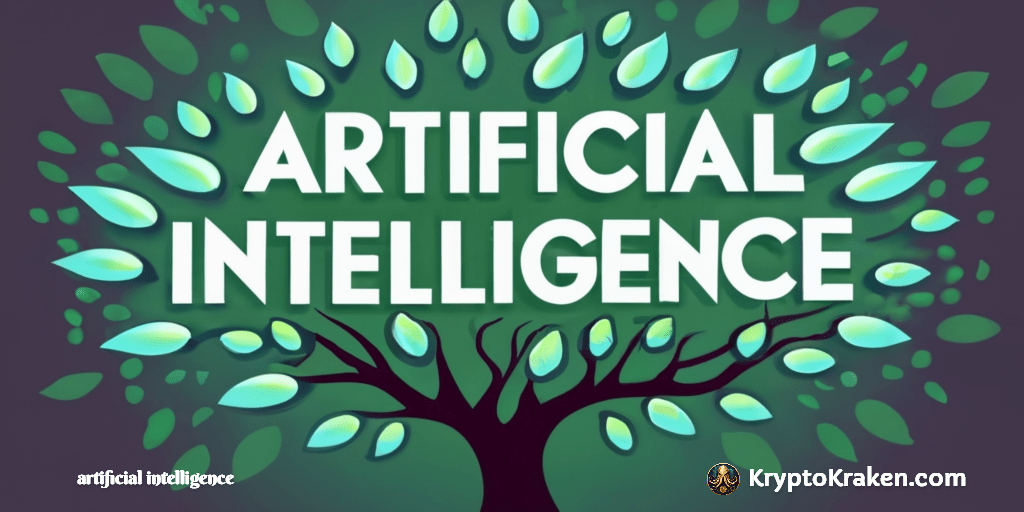
Understanding the Basics of Artificial Intelligence and Blockchain
Before we dive into the applications, let’s take a moment to understand the fundamentals of AI and blockchain. AI is the simulation of human intelligence in machines, enabling them to learn, reason, and perform tasks that typically require human intelligence. On the other hand, blockchain is a decentralized, transparent, and immutable ledger that records transactions across a network of computers.
Despite their distinct natures, AI and blockchain share common decentralization, transparency, and security principles. These complementary characteristics lay the foundation for their integration.
Defining Artificial Intelligence
Artificial Intelligence is the simulation of human intelligence in machines, enabling them to perform tasks that typically require human cognitive abilities. AI algorithms can analyze vast amounts of data, identify patterns, make predictions, and learn from experience.
When it comes to AI, there are different types and levels of intelligence. Narrow AI, also known as weak AI, is designed to perform specific tasks within a limited domain. It excels at speech recognition, image classification, and recommendation systems. On the other hand, general AI, also known as strong AI, aims to possess the same level of intelligence as a human being, capable of understanding, learning, and performing any intellectual task that a human can do.
Machine learning is a subset of AI that focuses on algorithms that can learn from and make predictions or decisions based on data. It involves training models on large datasets to recognize patterns and make accurate predictions or decisions without being explicitly programmed.
Another important aspect of AI is natural language processing (NLP), which enables machines to understand and interpret human language. NLP algorithms can analyze text, extract meaning, and generate responses that are contextually relevant.
The Fundamentals of Decentralized Blockchain
Decentralized blockchain, as the name suggests, is a distributed ledger technology that lacks a central authority or control. It operates through a network of computers (nodes) that work together to validate and record transactions. The decentralized nature of blockchain ensures transparency, security, and immutability.
Blockchain technology relies on cryptographic algorithms to secure transactions and maintain the integrity of the ledger. Each transaction is bundled into a block and added to the chain in chronological order. Once a block is added, it becomes nearly impossible to alter or tamper with the information stored within it.
One of the key features of blockchain is its transparency. Every participant in the network has access to the same copy of the ledger, ensuring that all transactions are visible to everyone. This transparency enhances trust and eliminates the need for intermediaries in many scenarios.
Blockchain also offers security through its consensus mechanism. Consensus algorithms, such as Proof of Work (PoW) or Proof of Stake (PoS), ensure that all participants agree on the validity of transactions and the order in which they are added to the chain. This consensus mechanism makes it extremely difficult for malicious actors to manipulate the ledger.
Furthermore, blockchain’s decentralized nature eliminates the single point of failure that exists in traditional centralized systems. With no central authority, the network becomes more resilient to attacks and disruptions. Even if some nodes go offline or get compromised, the network can still function and maintain the integrity of the ledger.
Blockchain technology has gained significant attention and adoption beyond its initial use case of cryptocurrencies. It is being explored and implemented in various industries, including finance, supply chain management, healthcare, and more. The potential of blockchain lies in its ability to provide trust, security, and transparency in a wide range of applications.
The Intersection of AI and Blockchain
The integration of AI and blockchain technology is a powerful alliance that holds immense potential across various domains. Let us examine how AI complements blockchain technology and enhances its capabilities.
How AI Complements Blockchain Technology
One of the most significant advantages of combining AI and blockchain lies in the ability to leverage AI’s advanced analytical capabilities to extract valuable insights from the vast amounts of data stored on the blockchain. AI algorithms can identify patterns, detect anomalies, and generate actionable intelligence, enabling businesses to make data-driven decisions with greater accuracy and efficiency.
The Role of AI in Enhancing Blockchain Efficiency
By integrating AI with blockchain, organizations can enhance the efficiency of various blockchain operations. AI-powered algorithms can improve consensus mechanisms, optimize transaction verification processes, and enhance the scalability of blockchain networks. This ensures faster transaction times, lower costs, and improved overall performance.
Potential Applications of AI in Blockchain
Now that we understand how AI bolsters blockchain technology, let’s explore some of the potential applications where this fusion can have a transformative impact.
AI in Blockchain Security
Security is a paramount concern in blockchain implementations. By integrating AI, organizations can develop robust security mechanisms that can identify and prevent fraudulent activities. Exploring the Applications of Artificial Intelligence algorithms can analyze network behavior patterns, detect potential threats, and provide real-time alerts, effectively safeguarding blockchain networks against cyberattacks and unauthorized access.
AI for Smart Contracts
Smart contracts, self-executing contracts with the terms of the agreement directly written into lines of code, are a key component of blockchain technology. By incorporating AI, smart contracts can become even more powerful. AI algorithms can evaluate and execute complex contractual conditions, automate decision-making processes, and ensure accuracy and transparency in contract execution.
AI in Blockchain Data Analysis
The abundance of data stored on the blockchain presents a goldmine of insights. Exploring the Applications of Artificial Intelligence can help in extracting valuable information from this data, enabling organizations to perform advanced analytics, monitor trends, predict future outcomes, and optimize their business strategies. Additionally, AI can enhance data privacy by anonymizing sensitive information while still maintaining its integrity.
Challenges and Solutions in Integrating AI with Blockchain
While the fusion of AI and blockchain holds immense potential, several challenges must be addressed to fully capitalize on their synergies.
Technical Challenges in AI-Blockchain Integration
The integration of AI with blockchain poses technical challenges, such as scalability, interoperability, and computational requirements. Overcoming these challenges requires the development of innovative solutions, including the design of AI algorithms optimized for blockchain environments and the advancement of scalable blockchain architectures.
Ethical and Legal Considerations
As AI becomes more prevalent in blockchain implementations, ethical and legal considerations must be taken into account. Issues related to data privacy, bias in Exploring the Applications of Artificial Intelligence algorithms, and accountability in decision-making need to be carefully addressed. Establishing comprehensive regulations and ethical frameworks is crucial to ensure the responsible and ethical use of AI in blockchain applications.
Potential Solutions and Future Directions
To overcome the challenges and harness the full potential of AI in decentralized blockchain, collaboration and research between AI and blockchain communities are essential. Through interdisciplinary efforts, ongoing technological advancements, and shared knowledge, we can develop innovative solutions and shape the future of this powerful fusion.
The Future of AI and Blockchain
The integration of AI and blockchain is still in its early stages, but the future looks incredibly promising. Let’s explore some of the predicted trends and the potential impact on various industries.
Predicted Trends in AI and Blockchain
Experts anticipate that AI will continue to enhance blockchain scalability, privacy, and security. On the other hand, blockchain will provide the immutable and transparent foundation required to ensure the integrity and traceability of AI algorithms and models. Together, these technologies will drive advancements in areas such as decentralized finance, supply chain management, healthcare, and many others.
The Impact on Various Industries
The integration of AI and blockchain will revolutionize numerous industries. For example, in healthcare, AI-powered blockchain solutions can enable secure sharing of patient data, facilitate clinical research, and improve diagnostics and treatment outcomes. Likewise, in finance, AI algorithms integrated with blockchain can enhance fraud detection, streamline regulatory compliance, and provide personalized financial services.
Preparing for a Blockchain and AI-Driven Future
As AI and blockchain continue to converge and reshape industries, it is crucial for individuals, organizations, and governments to adapt and prepare for this transformative future. Embracing lifelong learning, fostering innovation, and establishing regulatory frameworks are key steps to maximize the benefits and minimize any potential risks associated with this powerful fusion.
In conclusion, the integration of artificial intelligence in decentralized blockchain opens up endless opportunities for innovation and disruption. As we explore the applications, overcome challenges, and shape the future. The potential for this fusion to revolutionize industries and empower individuals is truly remarkable.



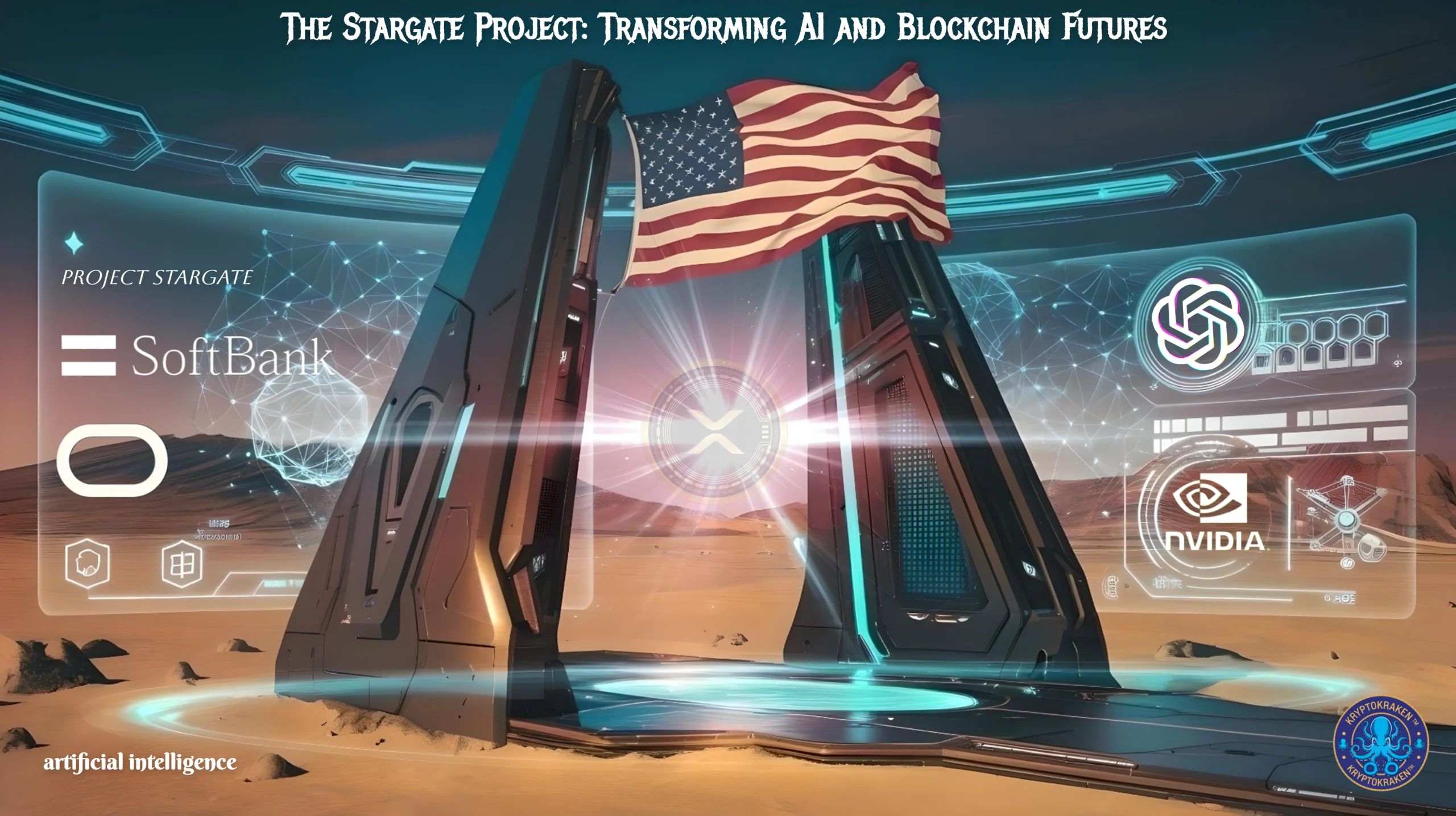
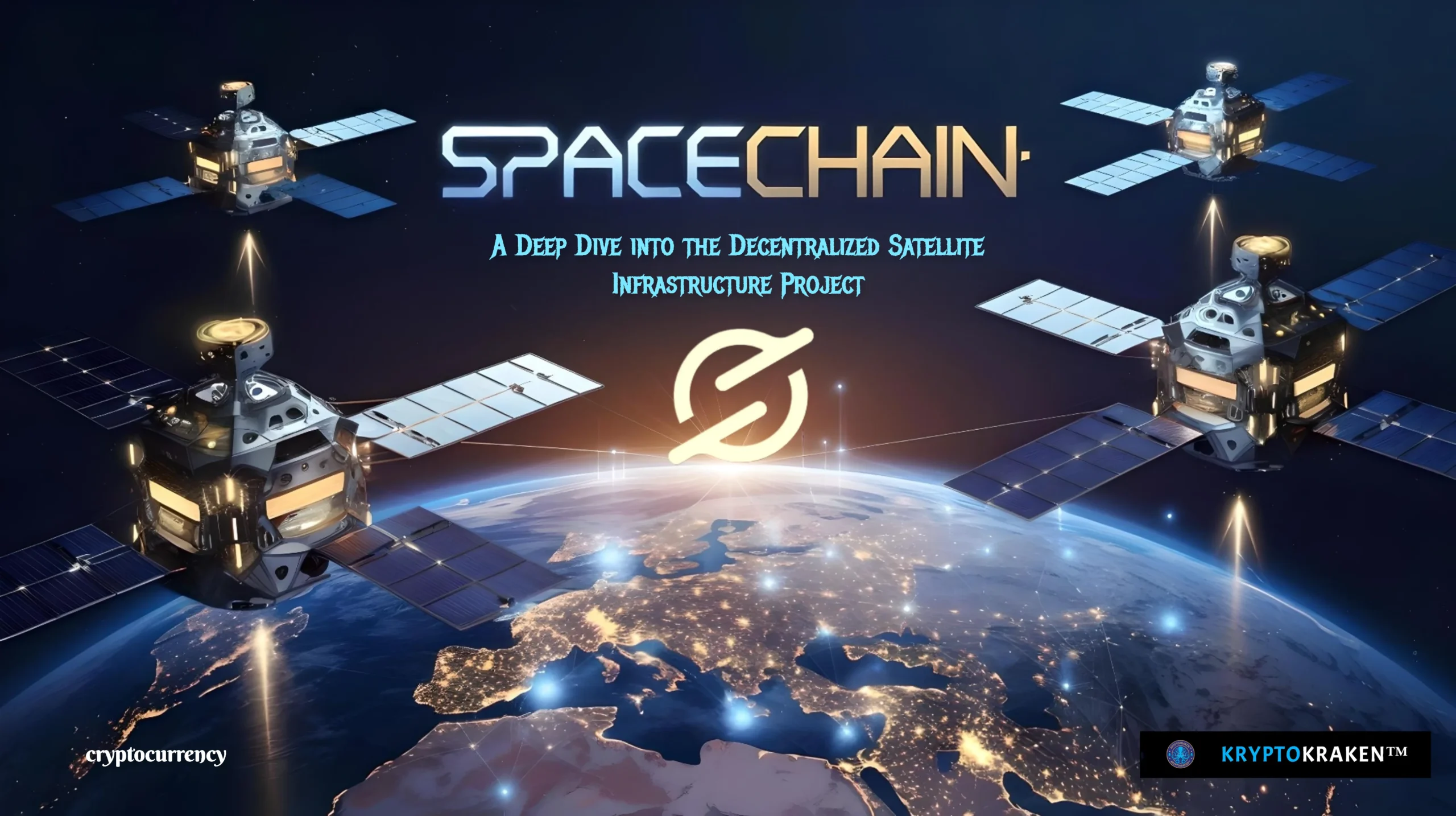
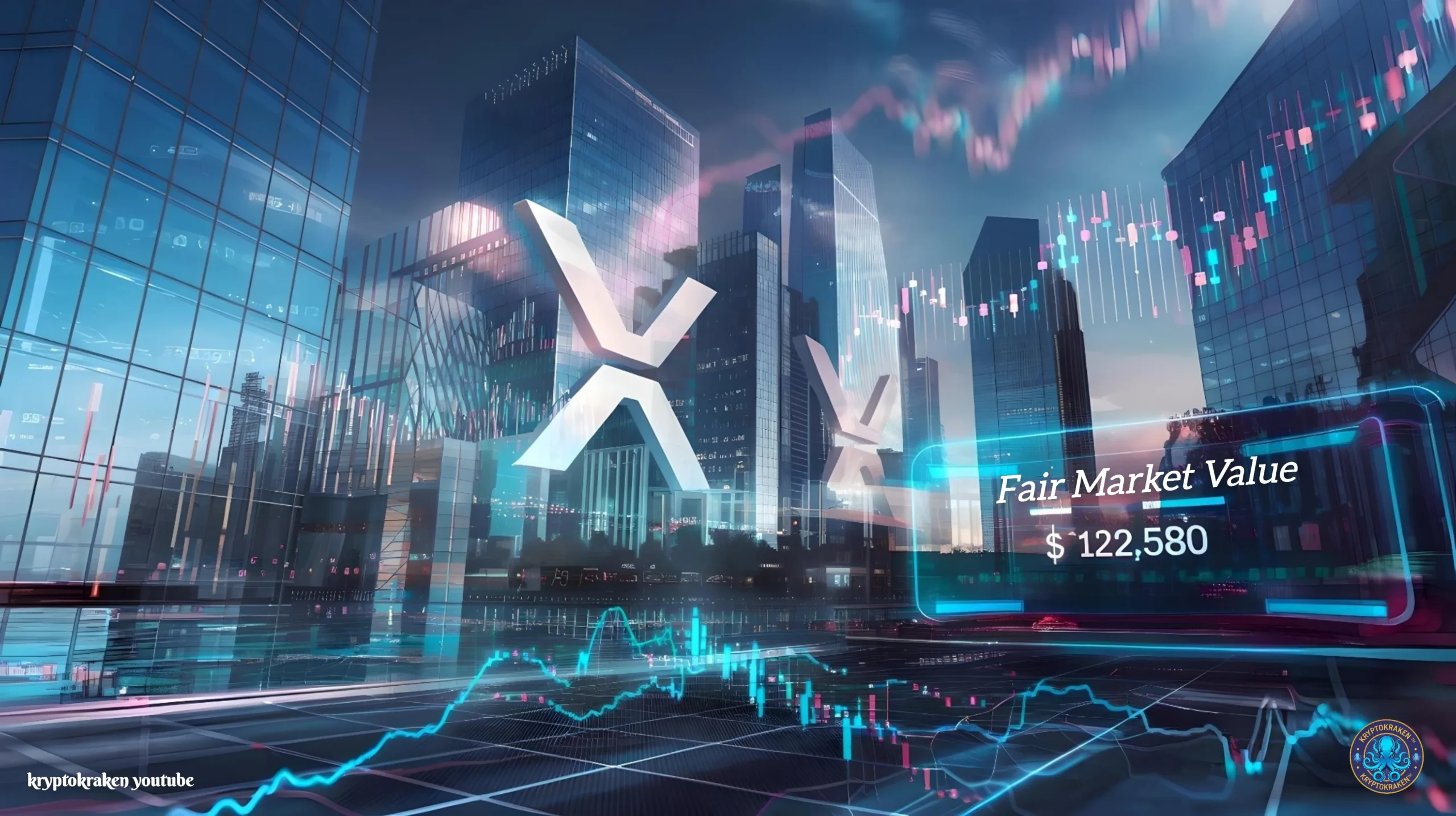

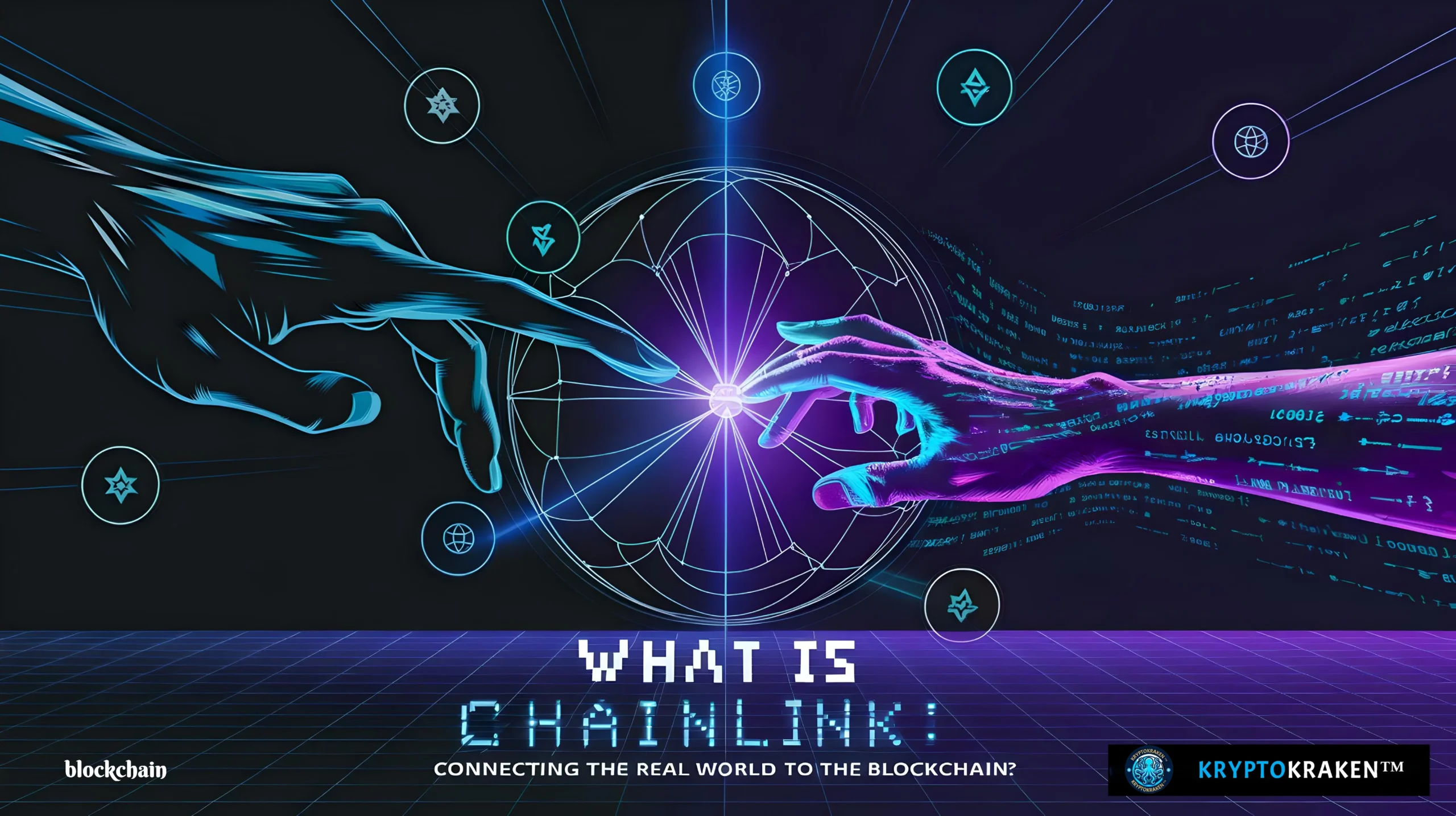
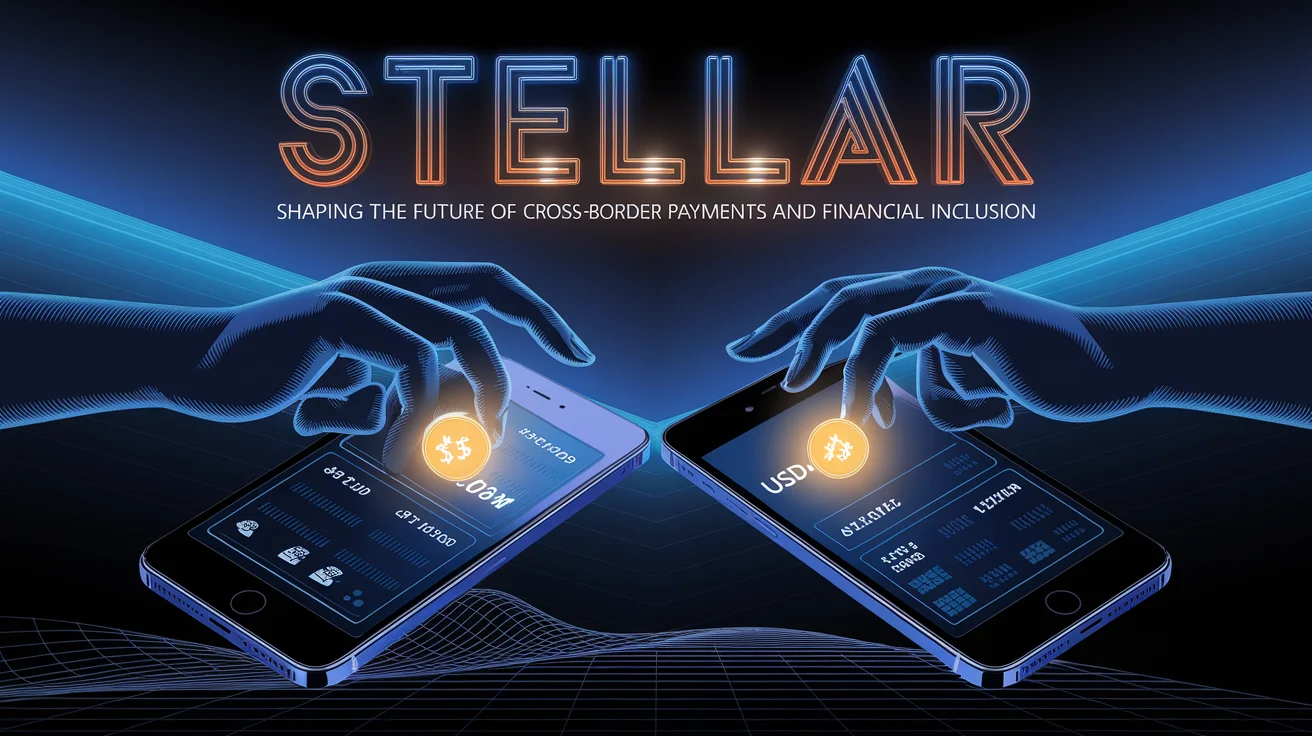
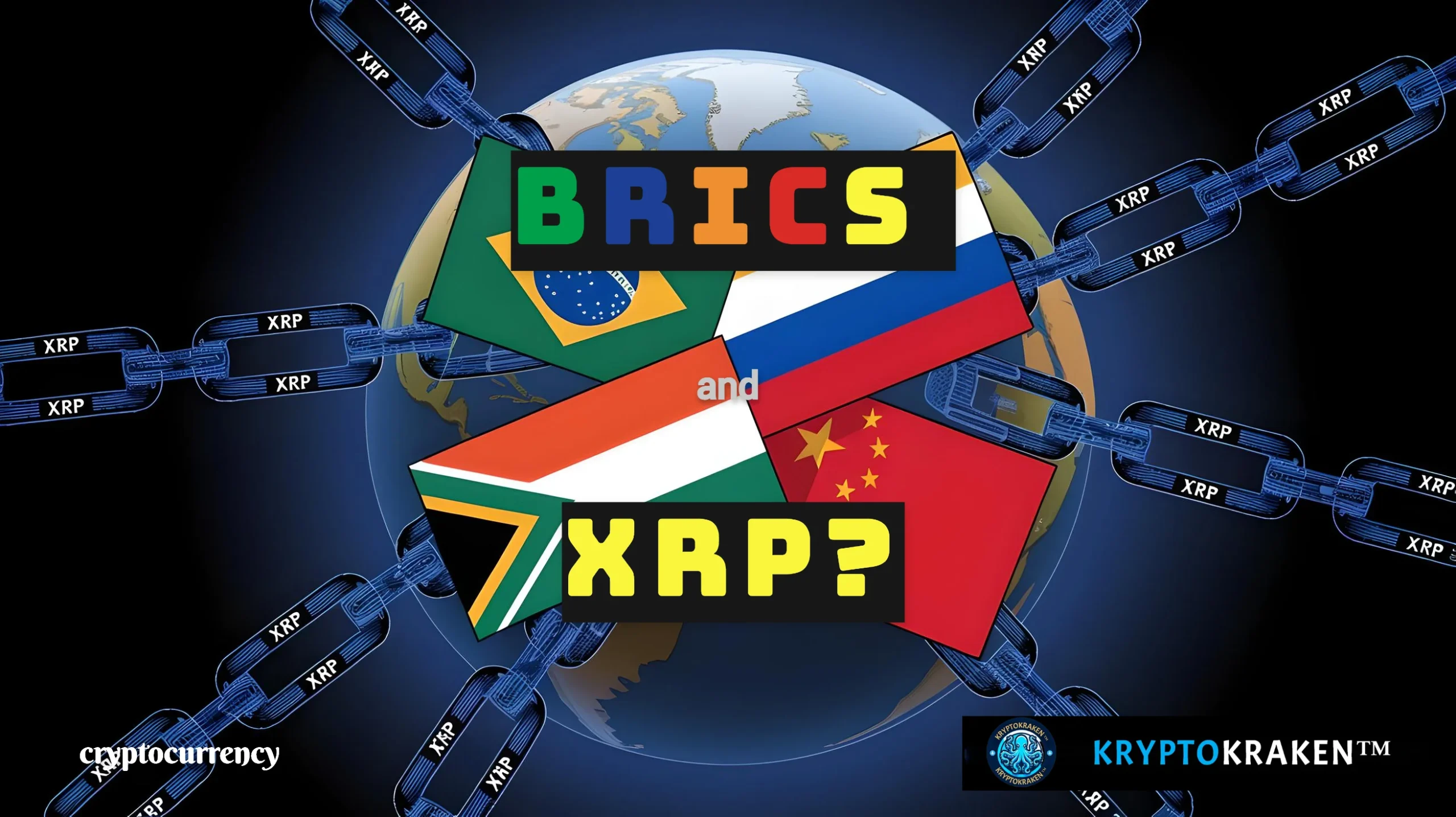
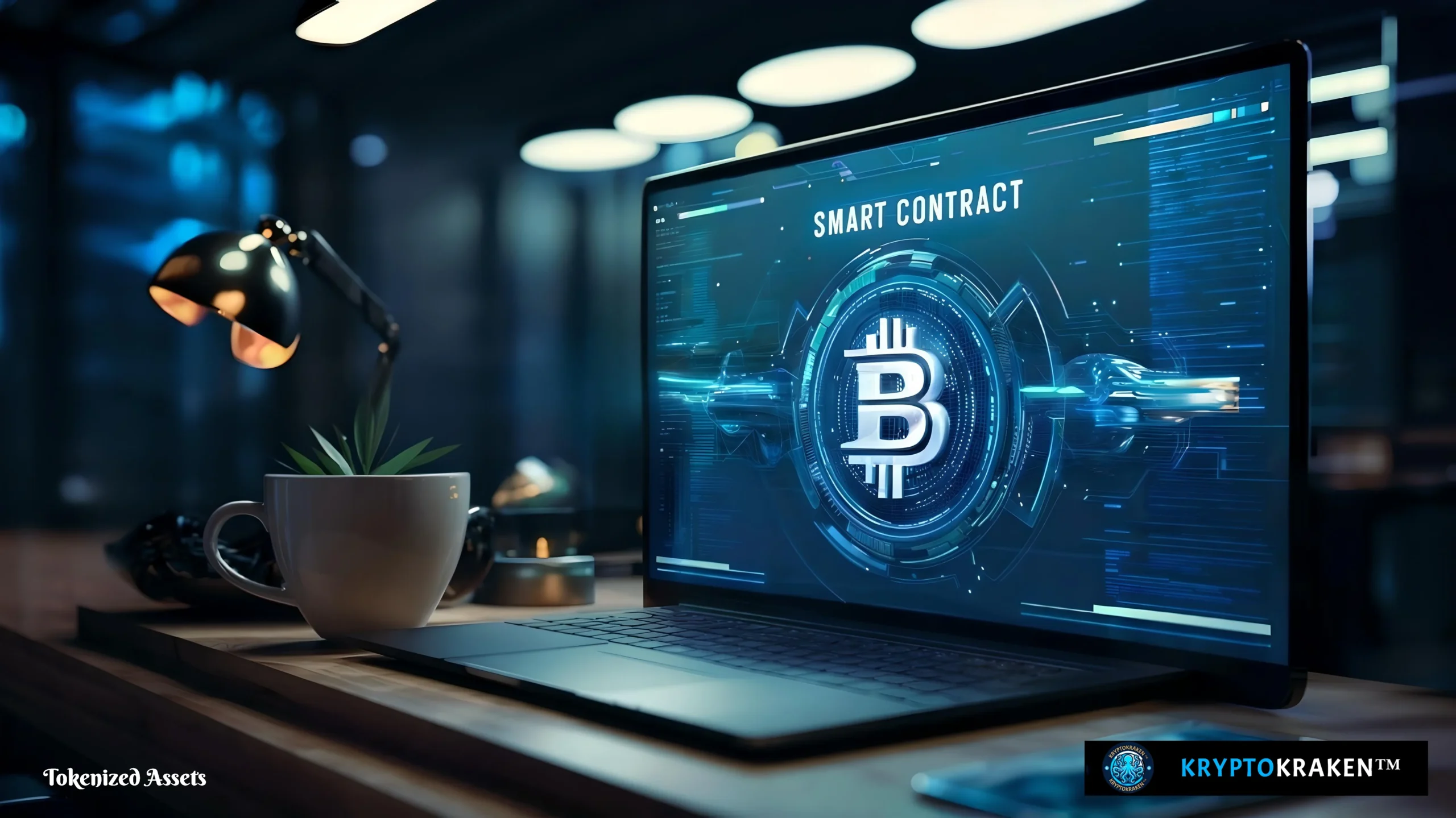
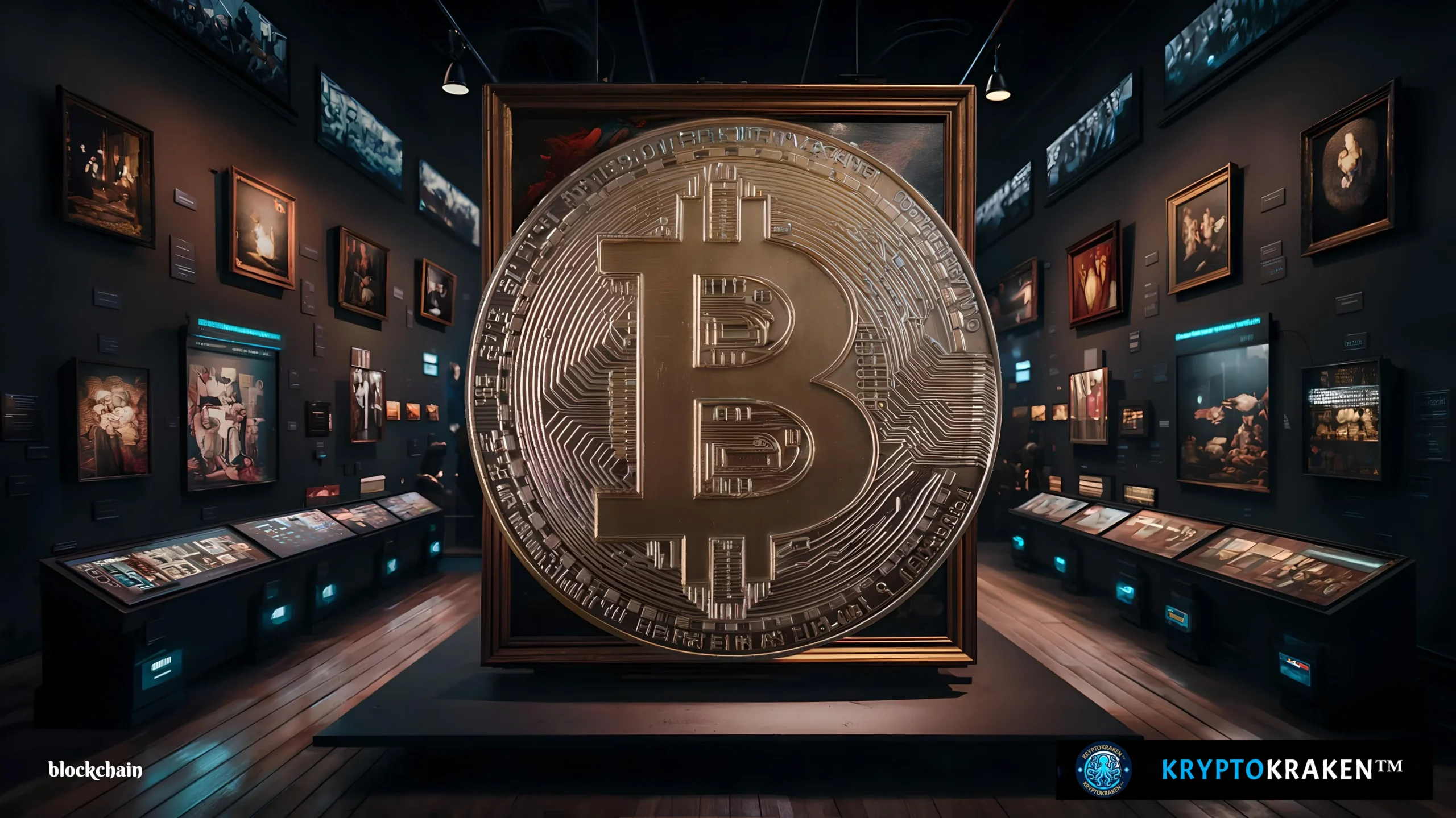
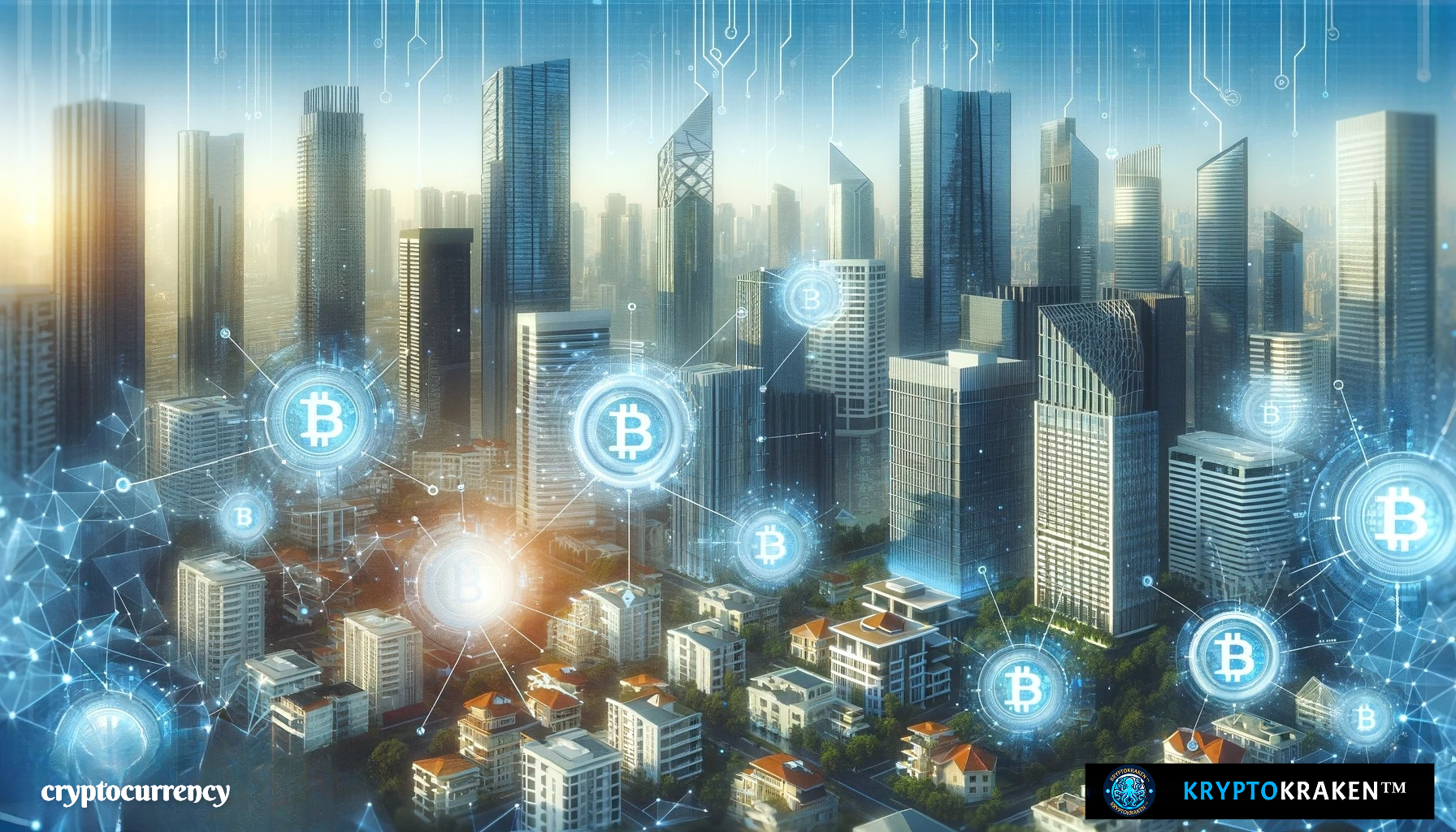
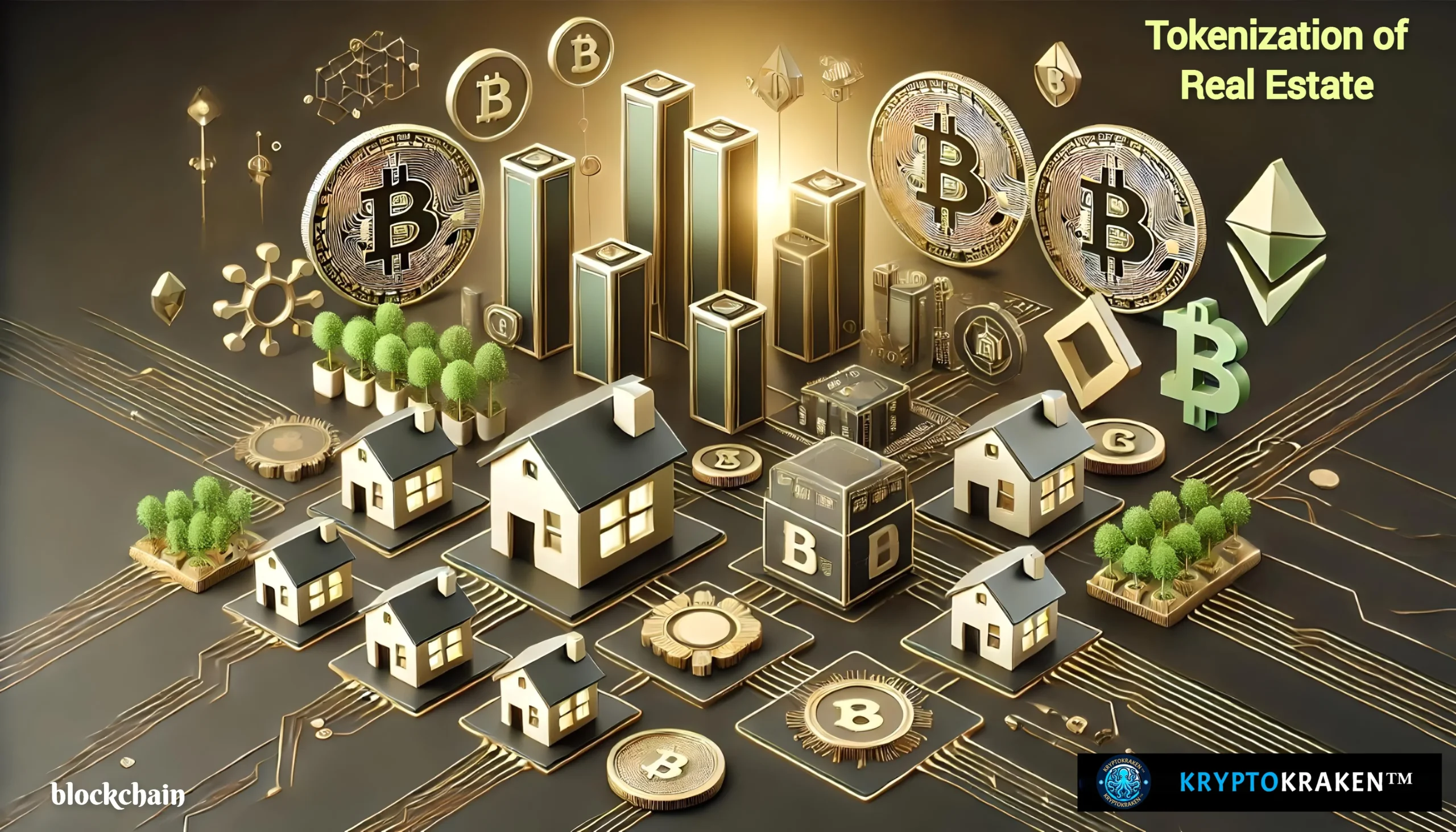
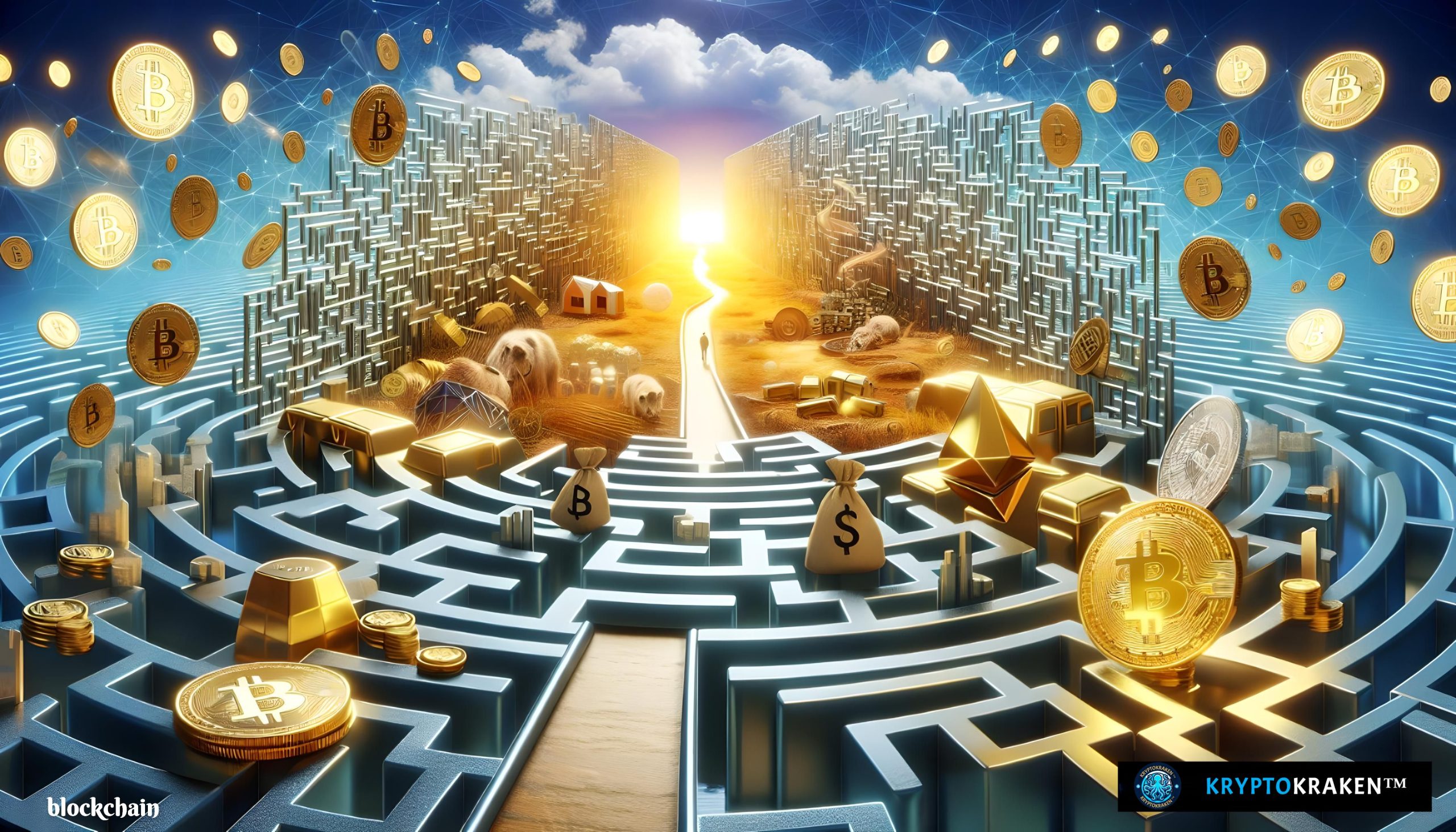
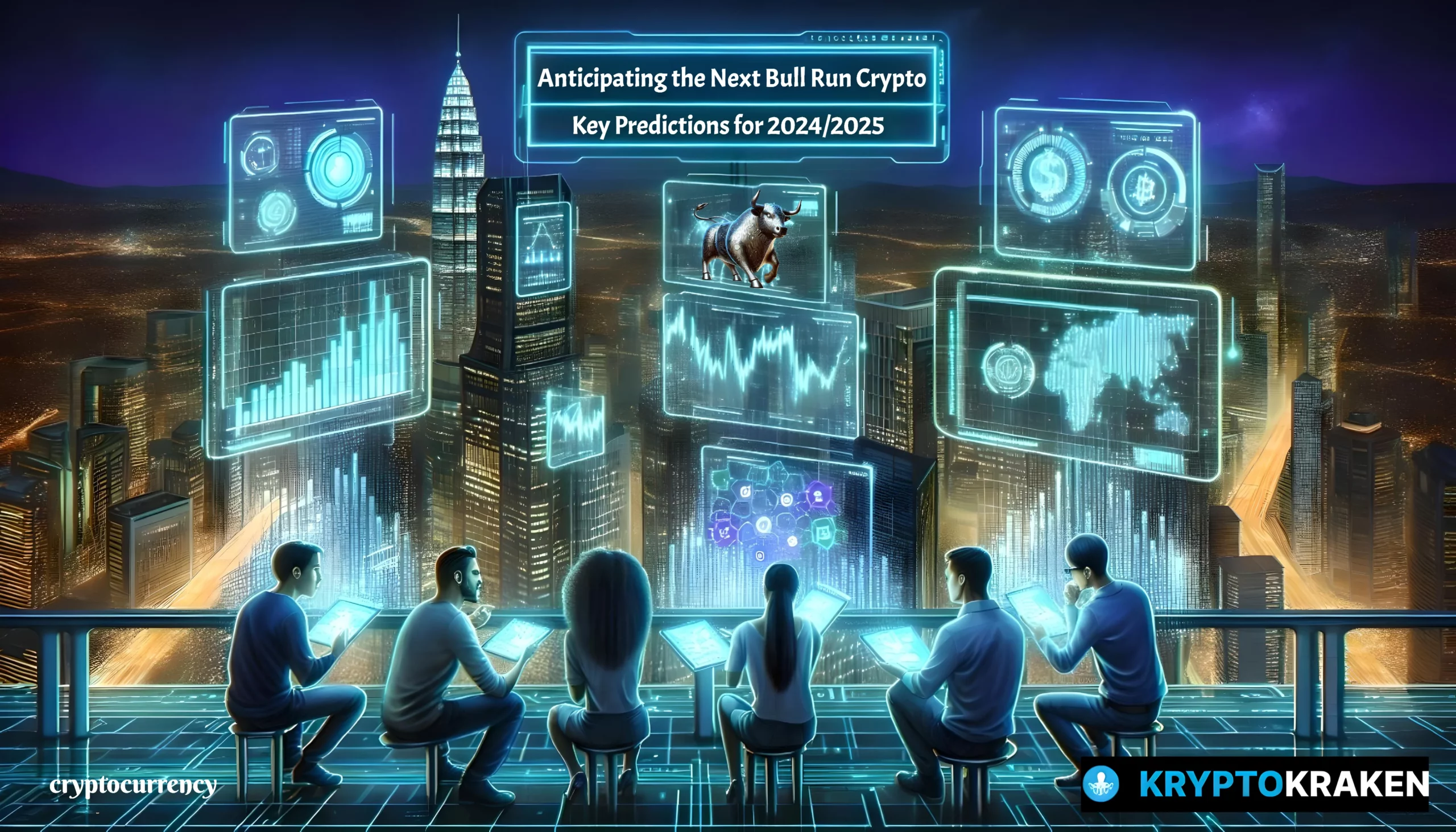
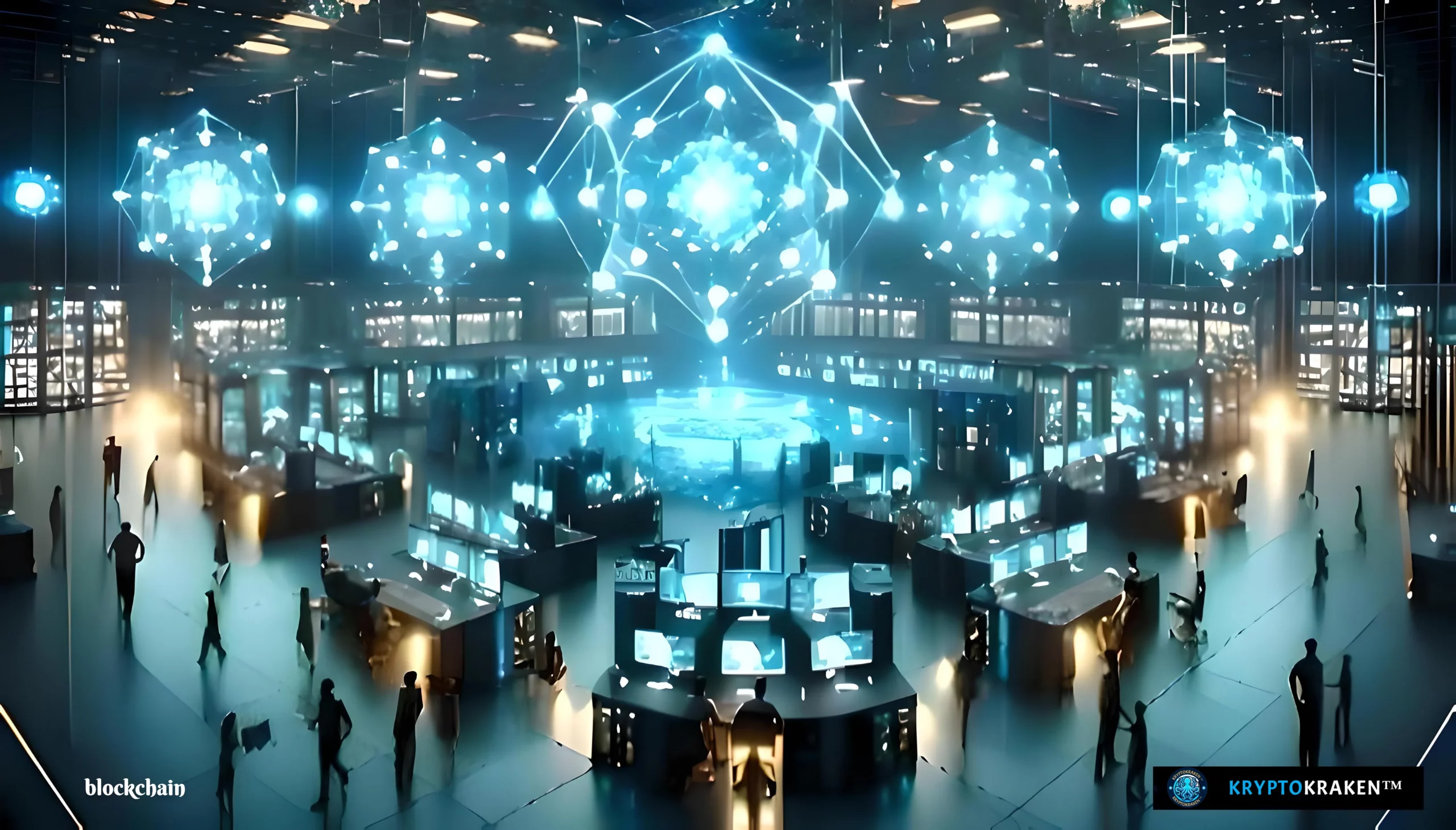

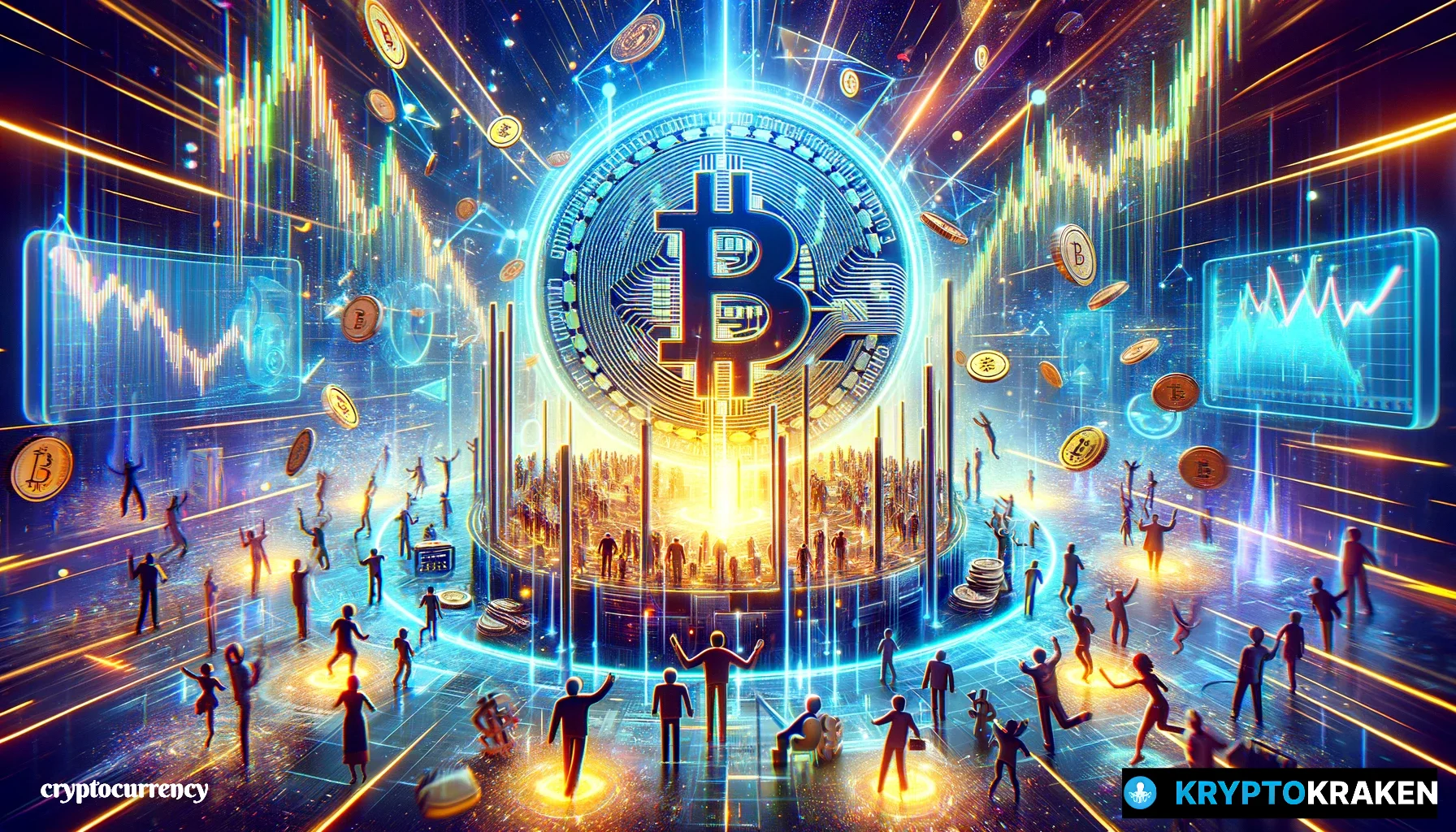
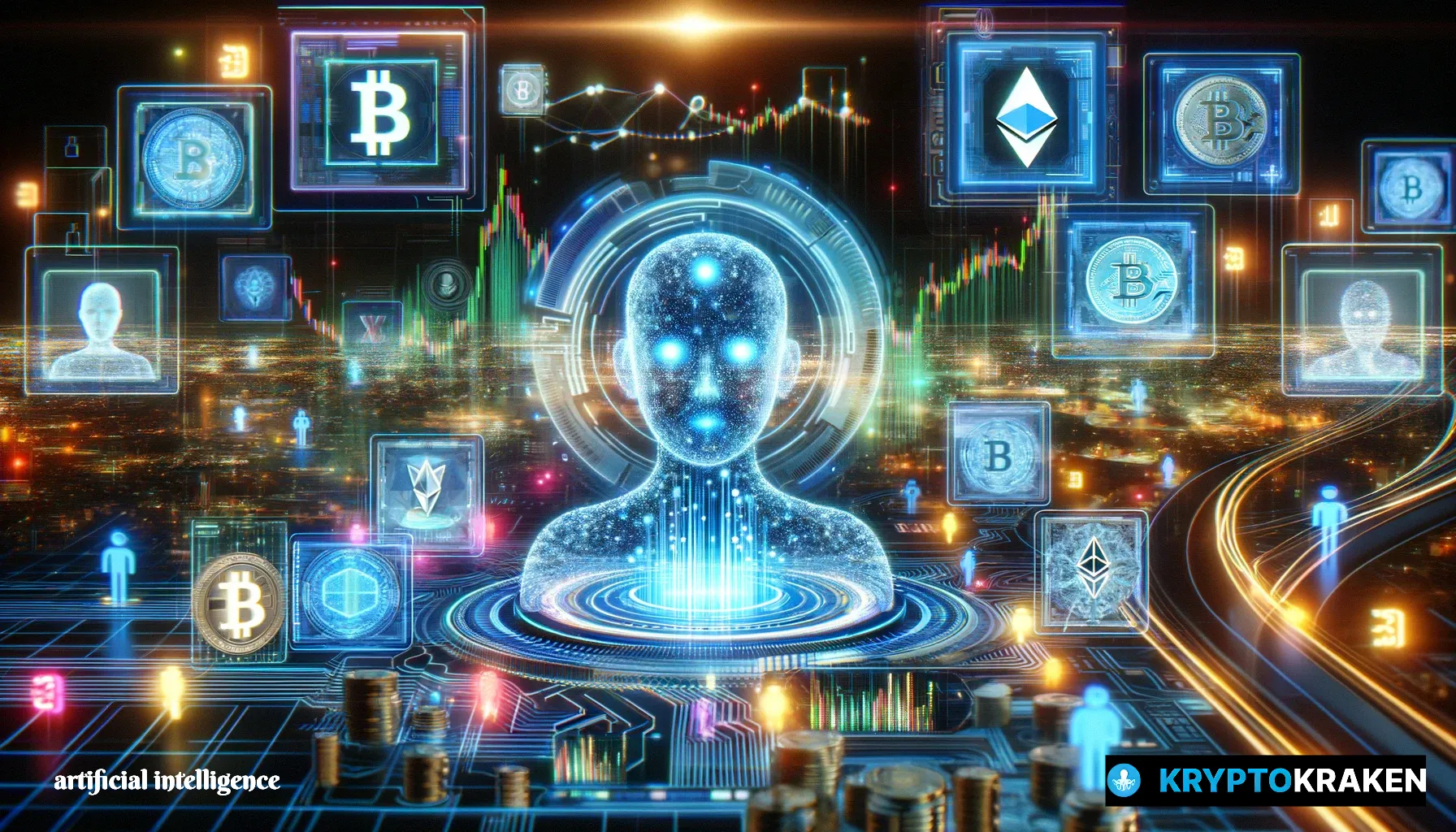
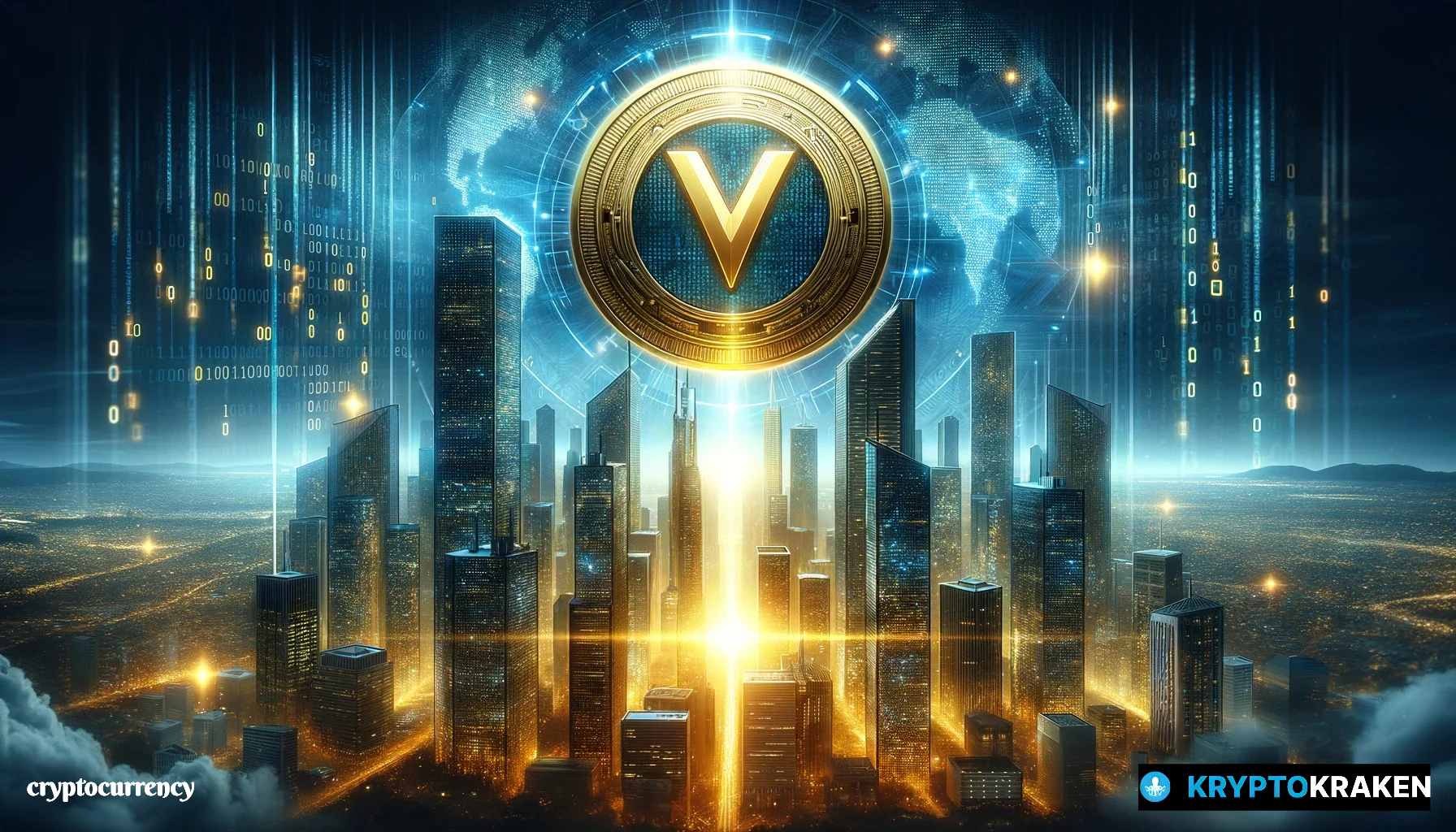
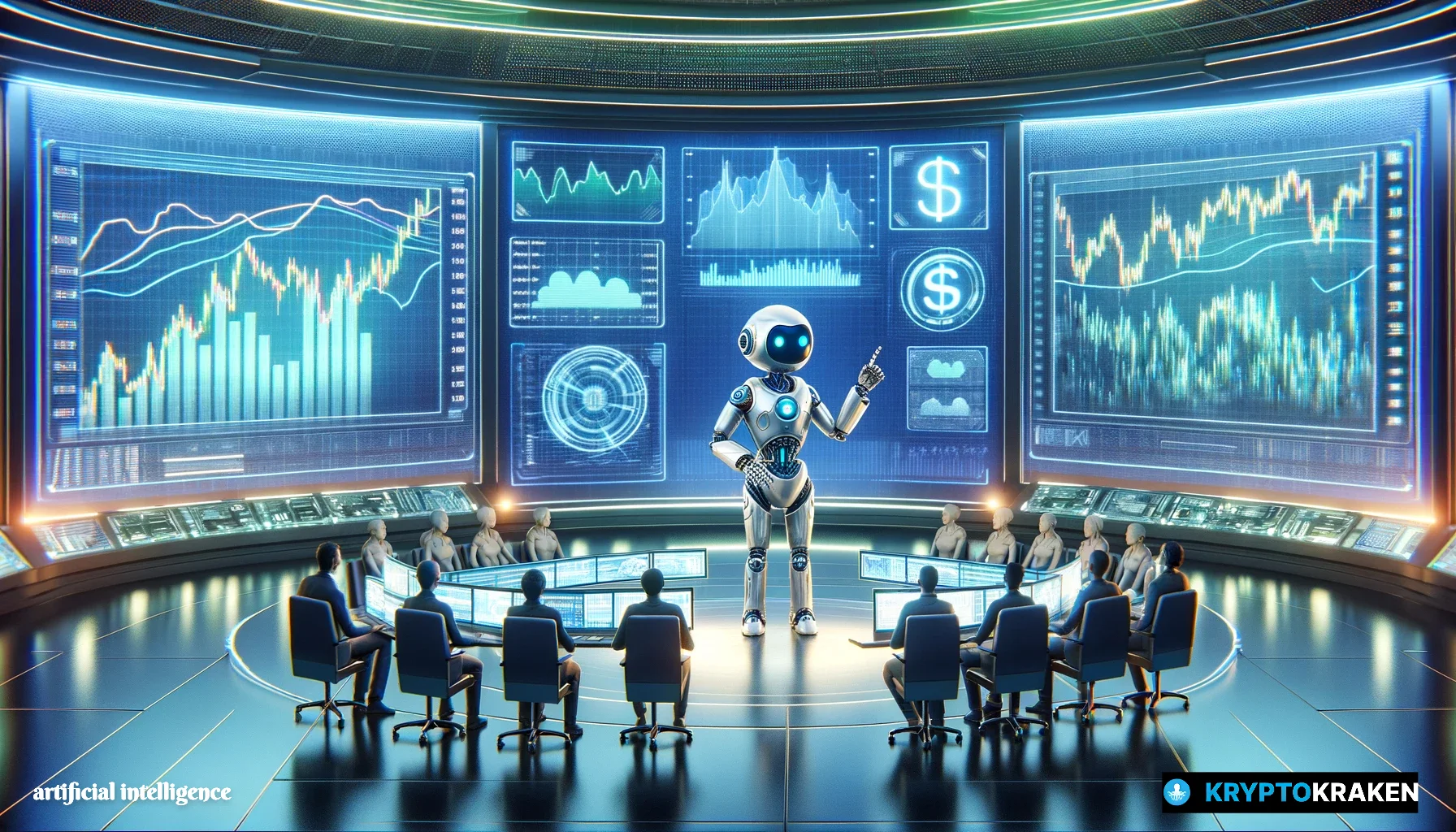
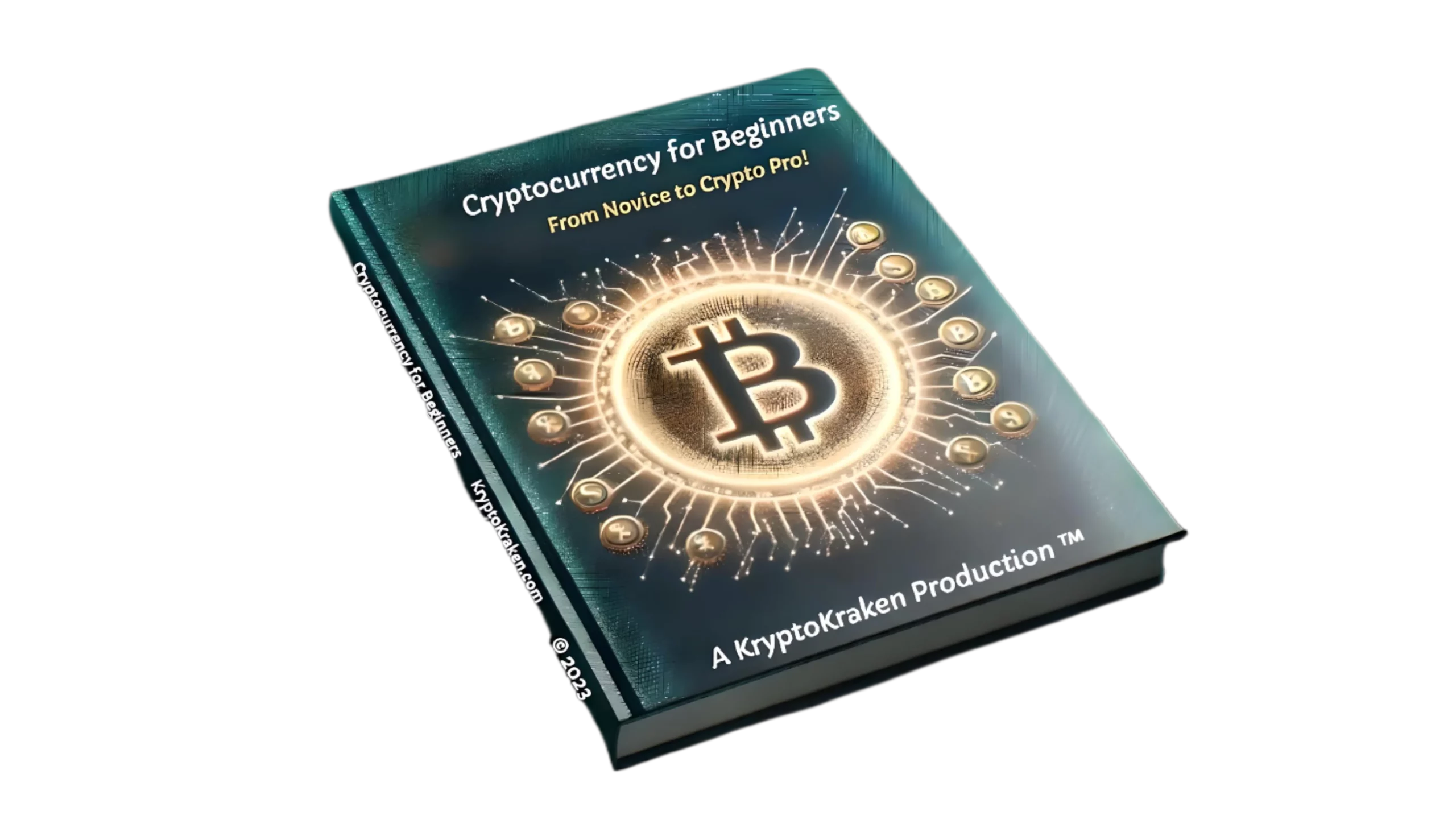
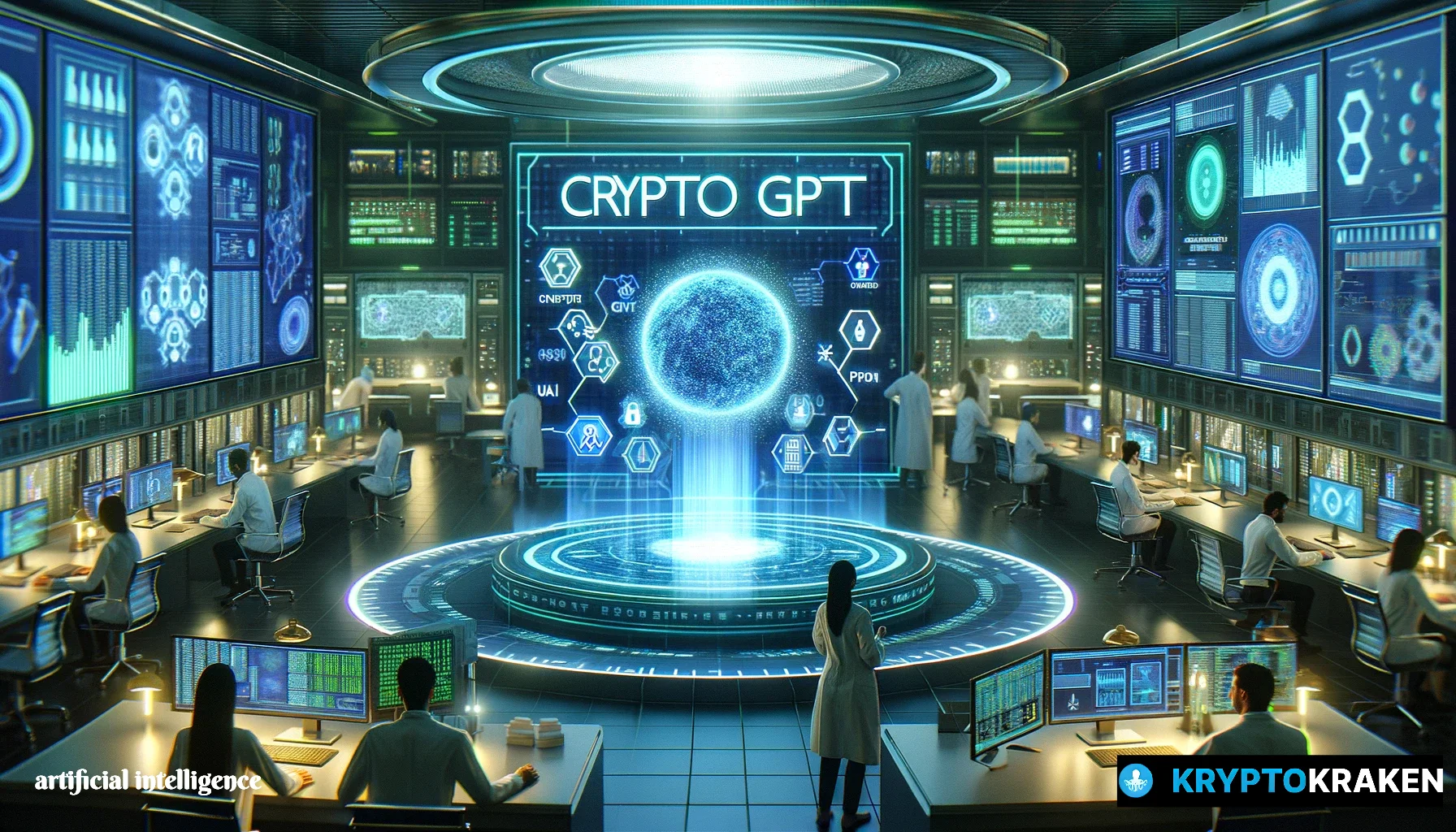
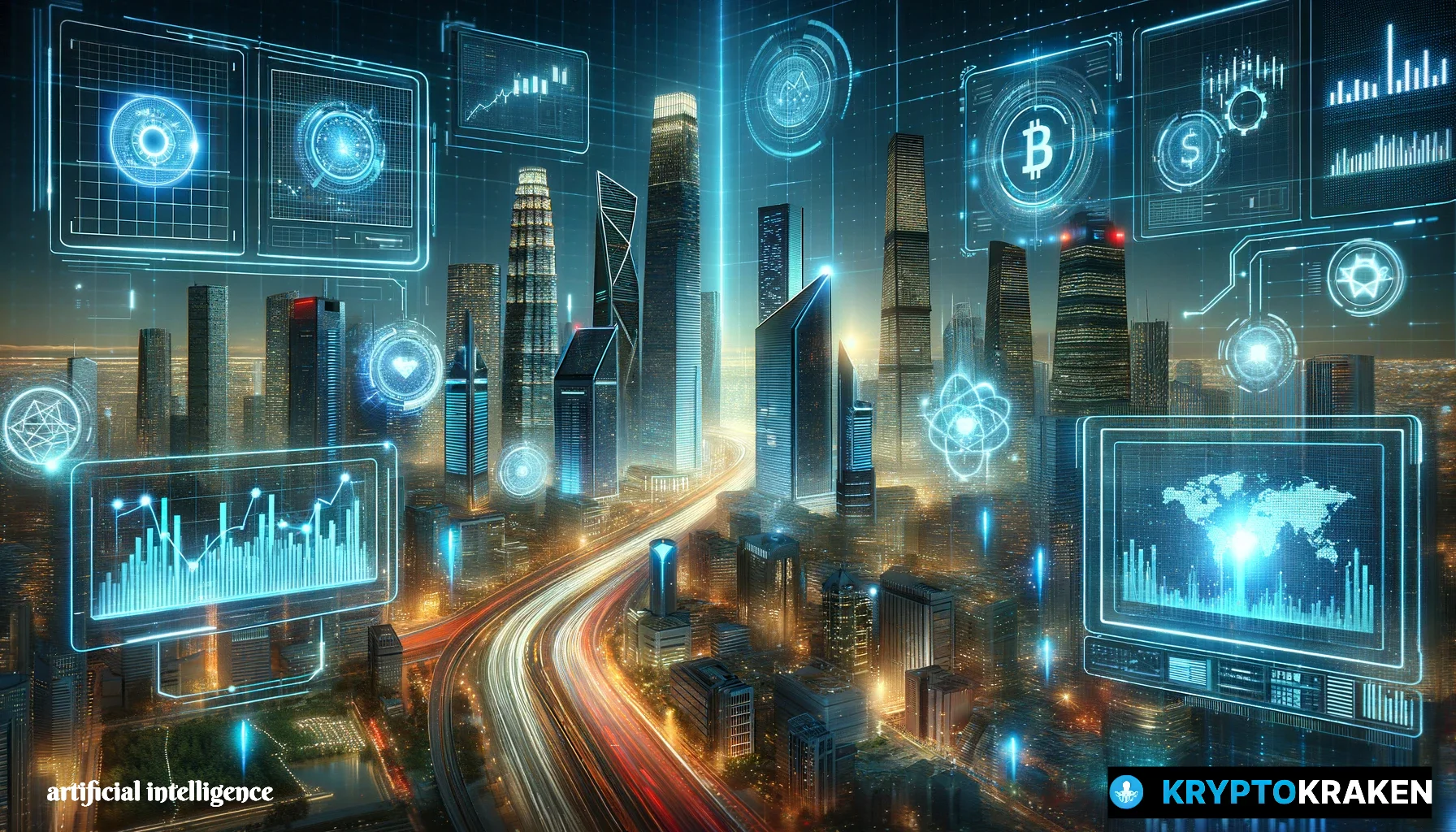
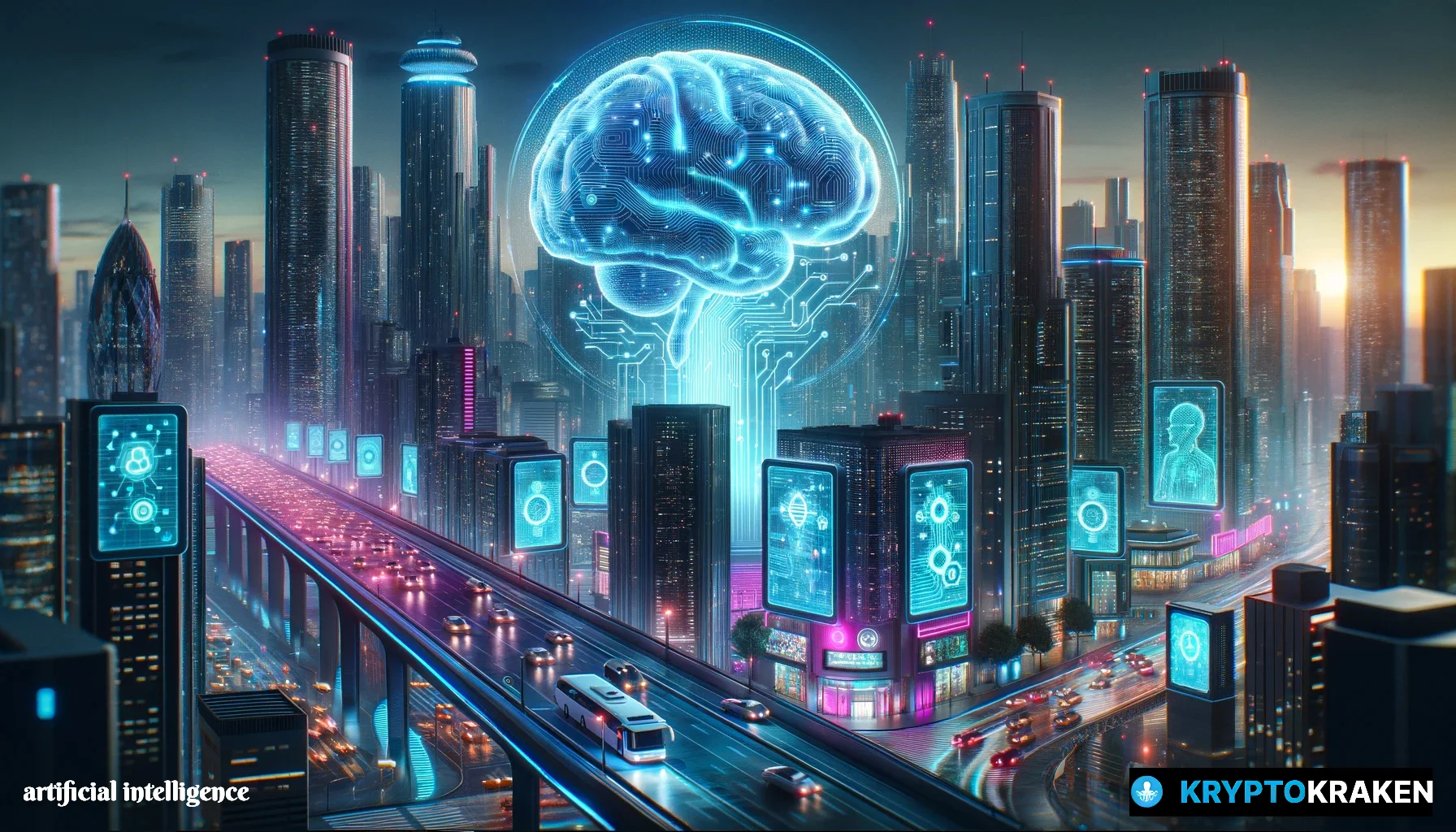
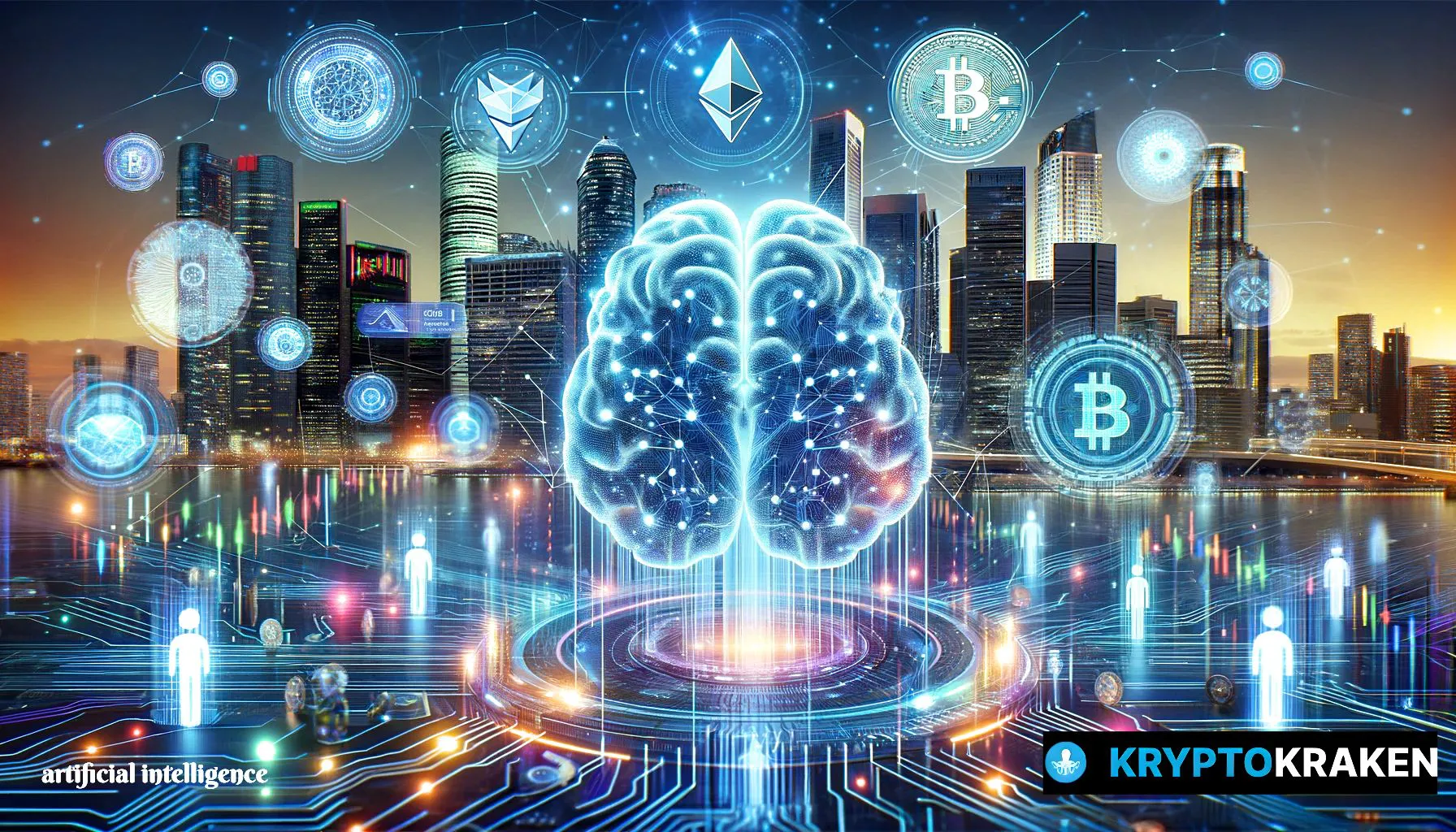
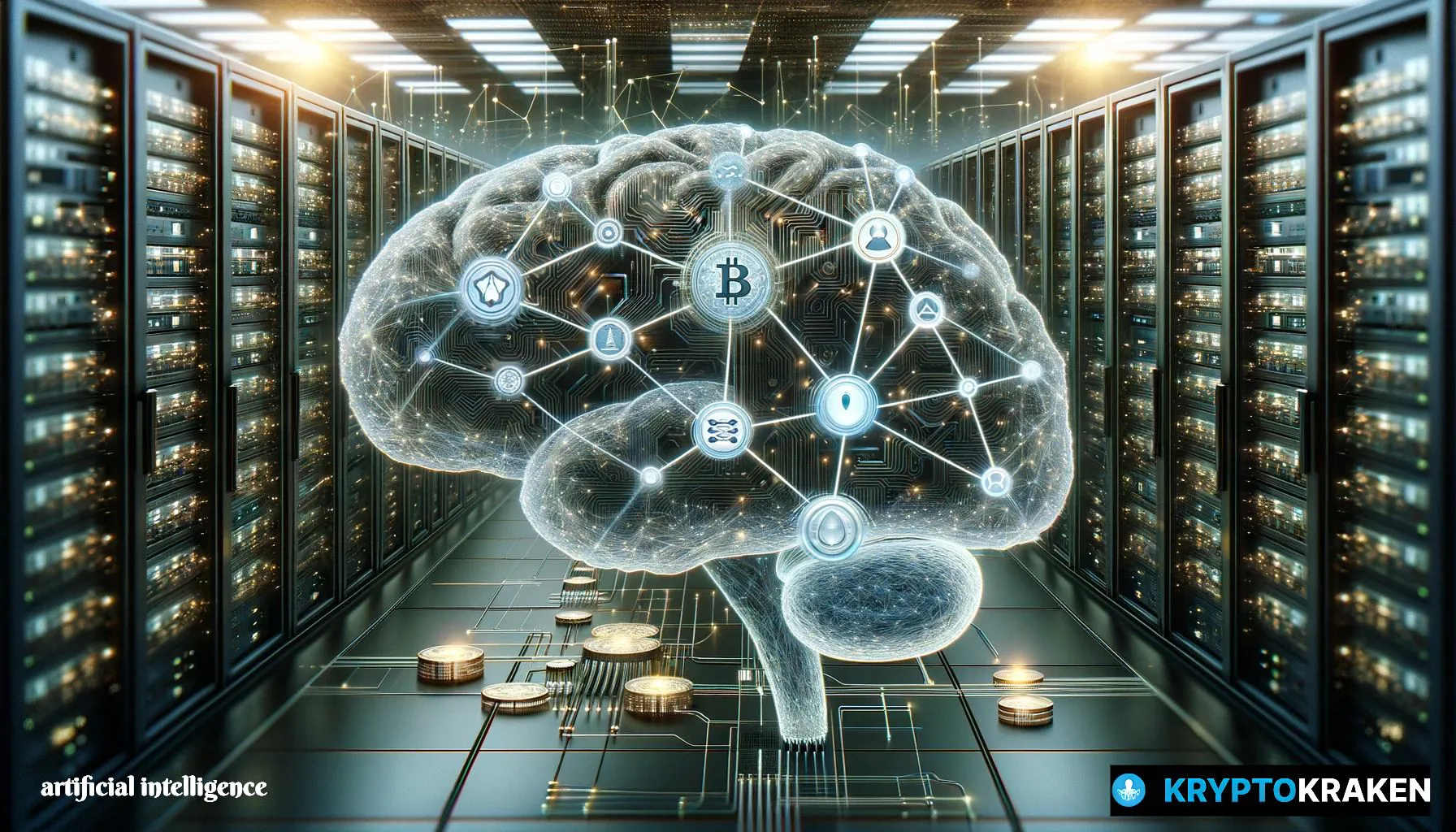

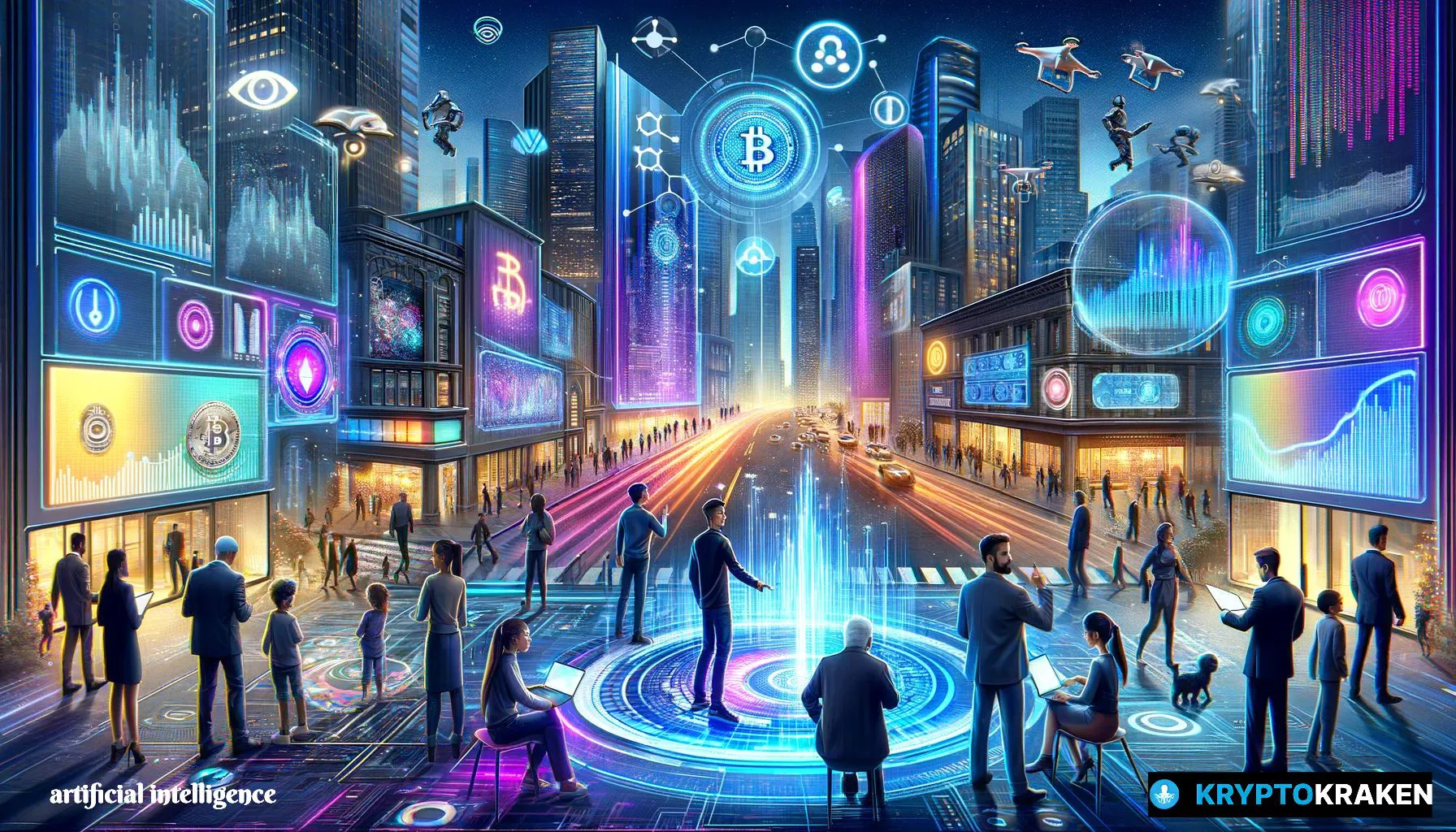
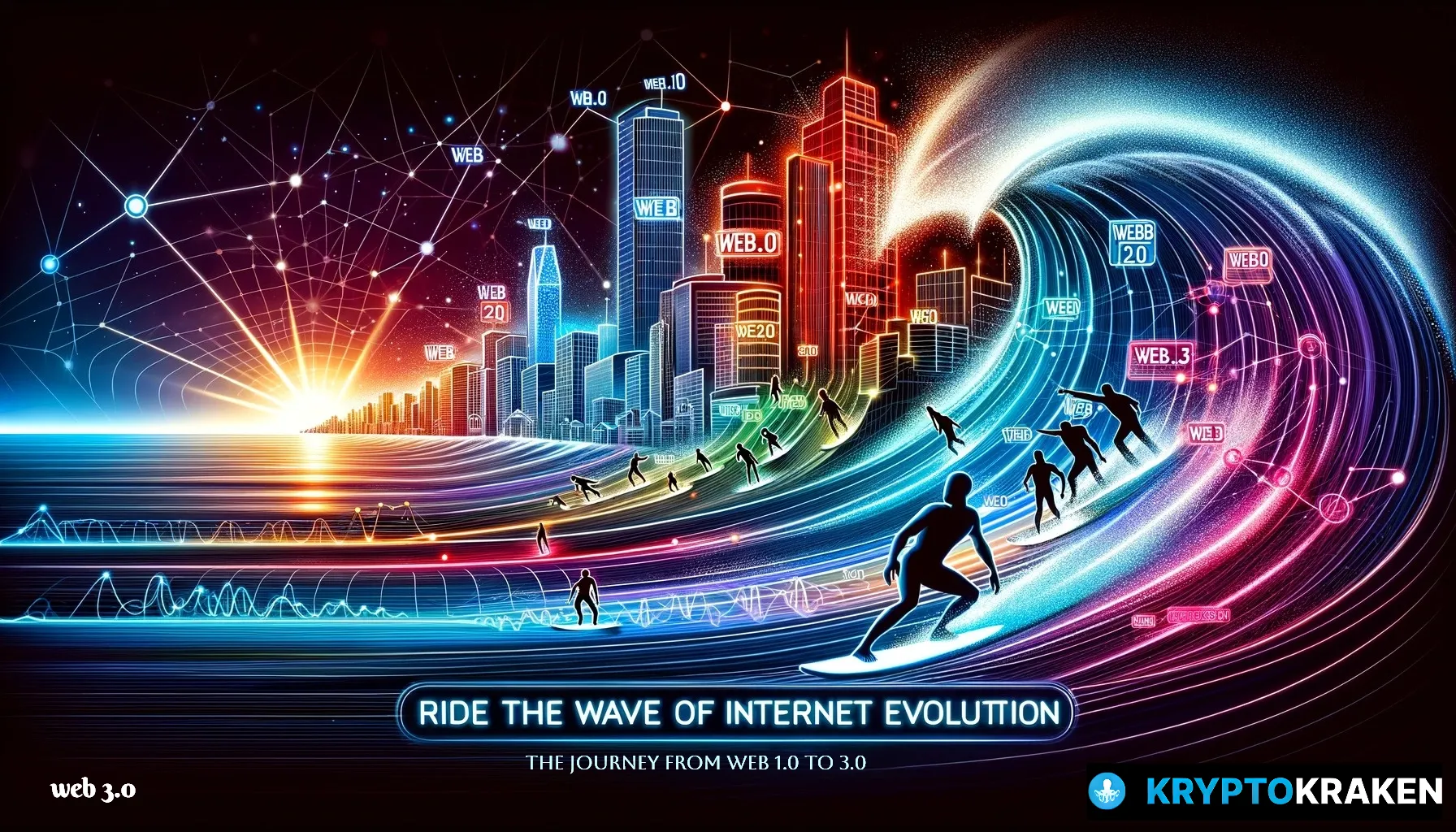

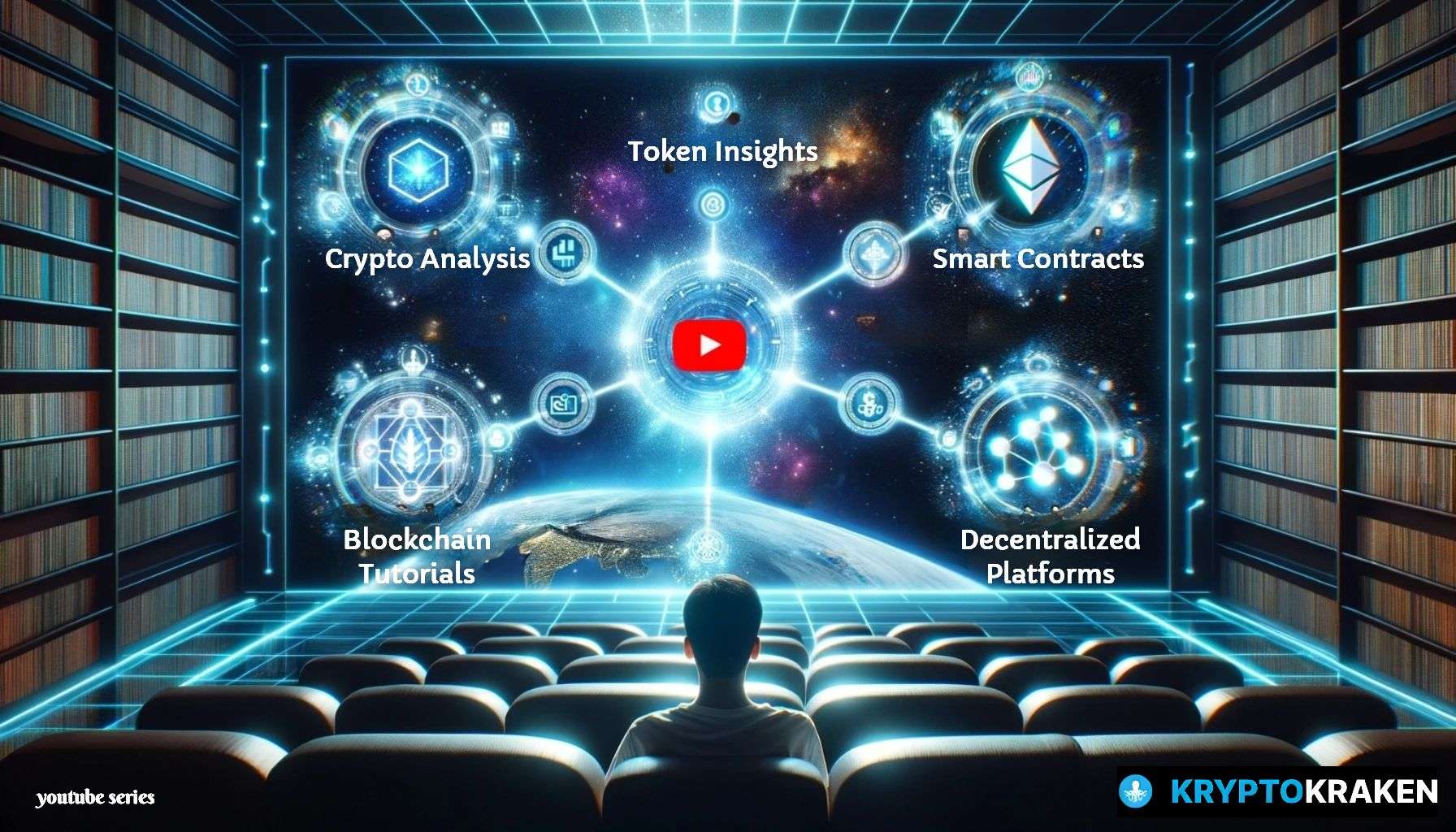
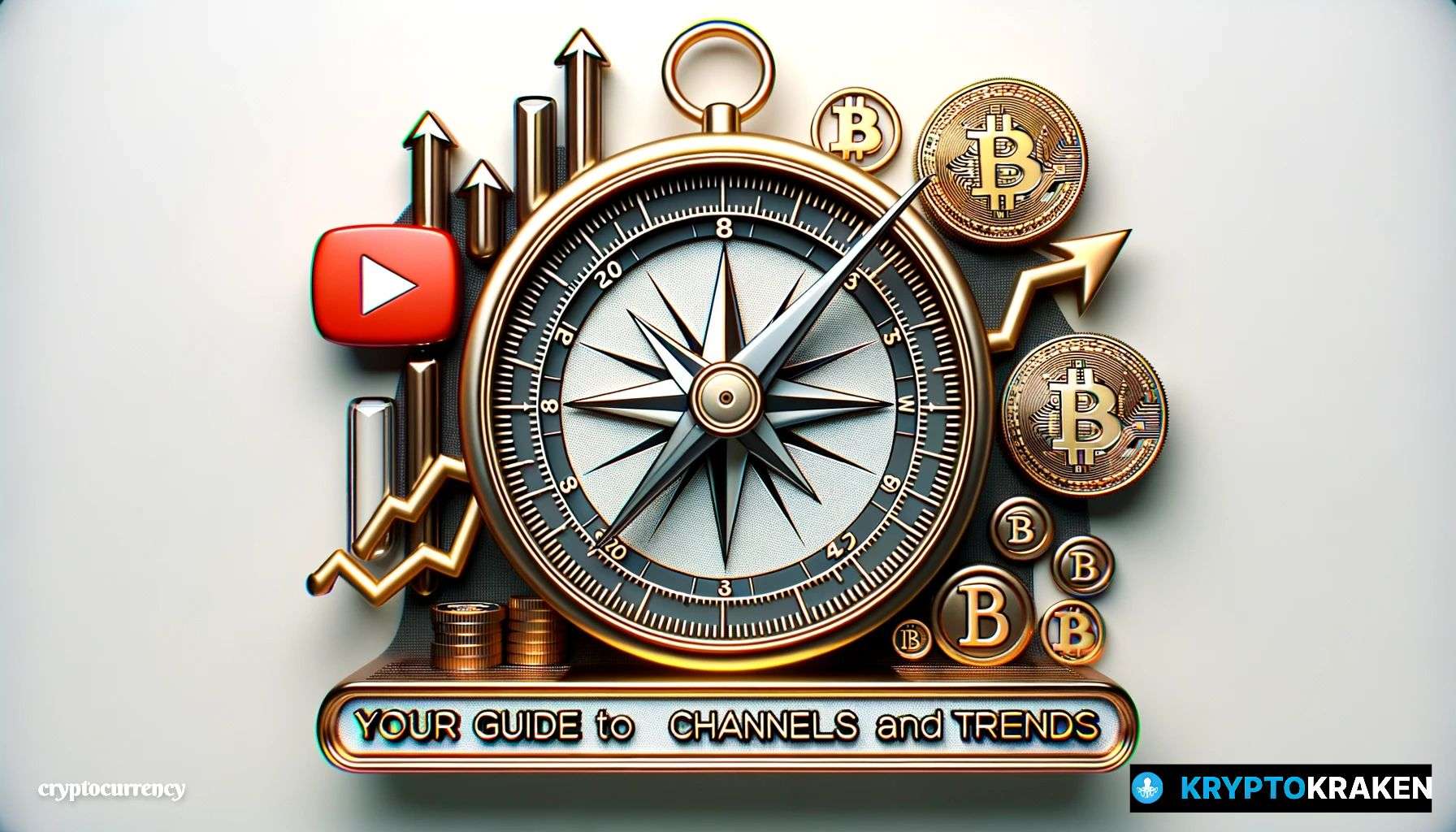

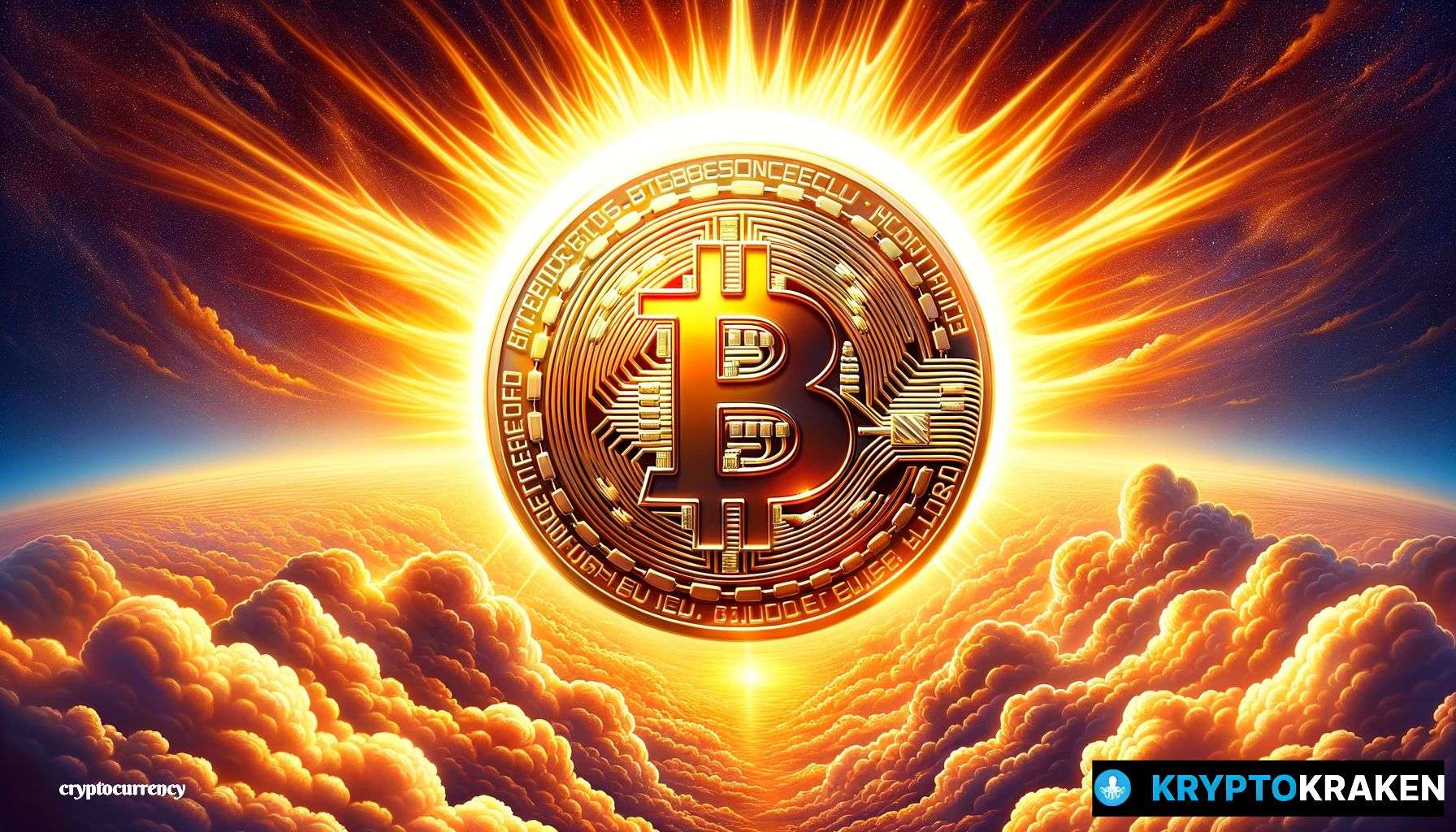
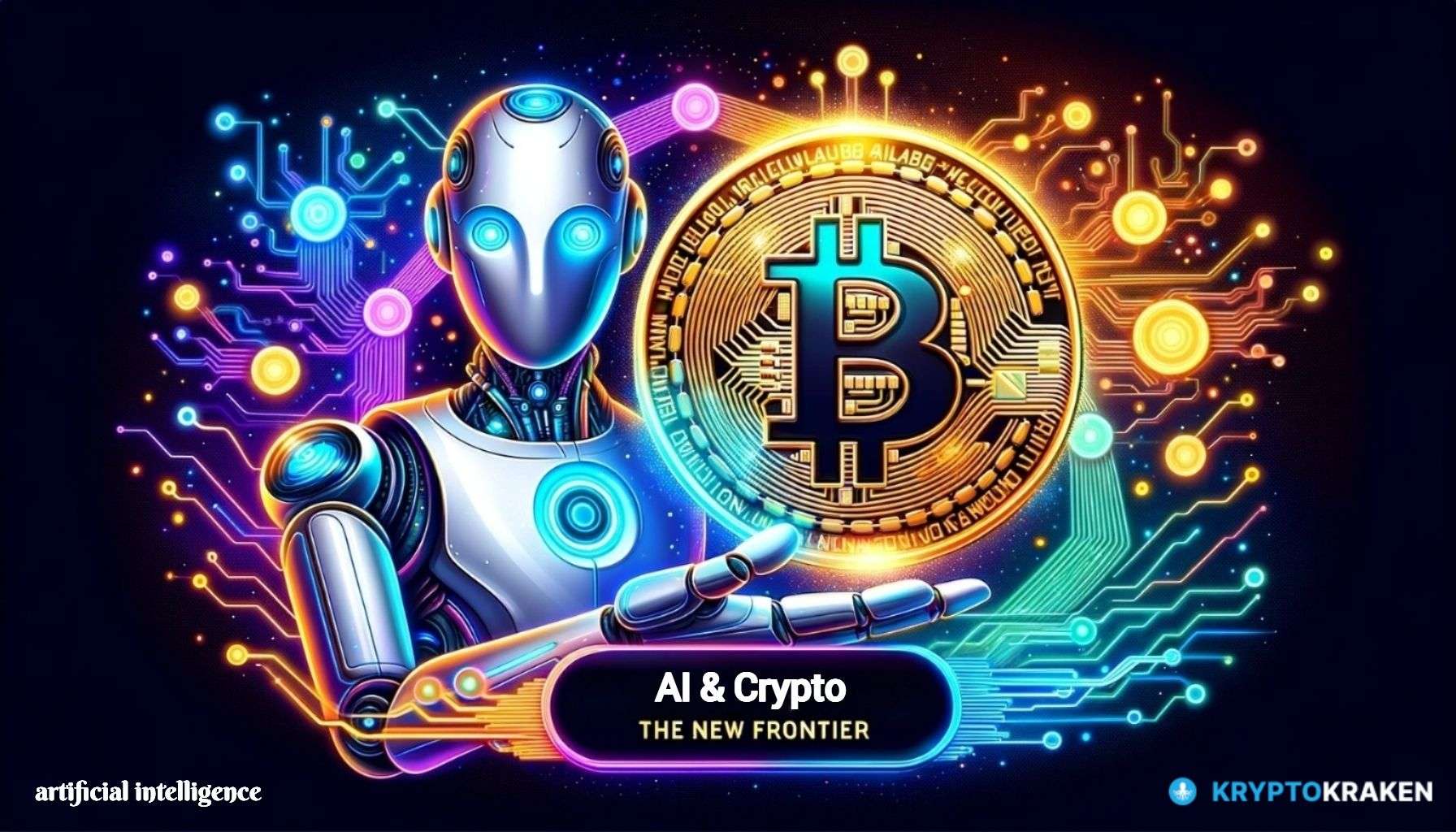

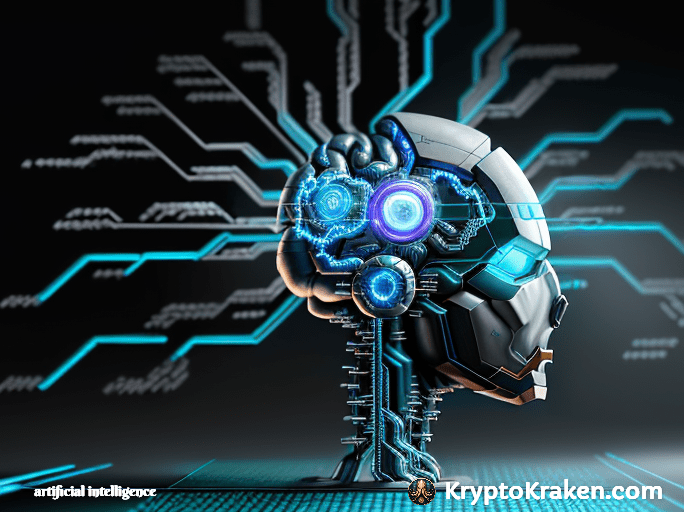
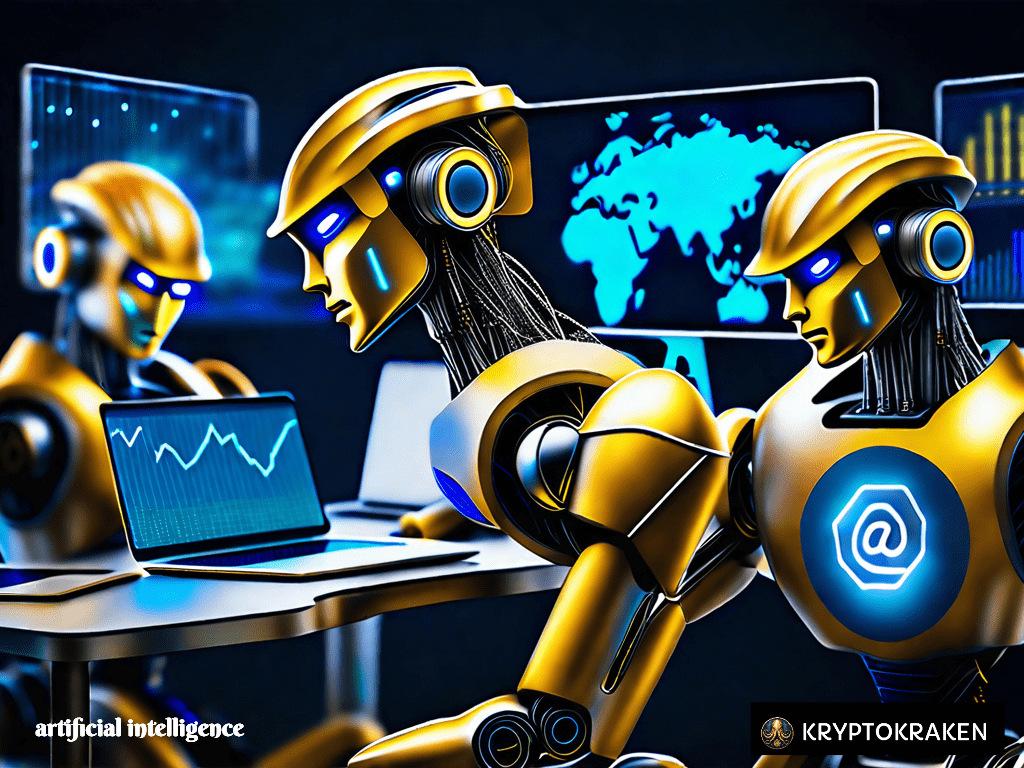
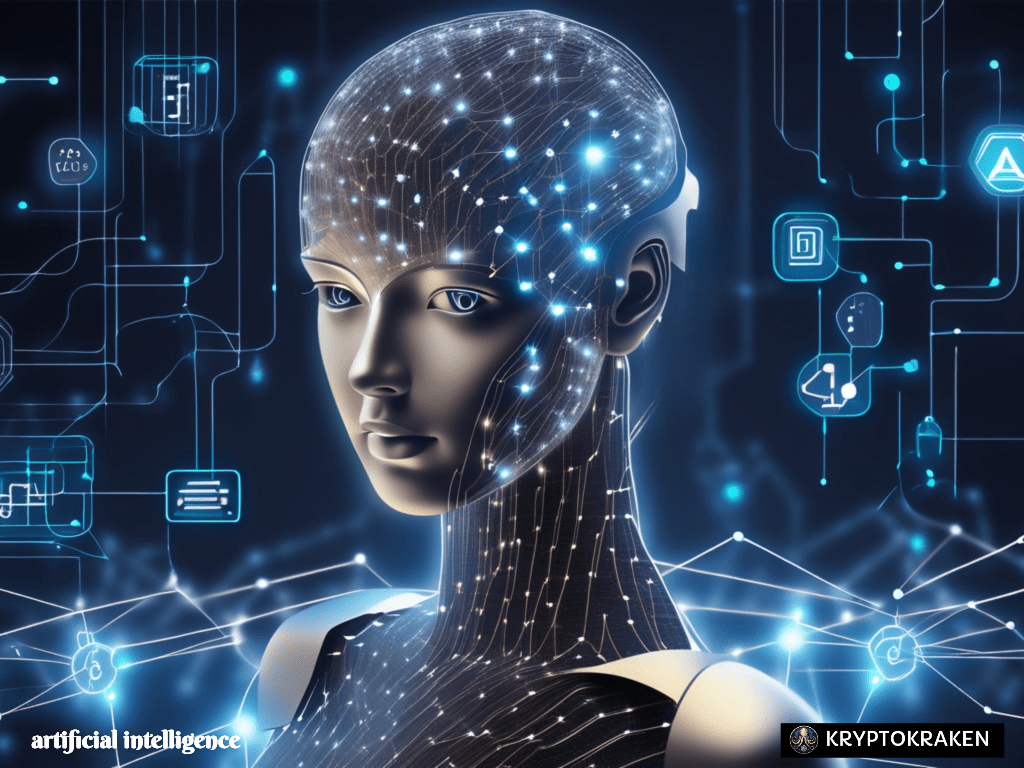
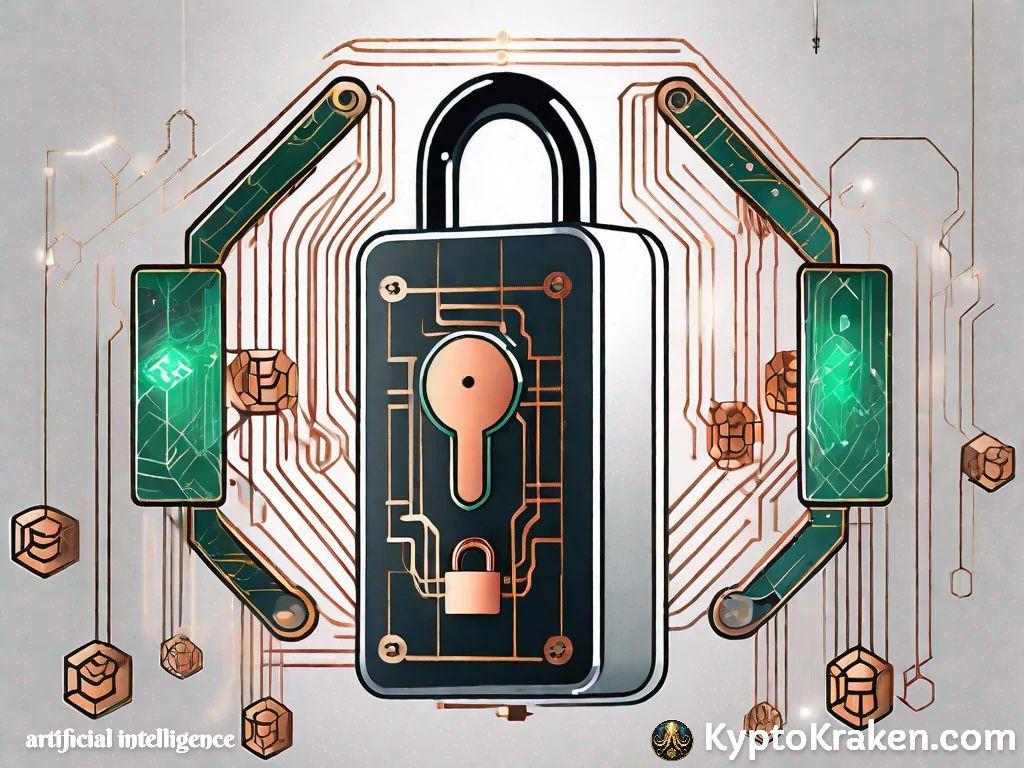
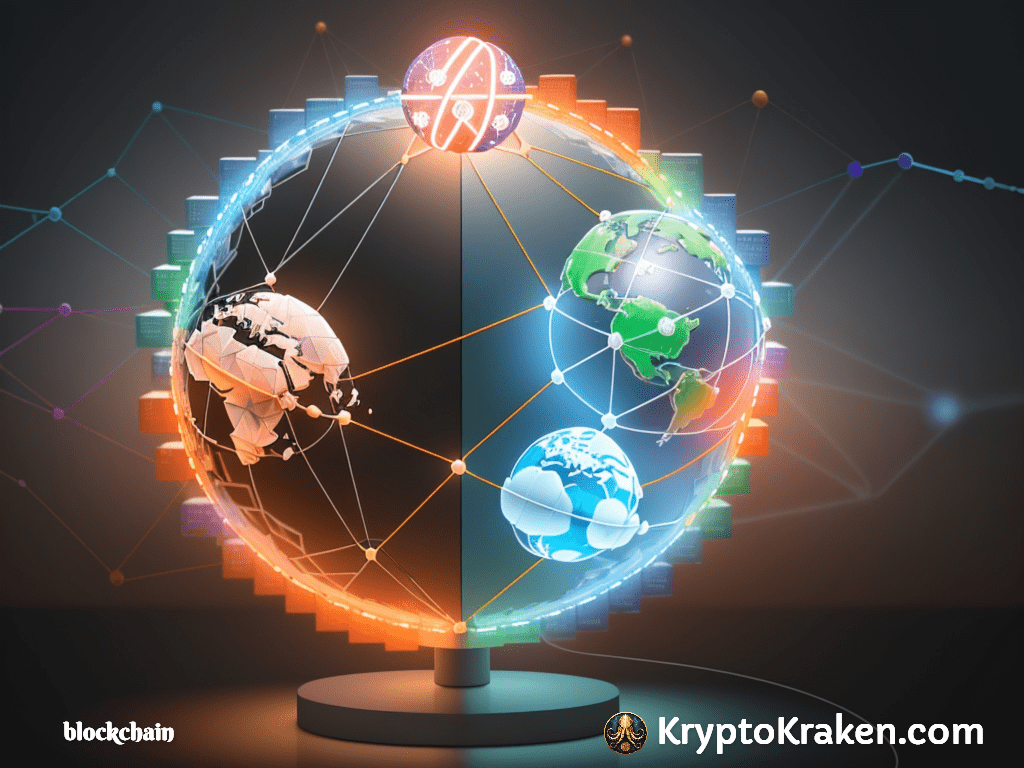
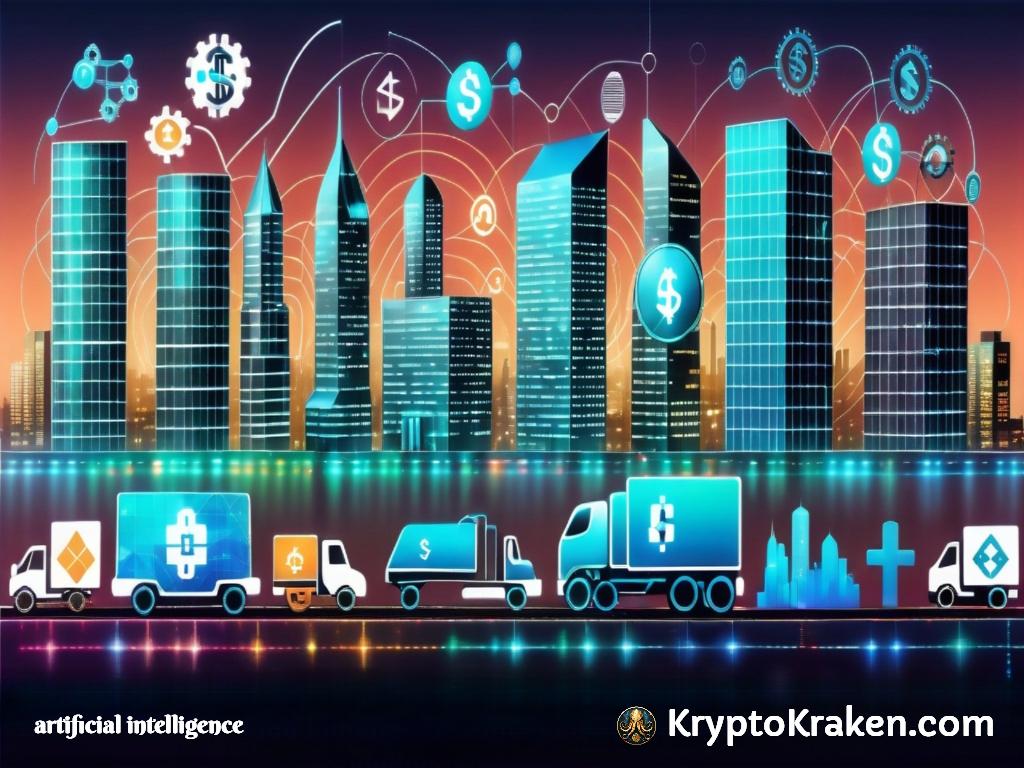
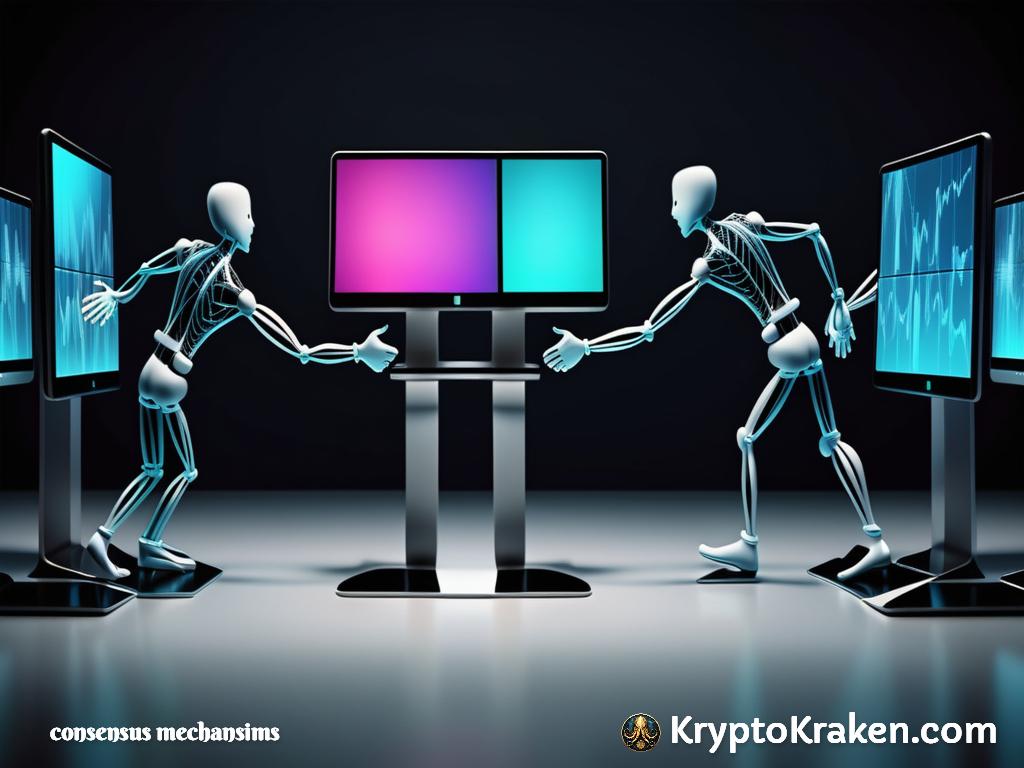
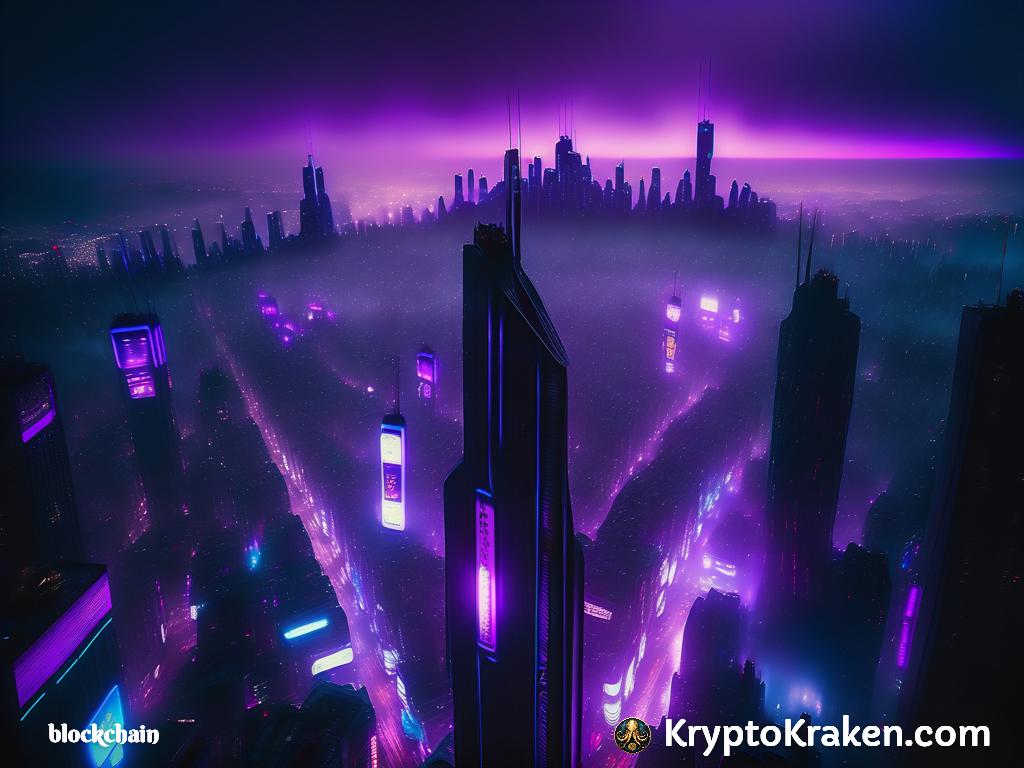
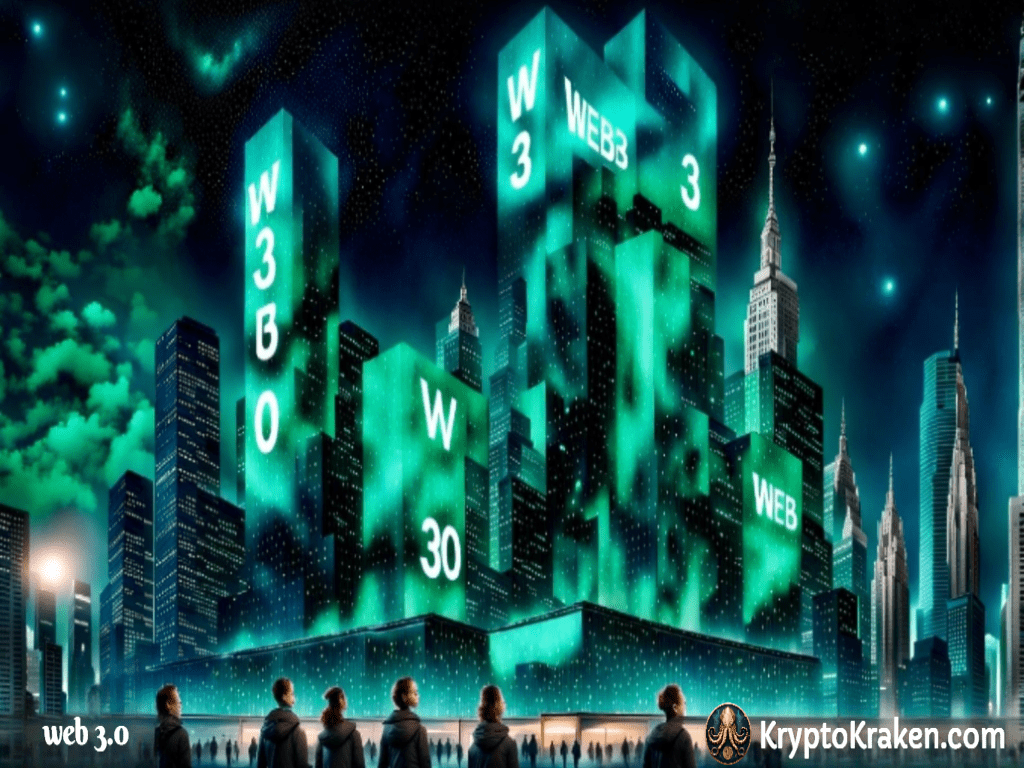
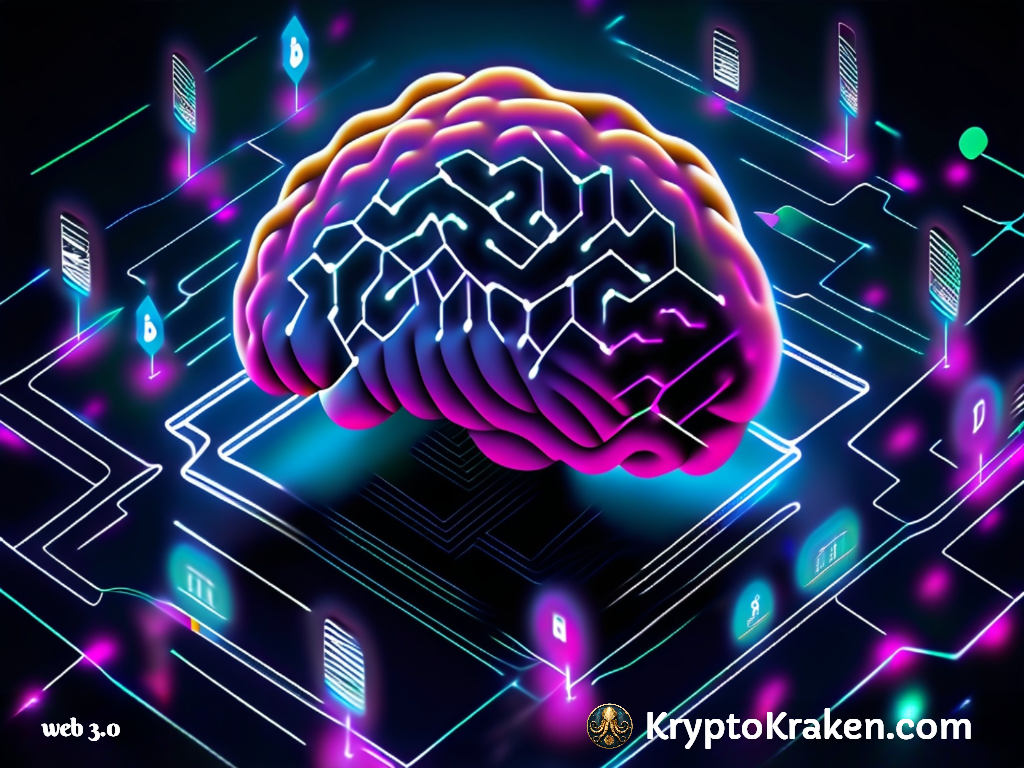
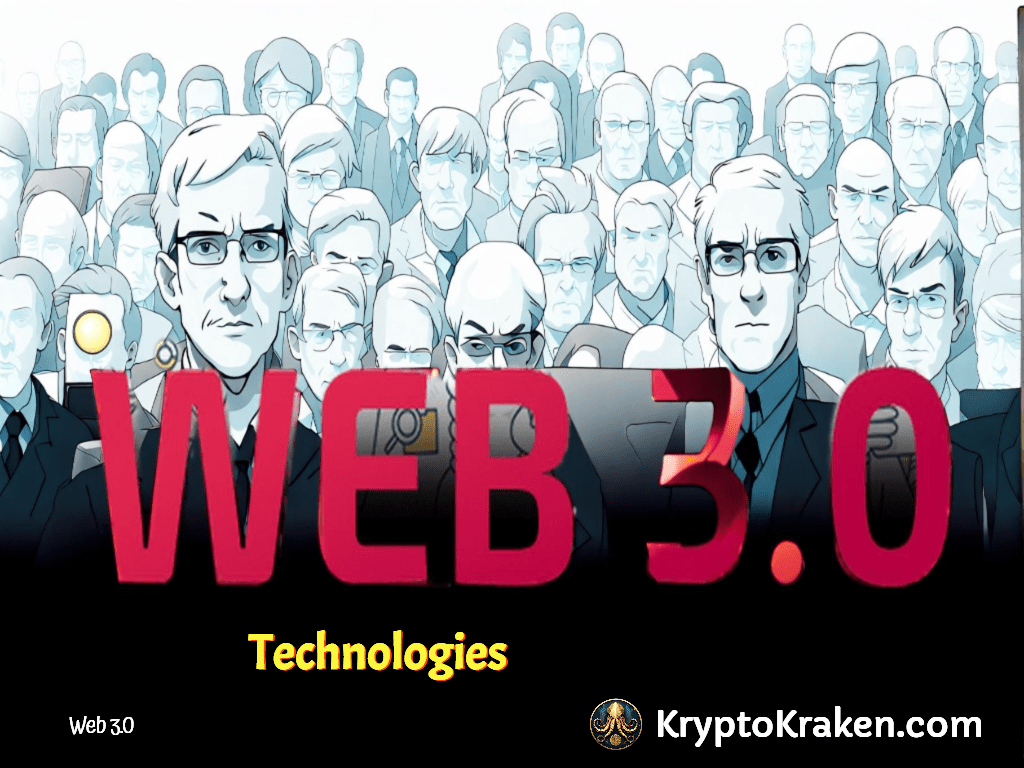
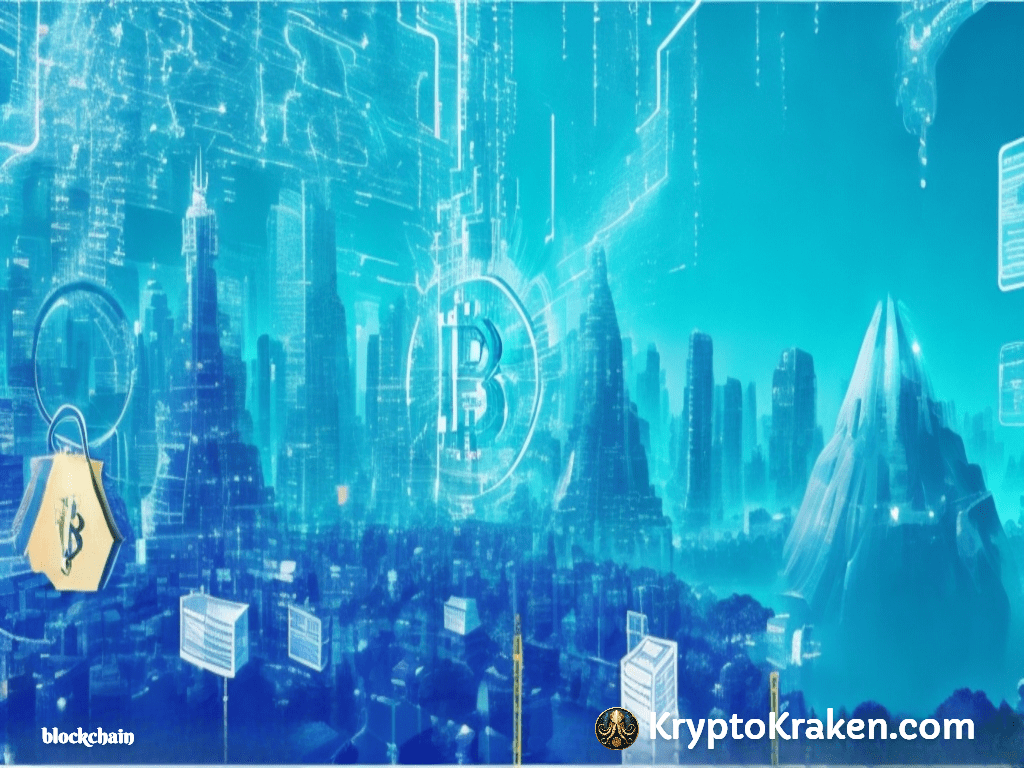
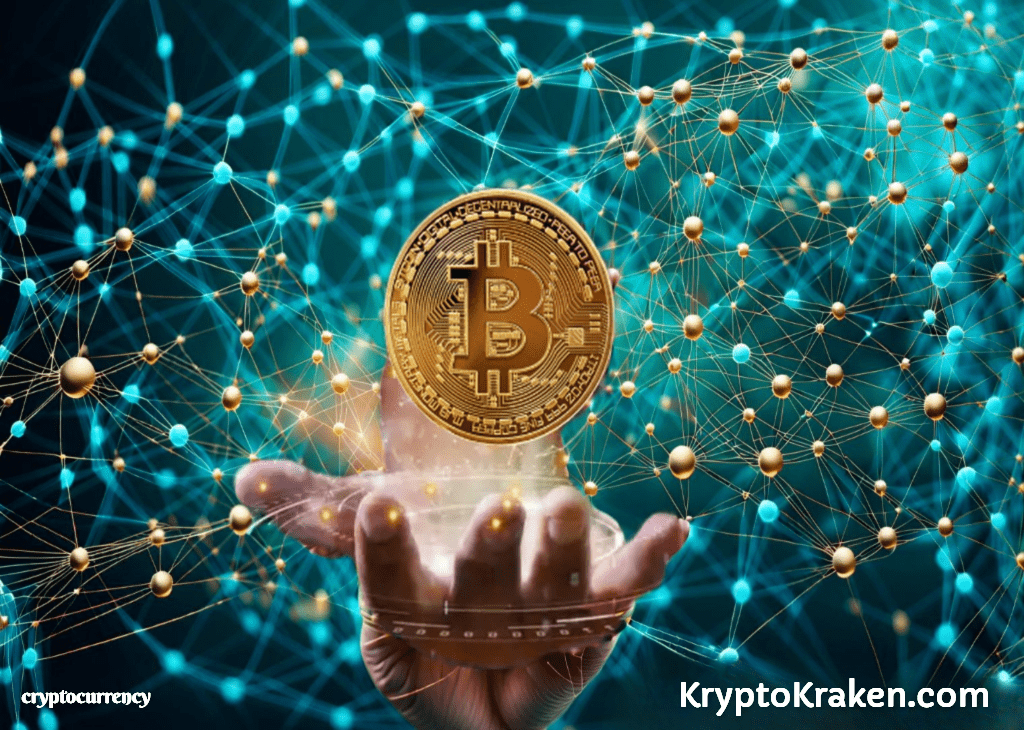
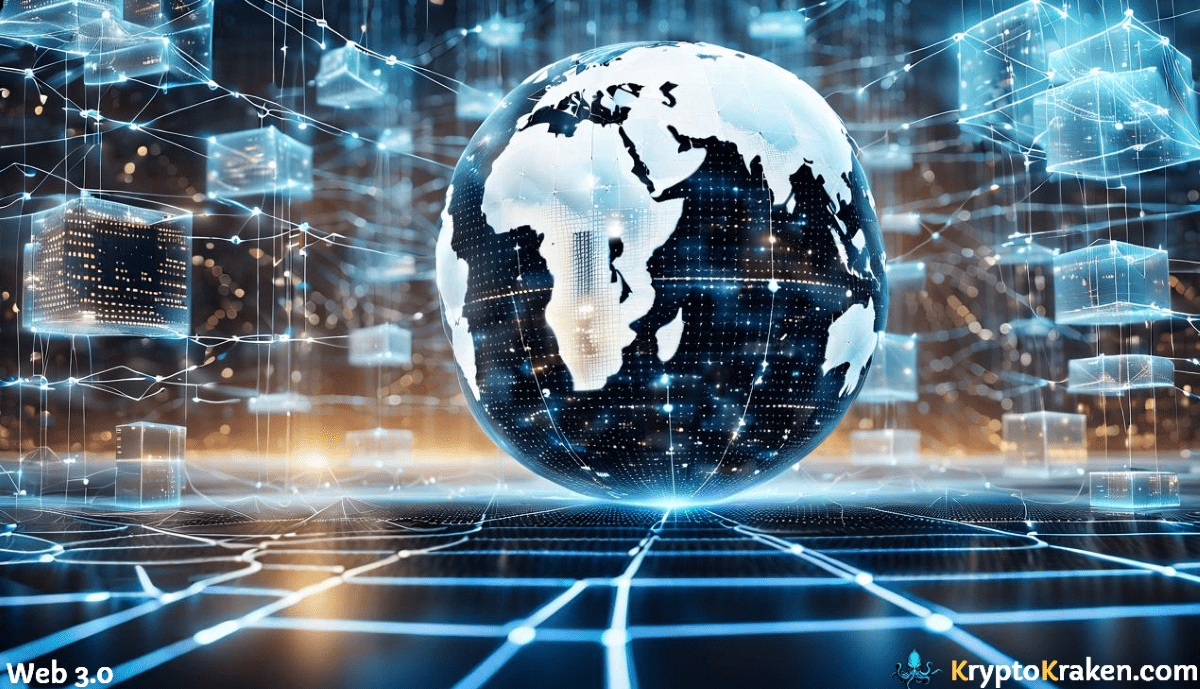
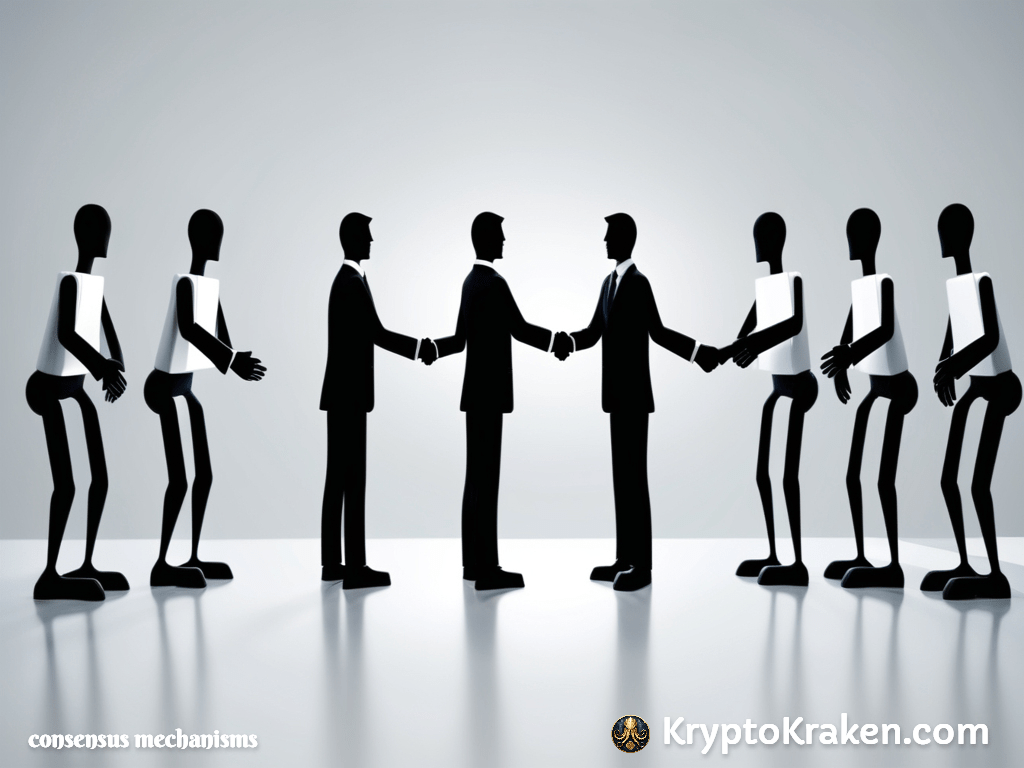
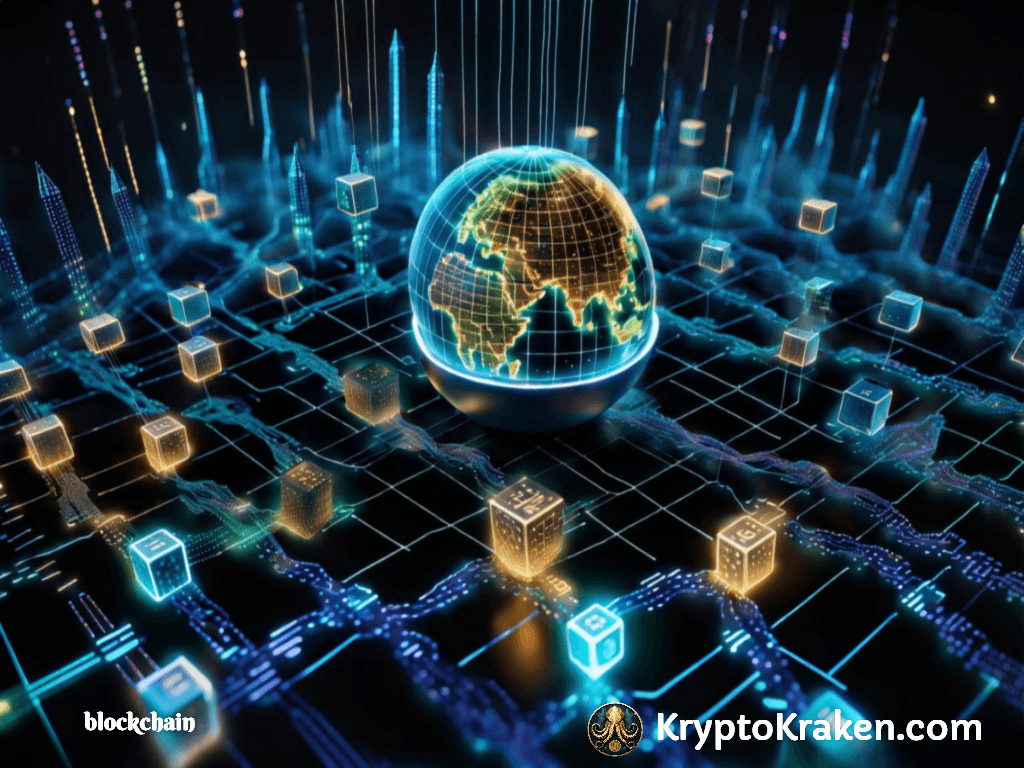
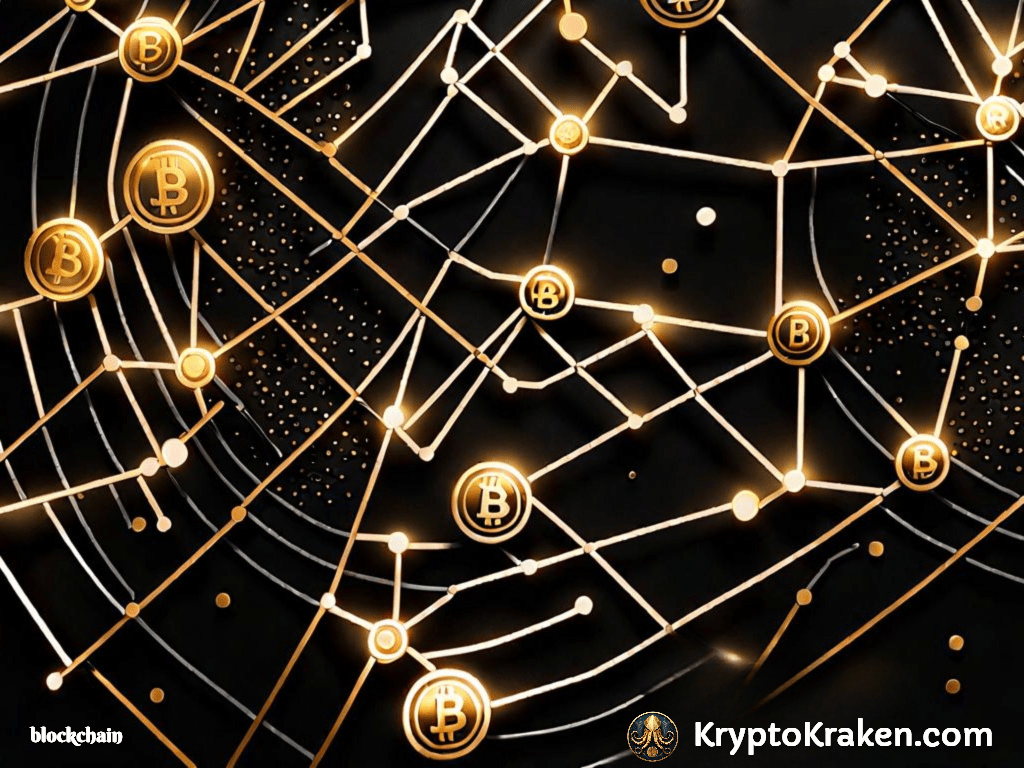
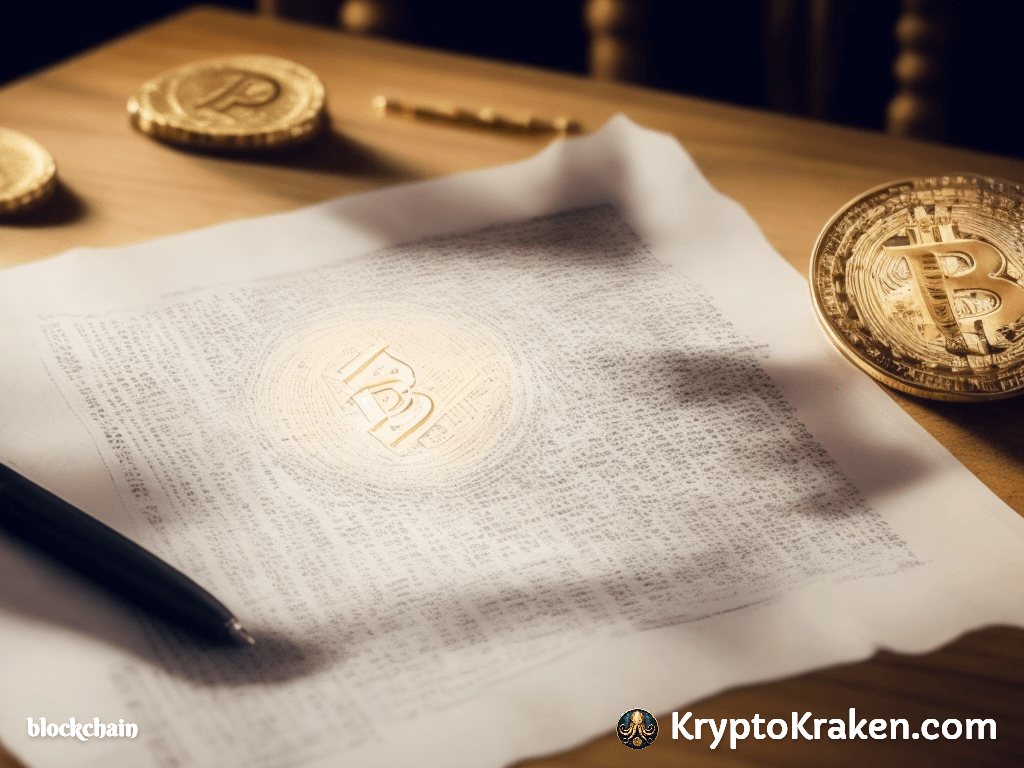
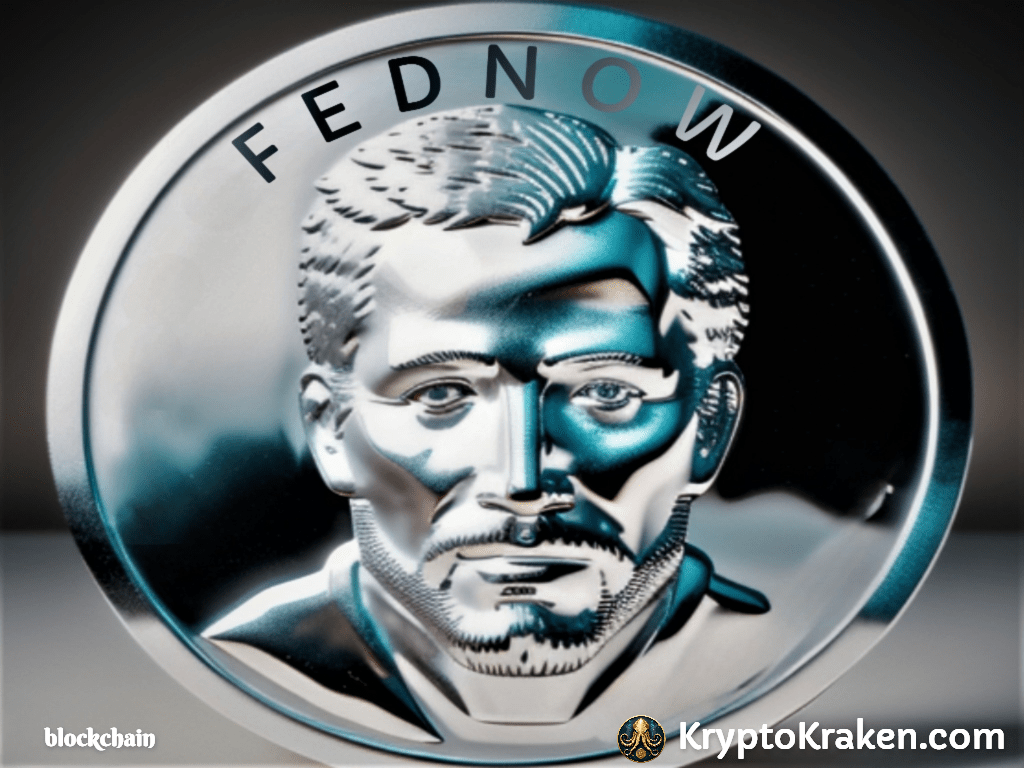
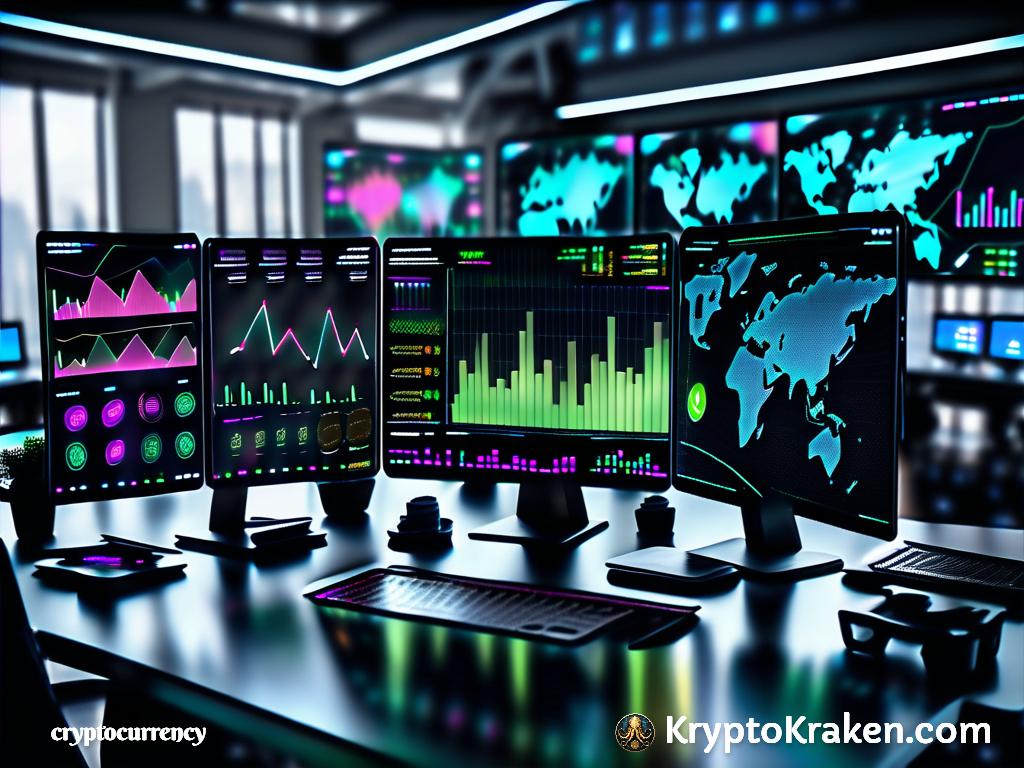

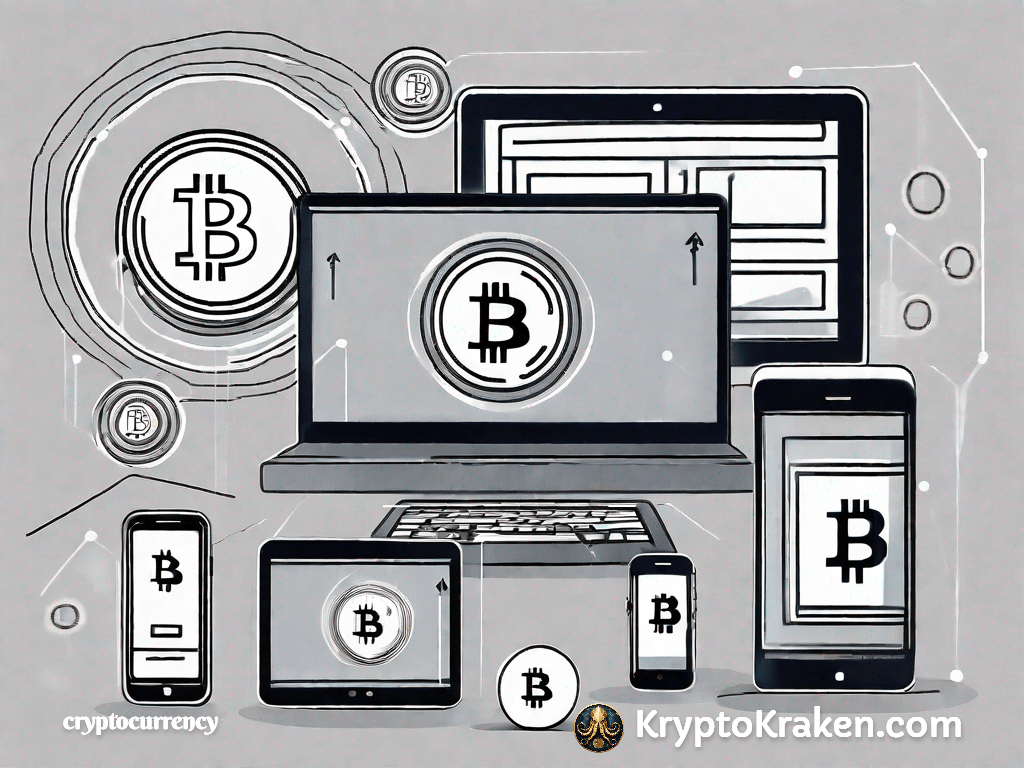
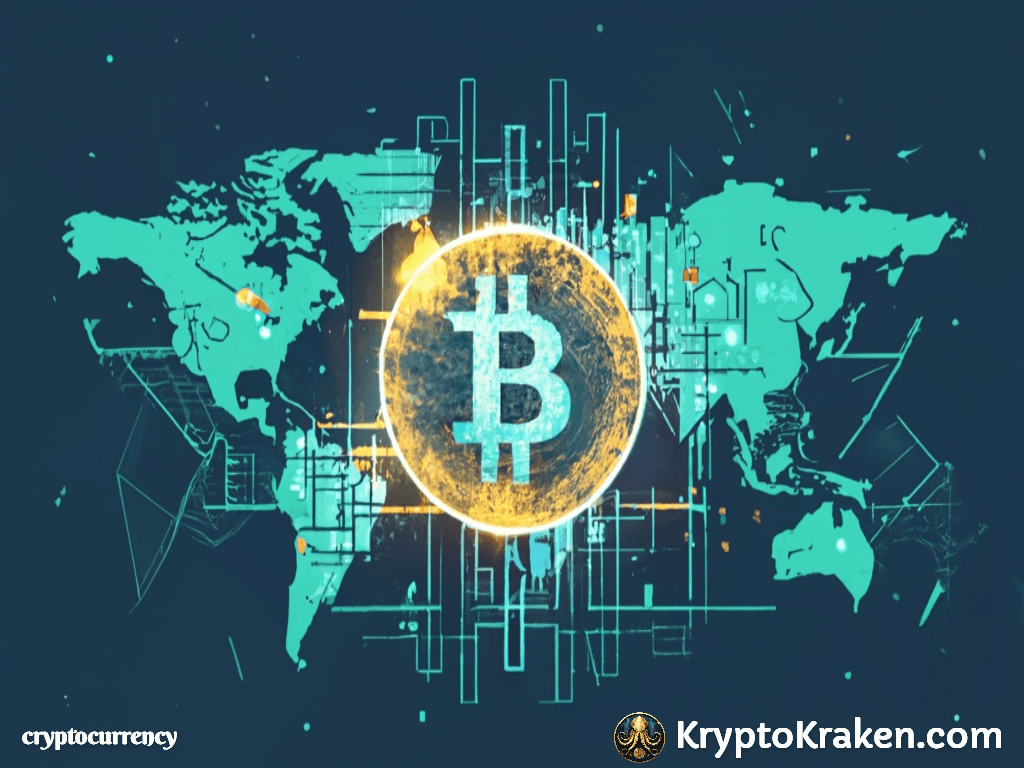
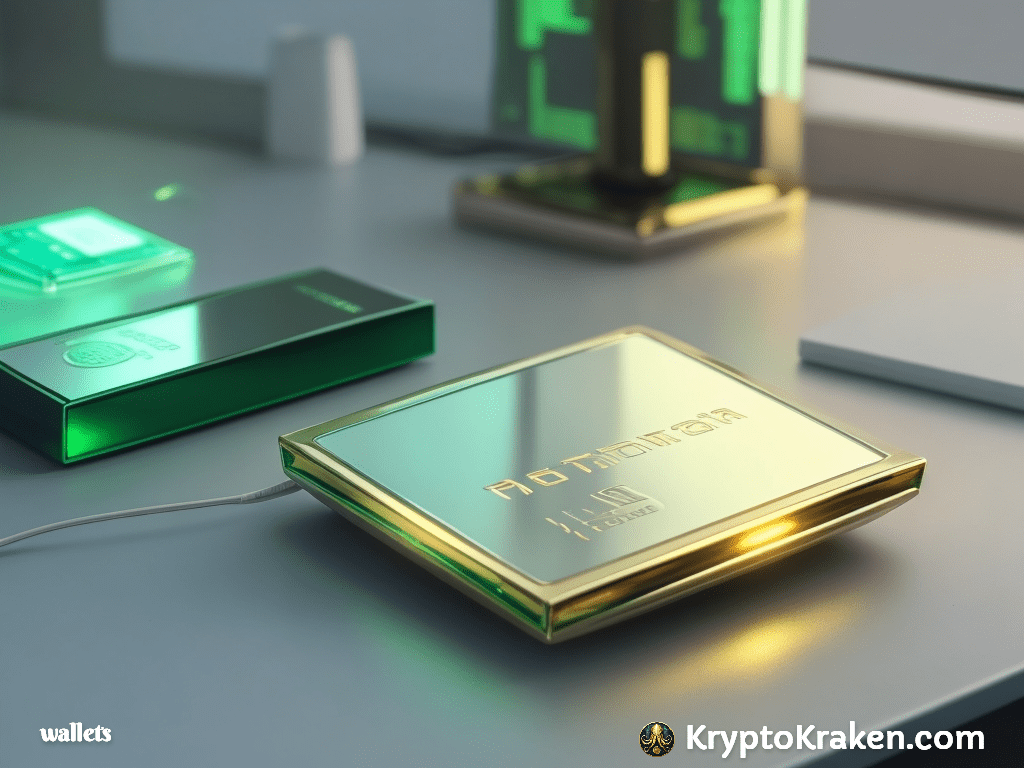

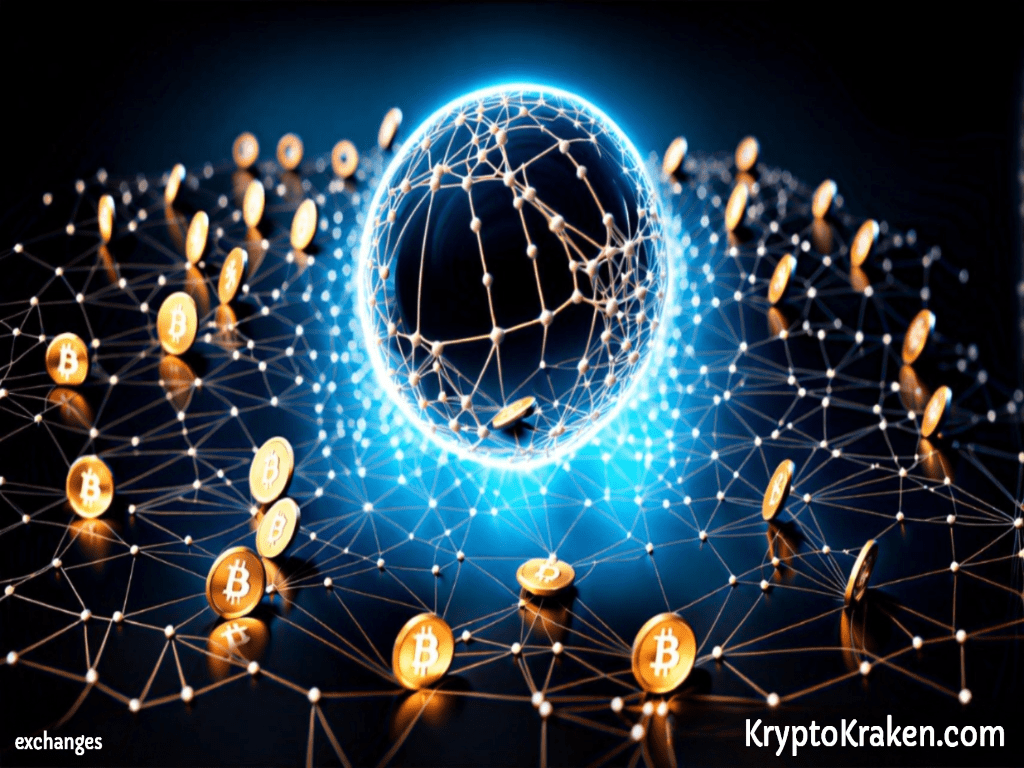
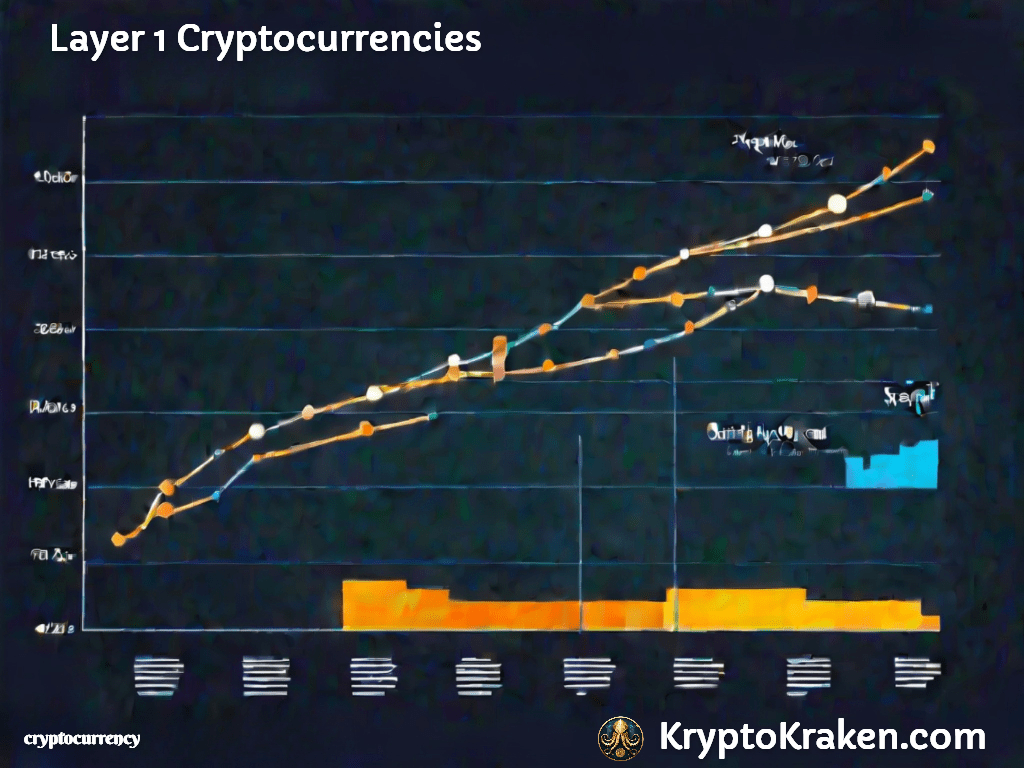

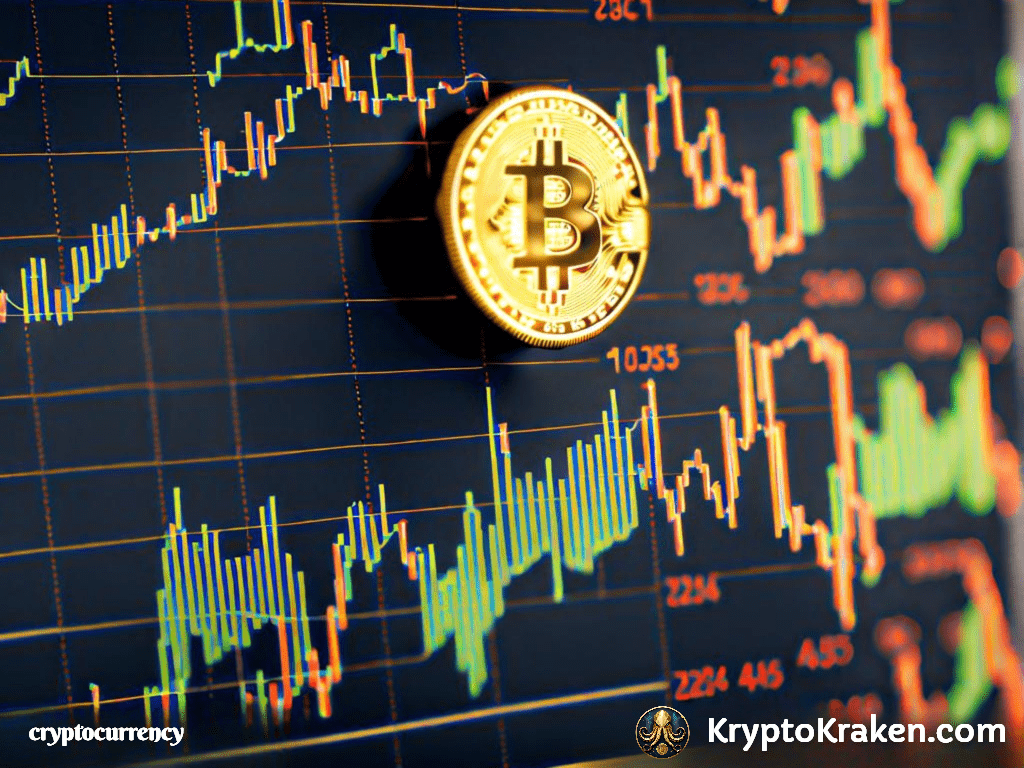
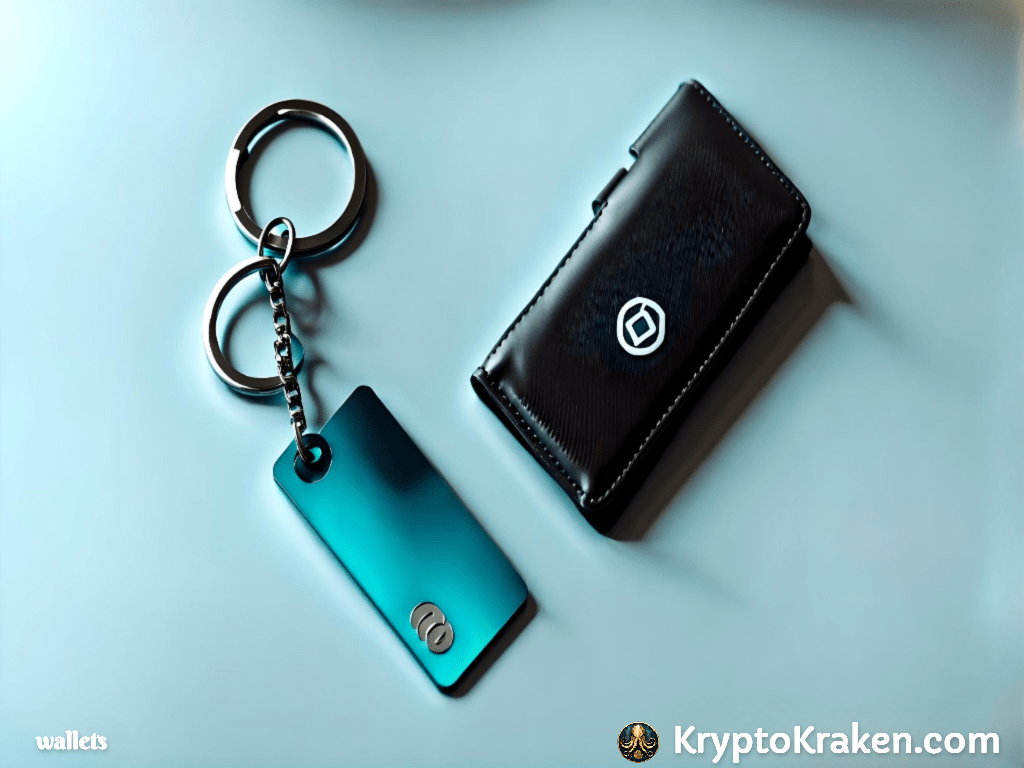
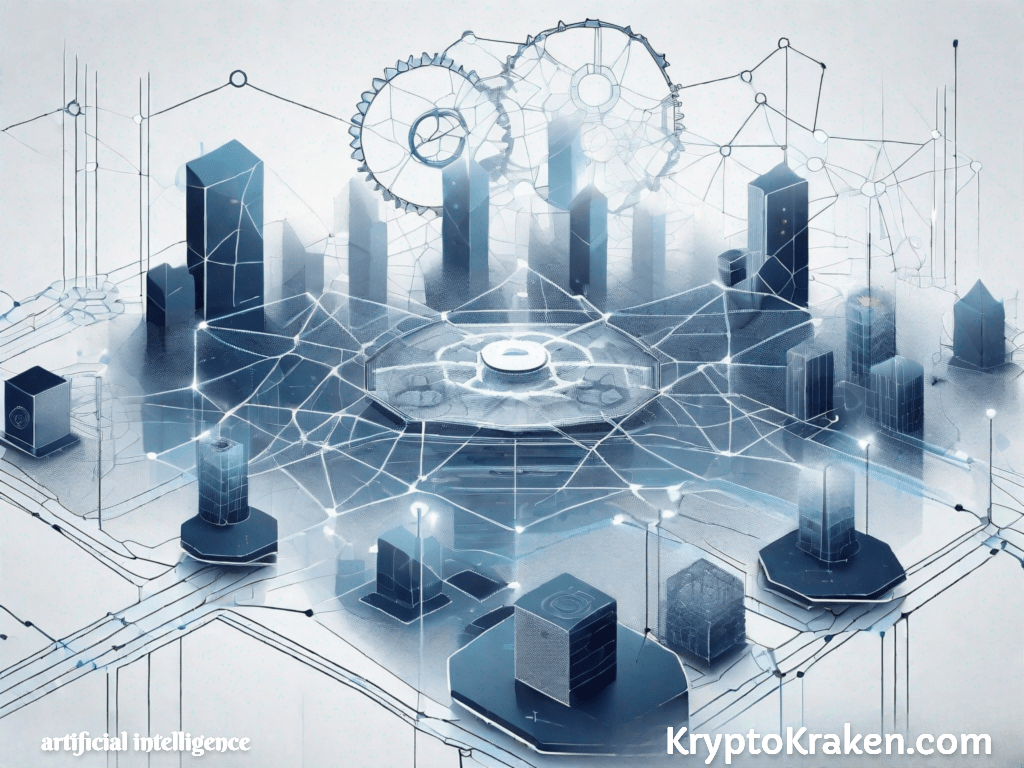
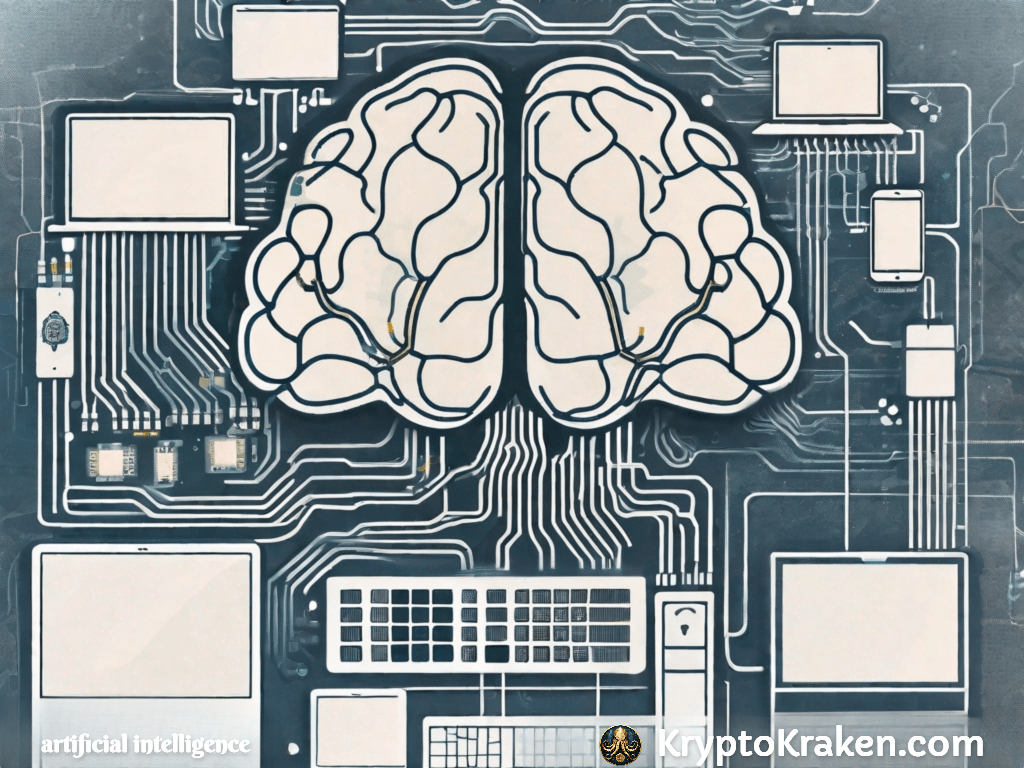
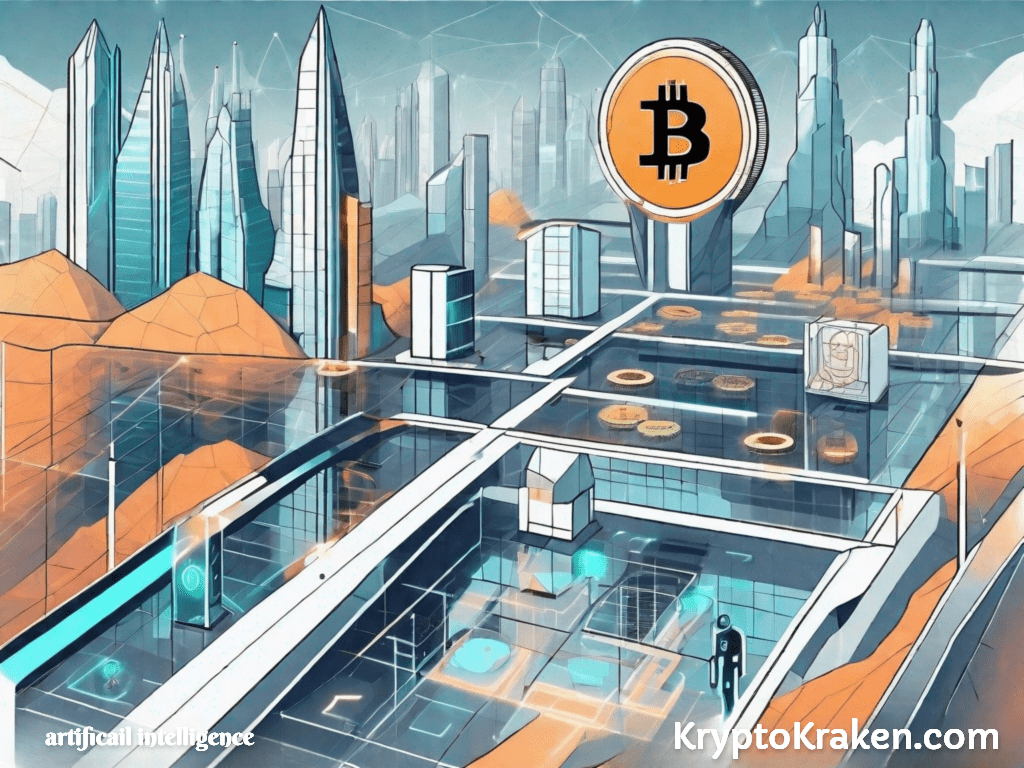
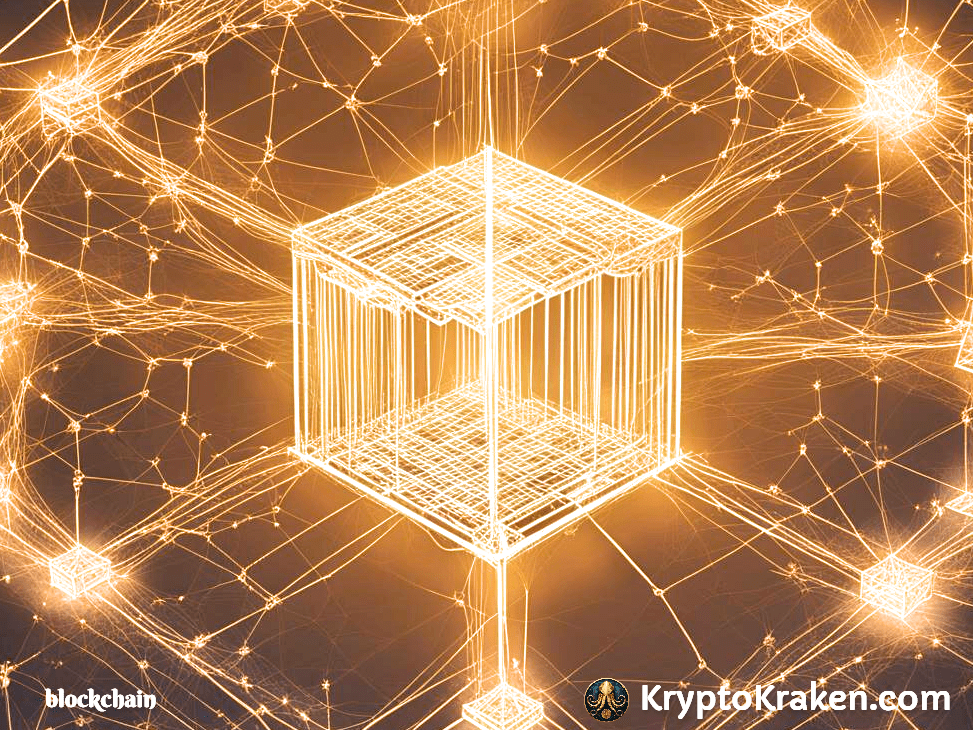
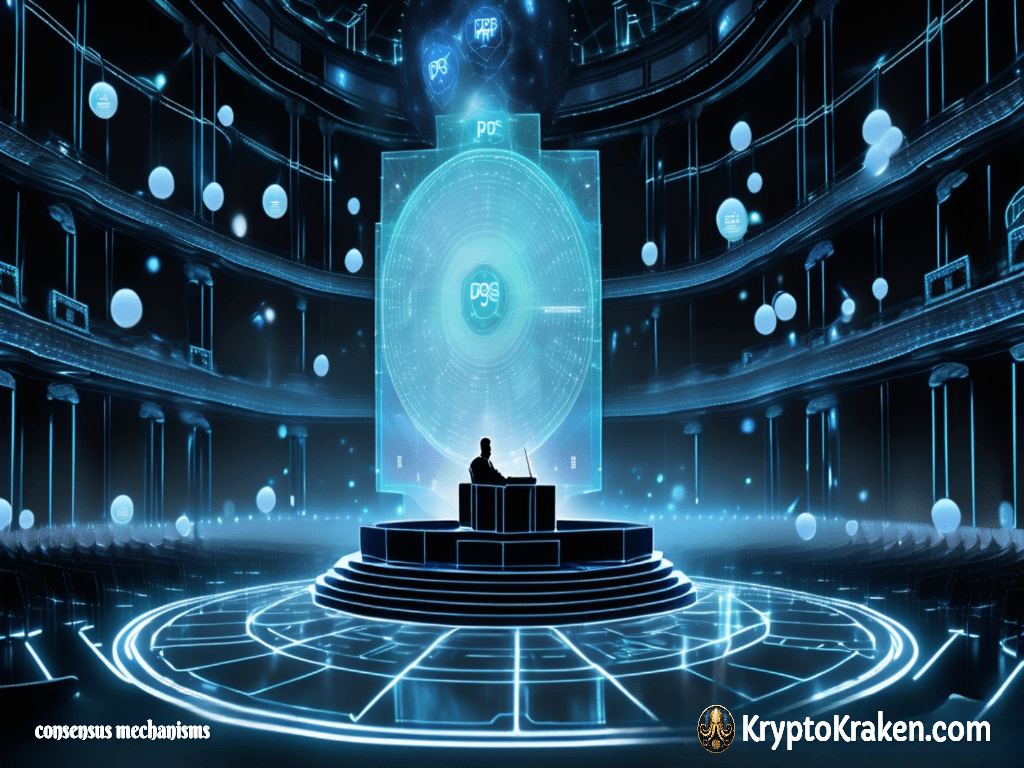
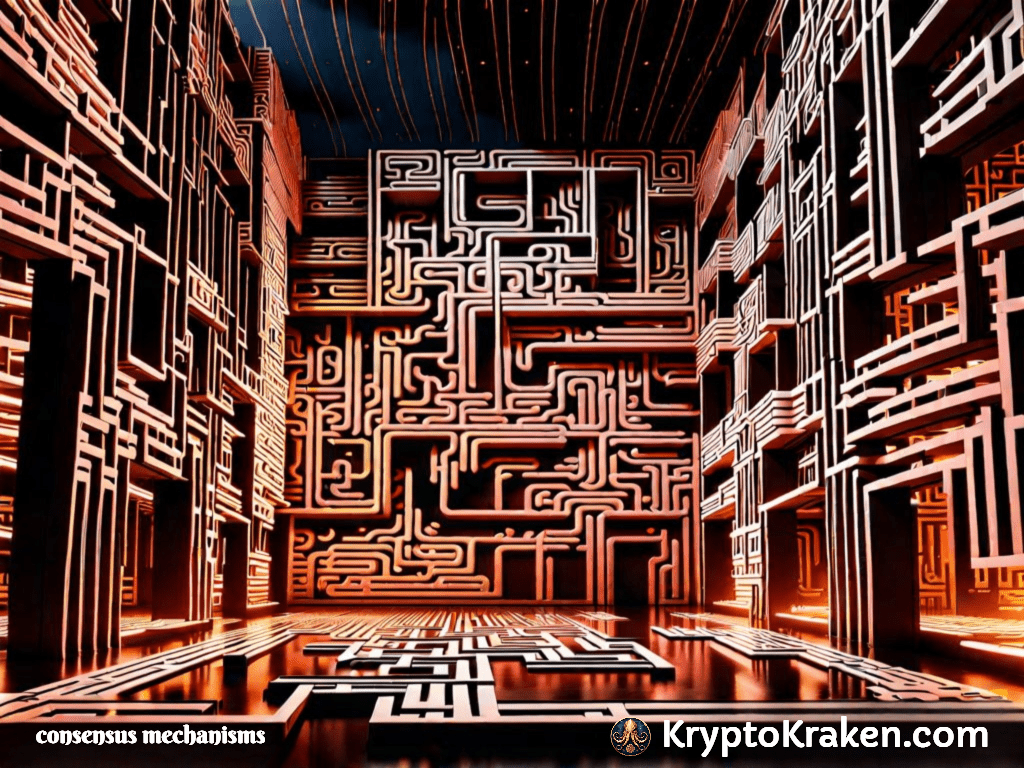
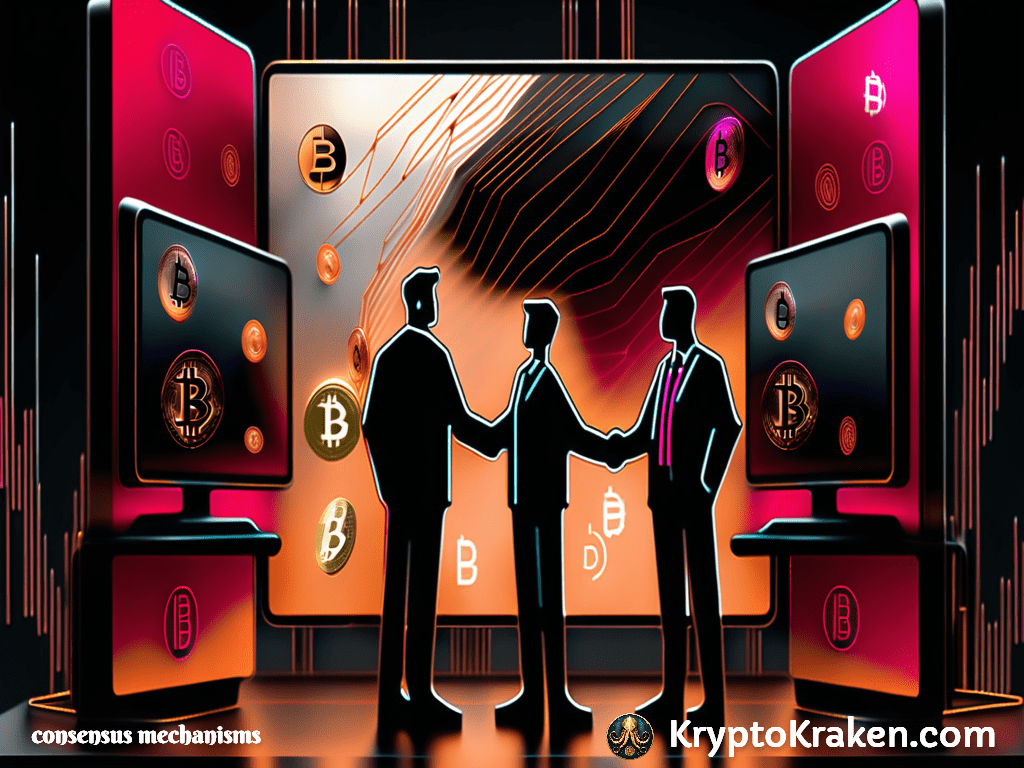
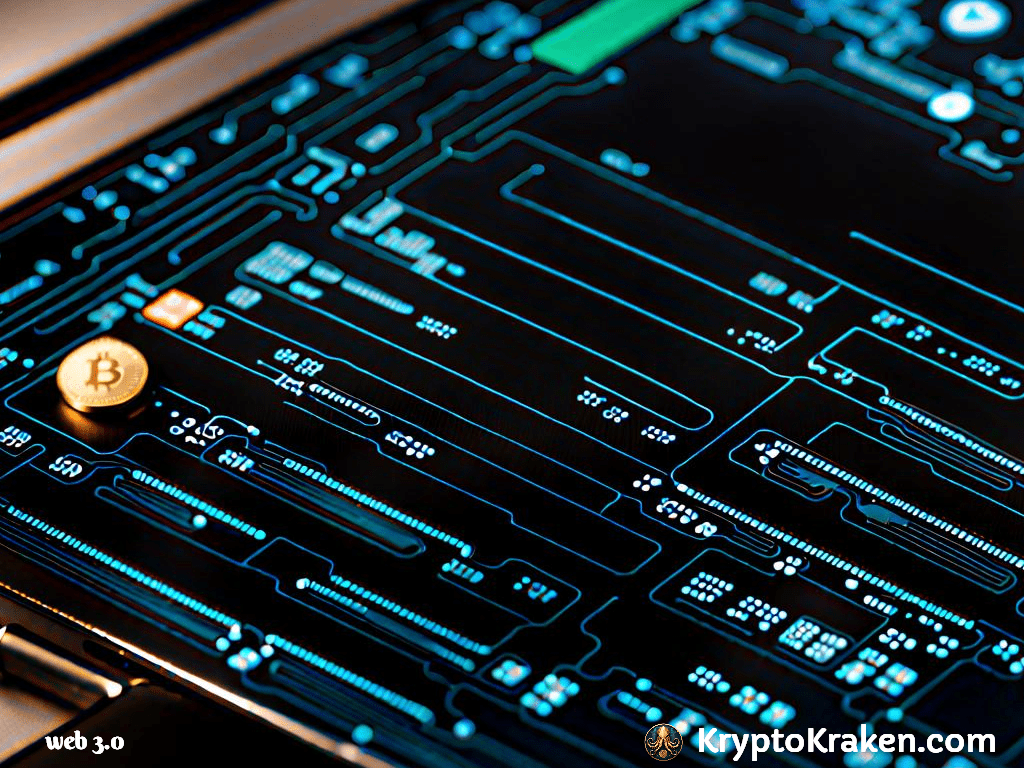
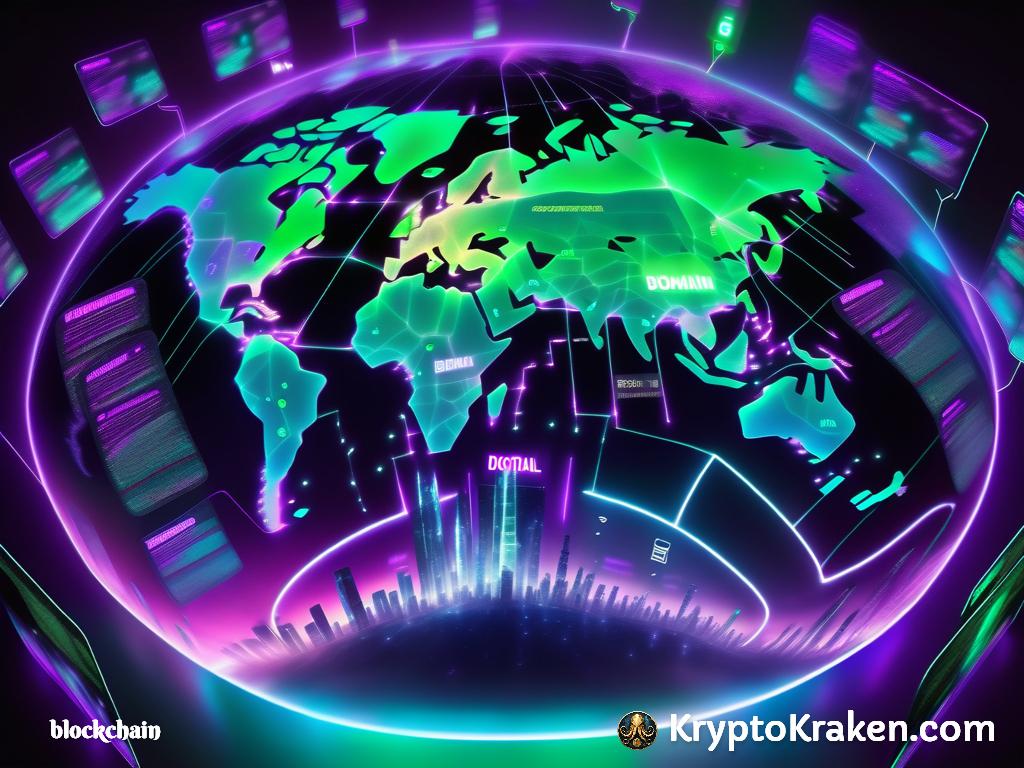
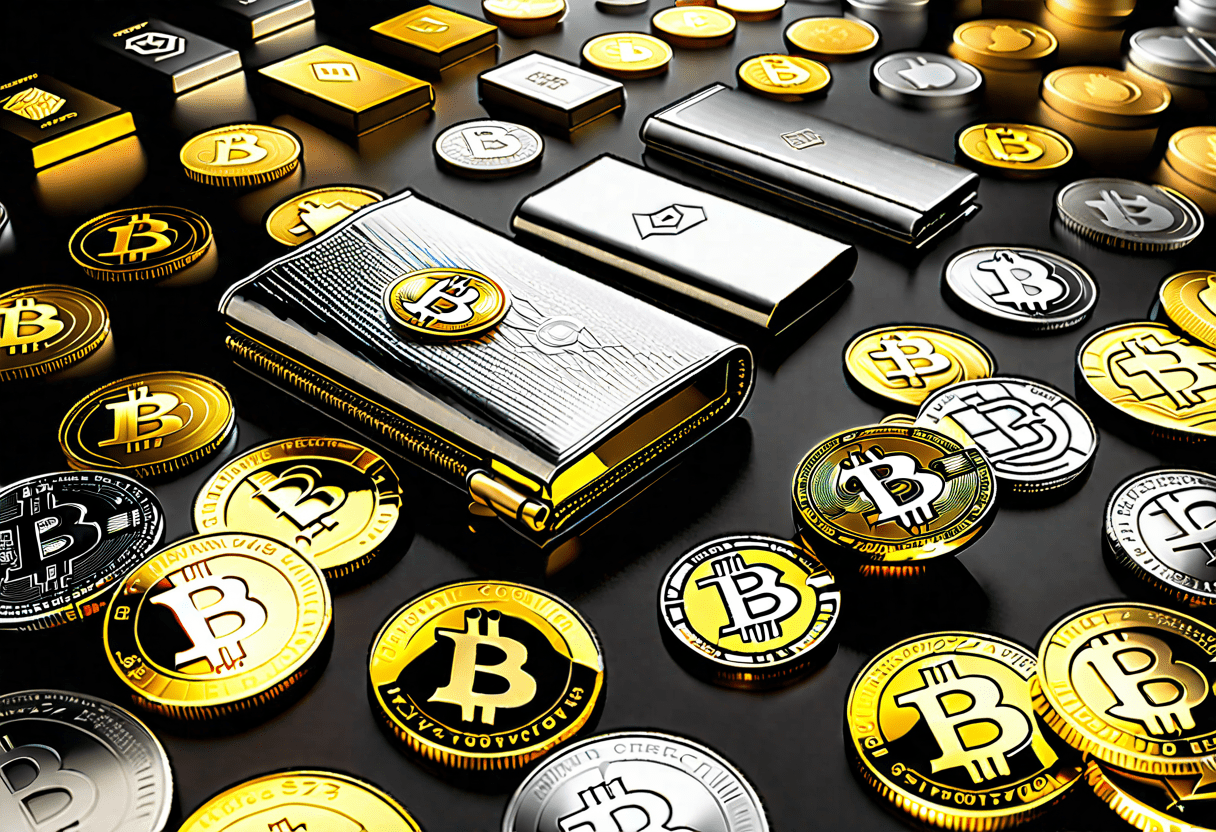

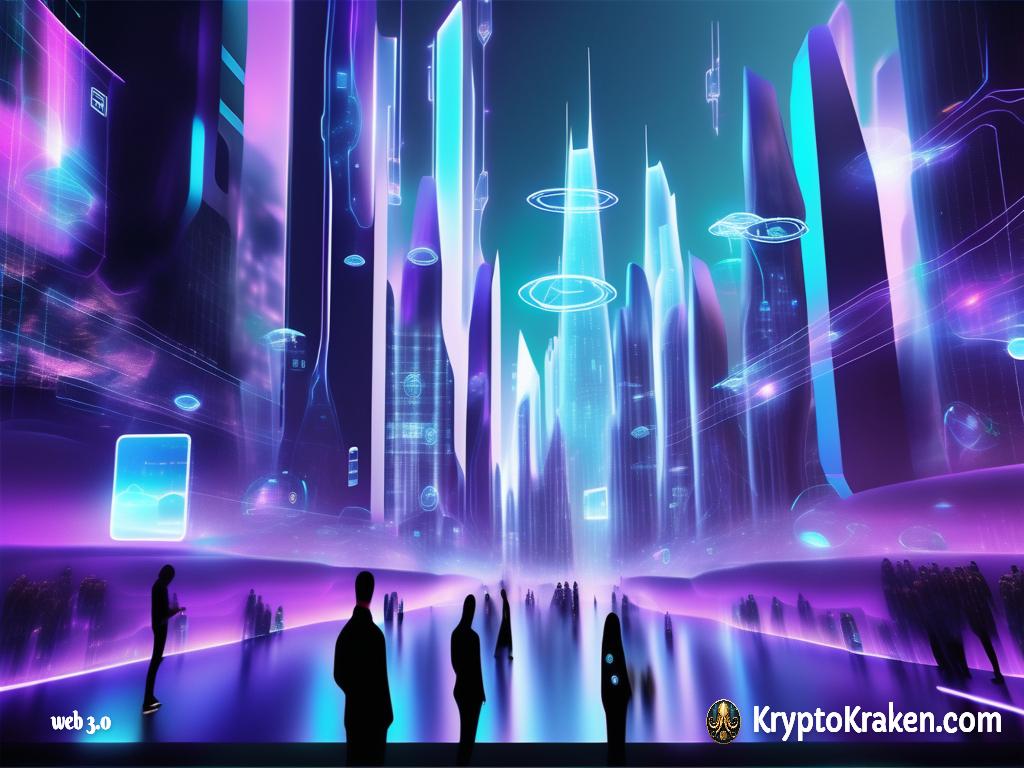
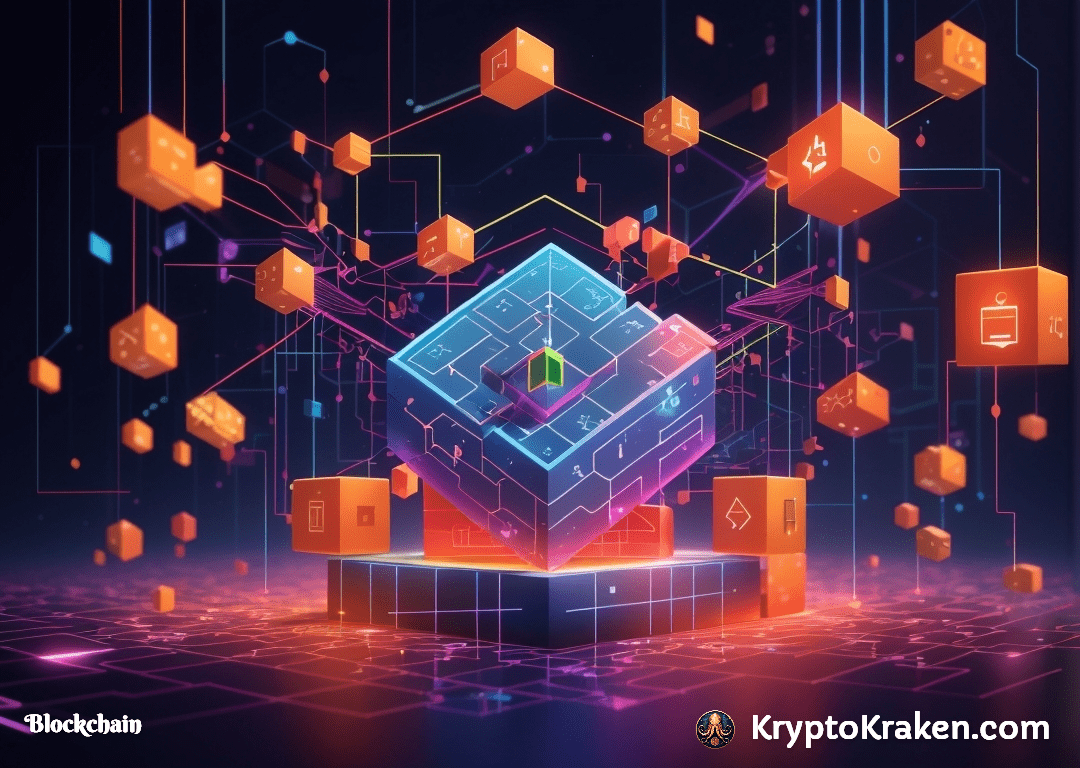
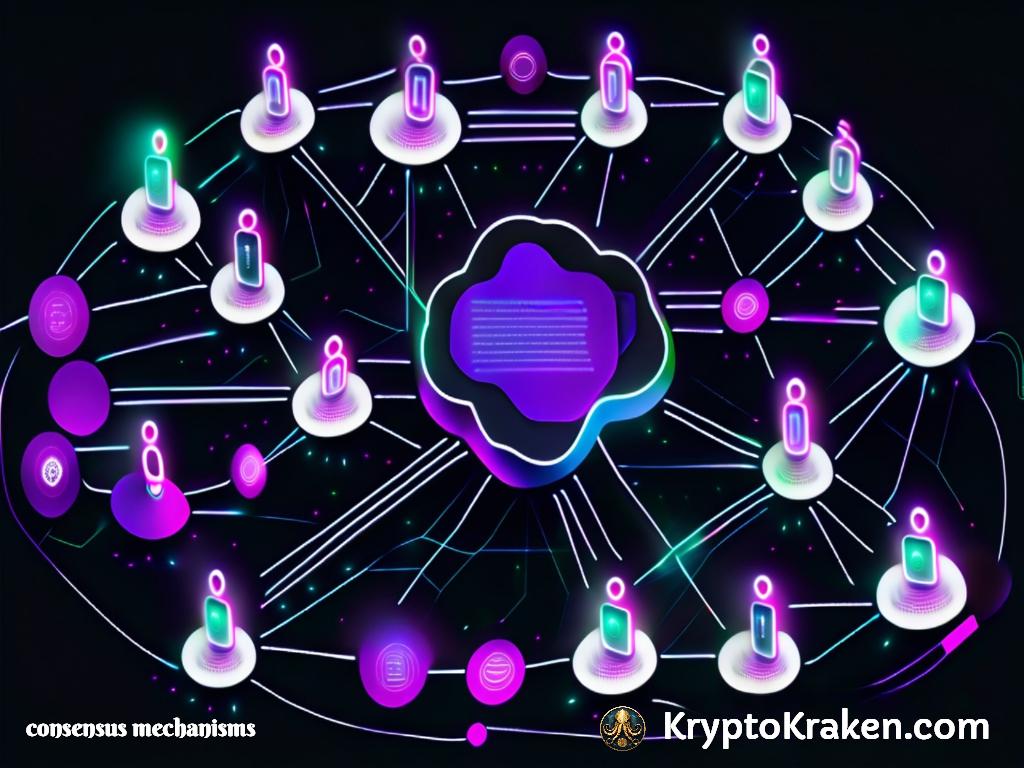
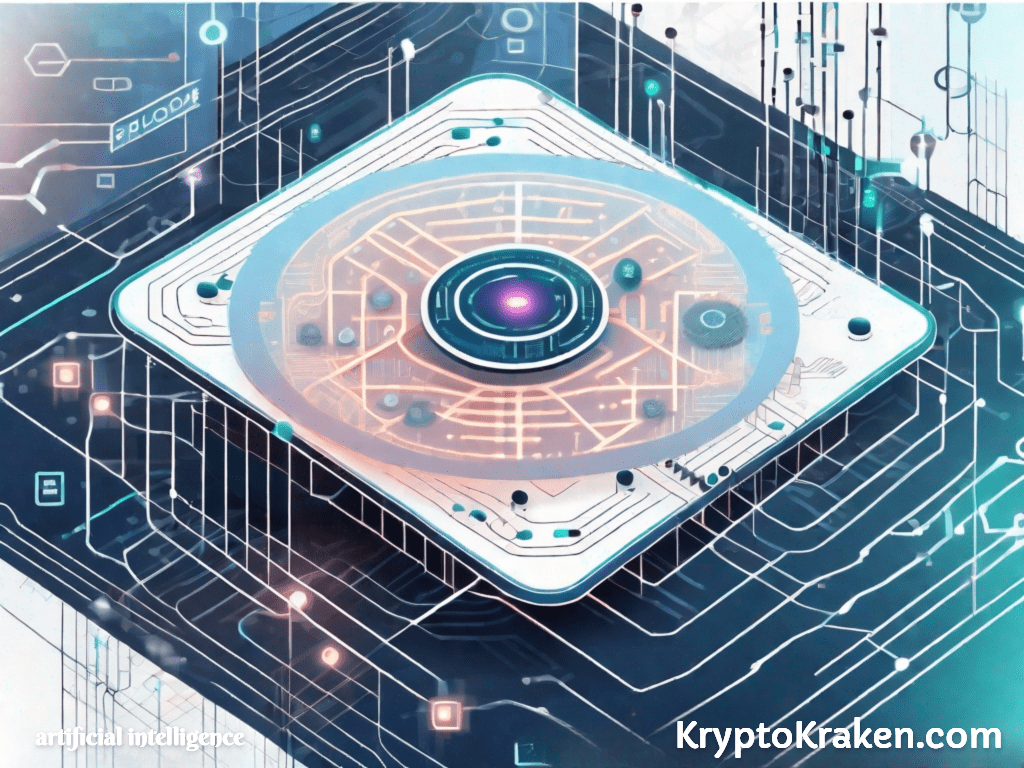
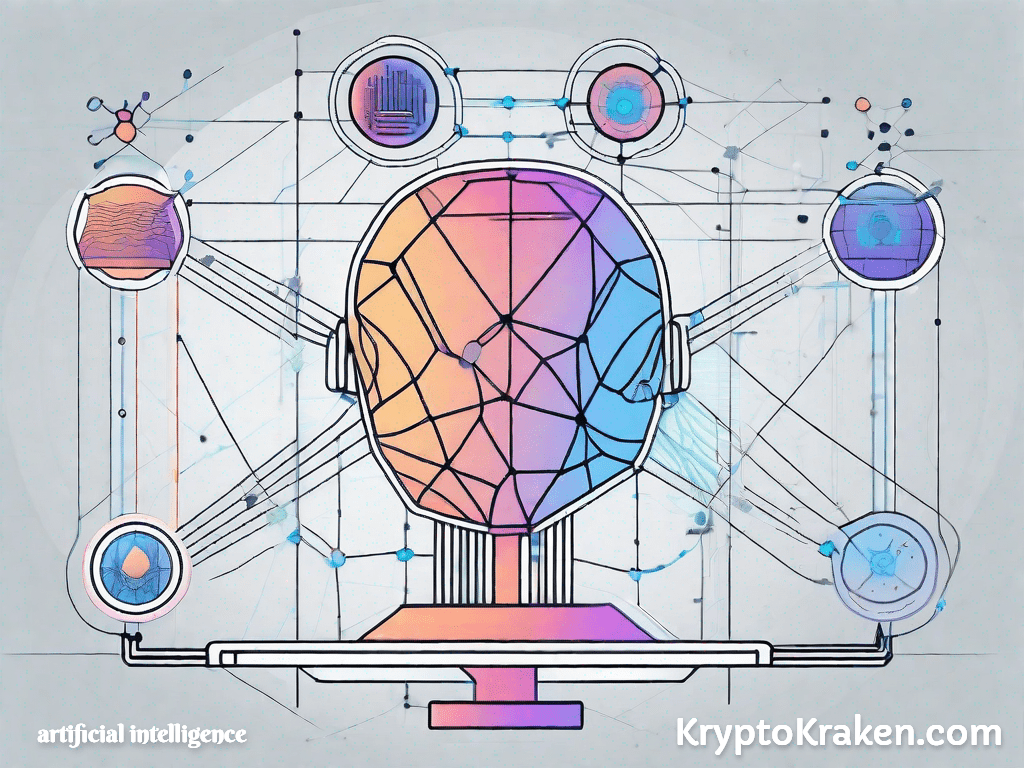
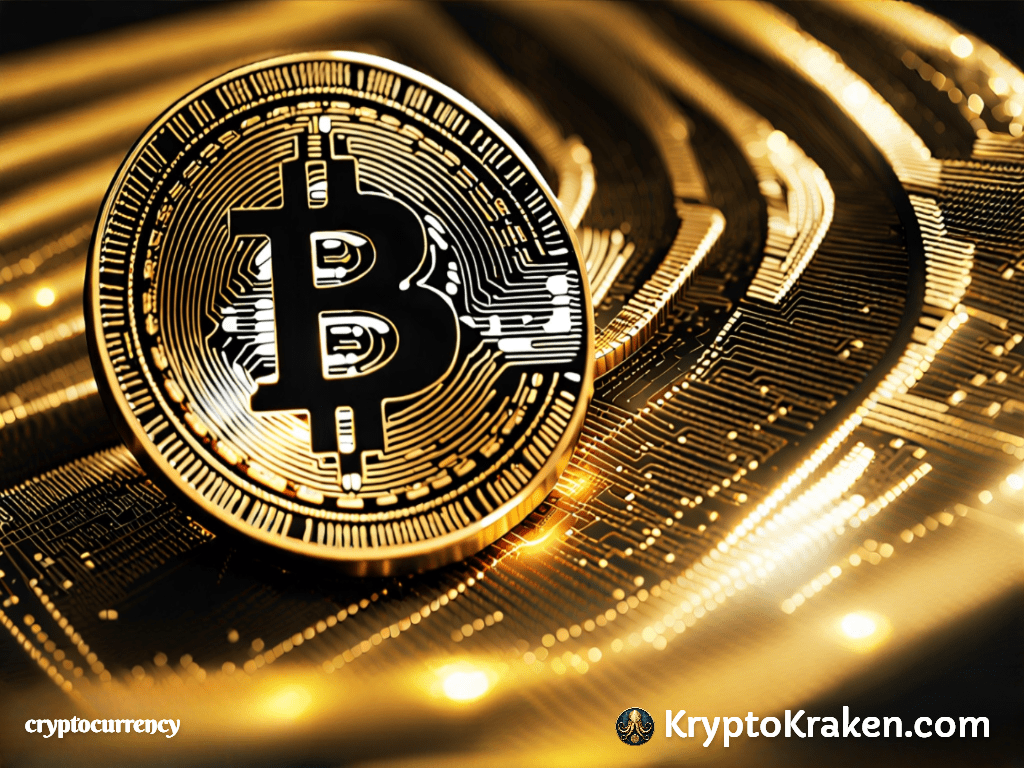
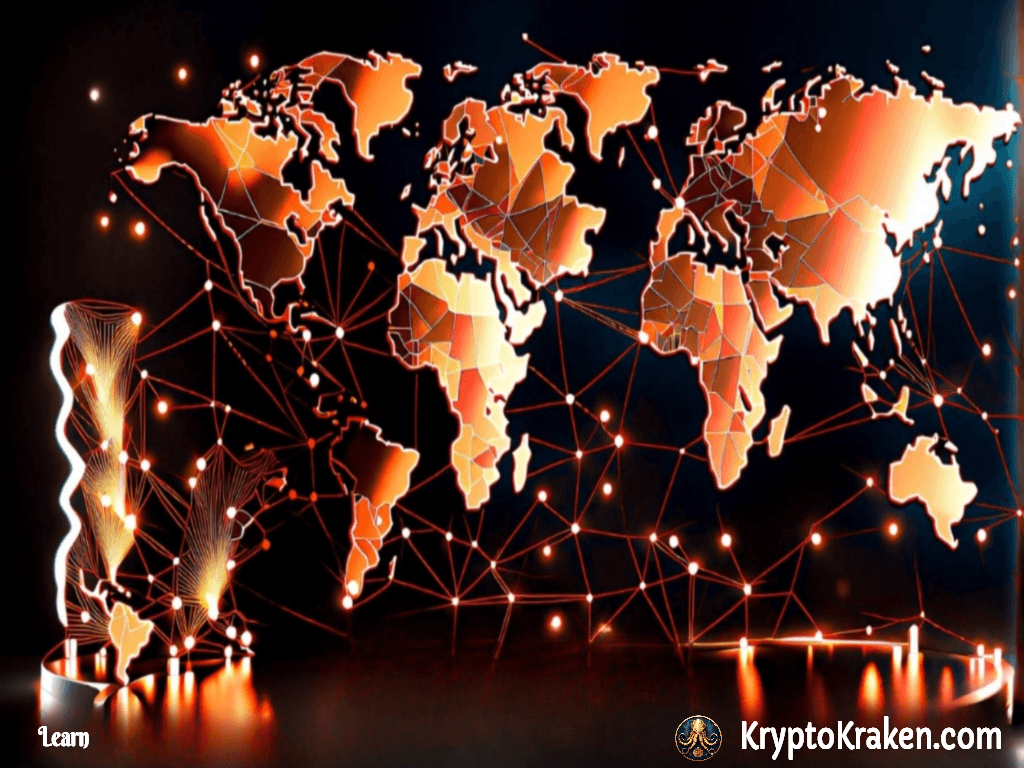
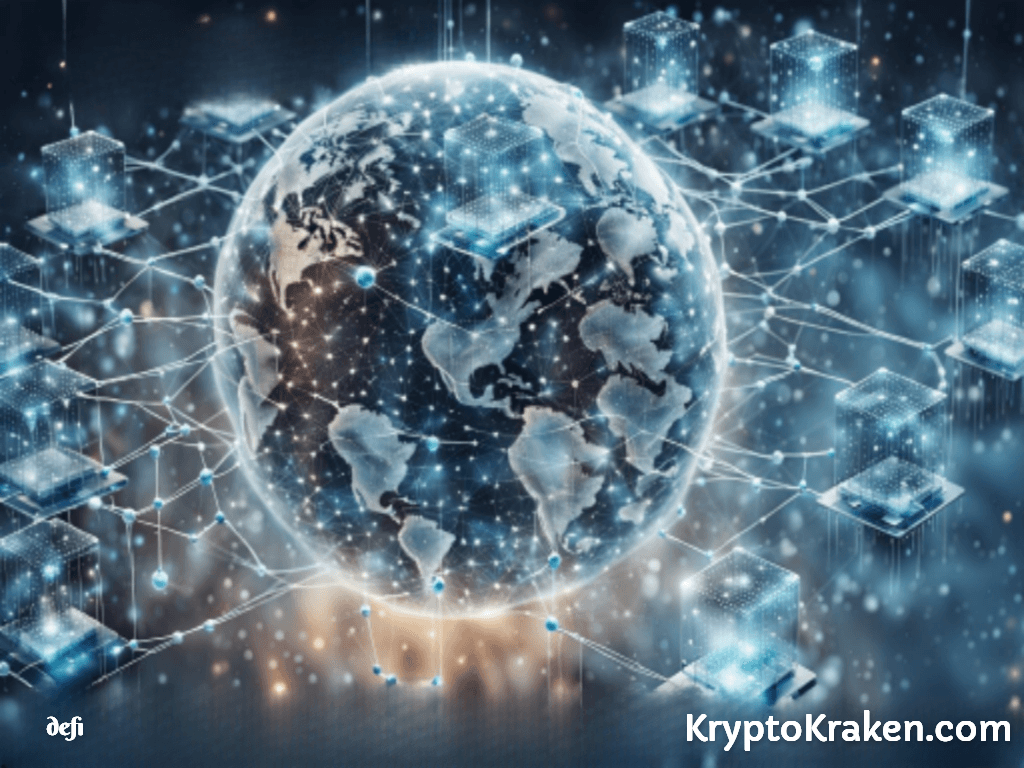
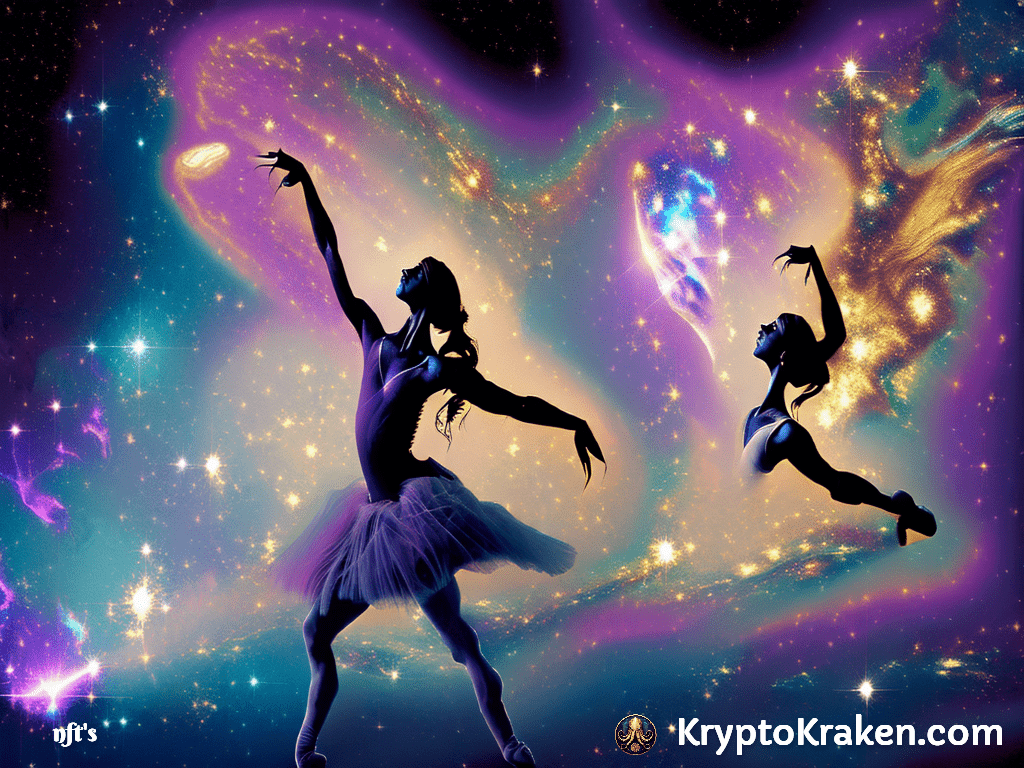
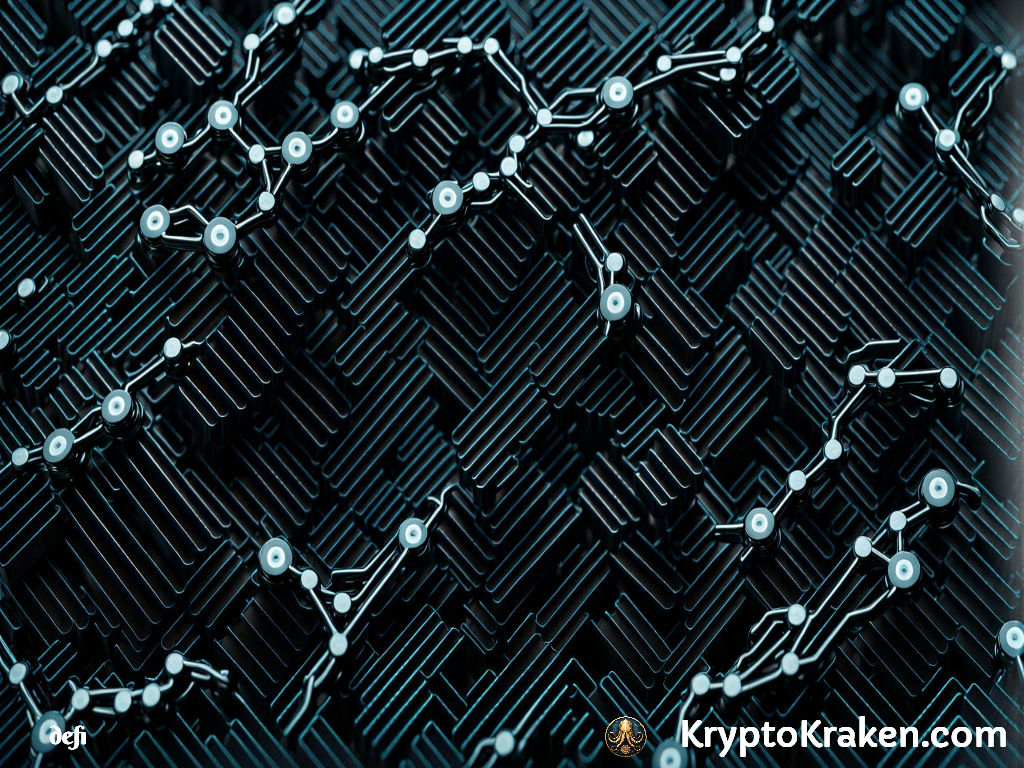
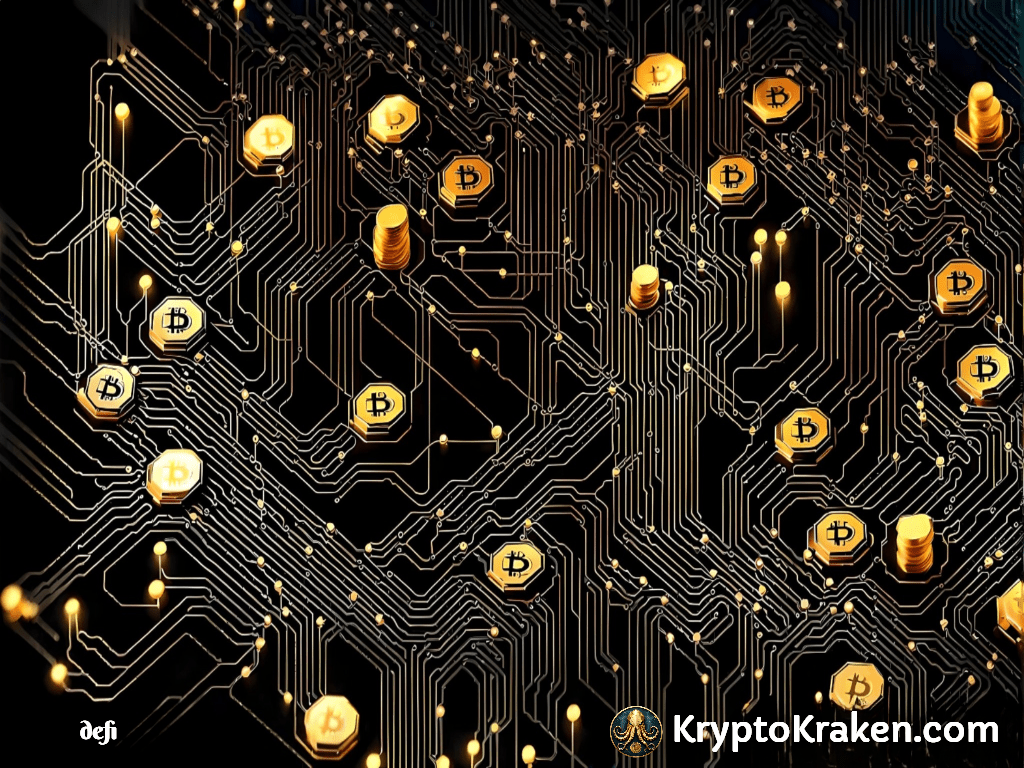
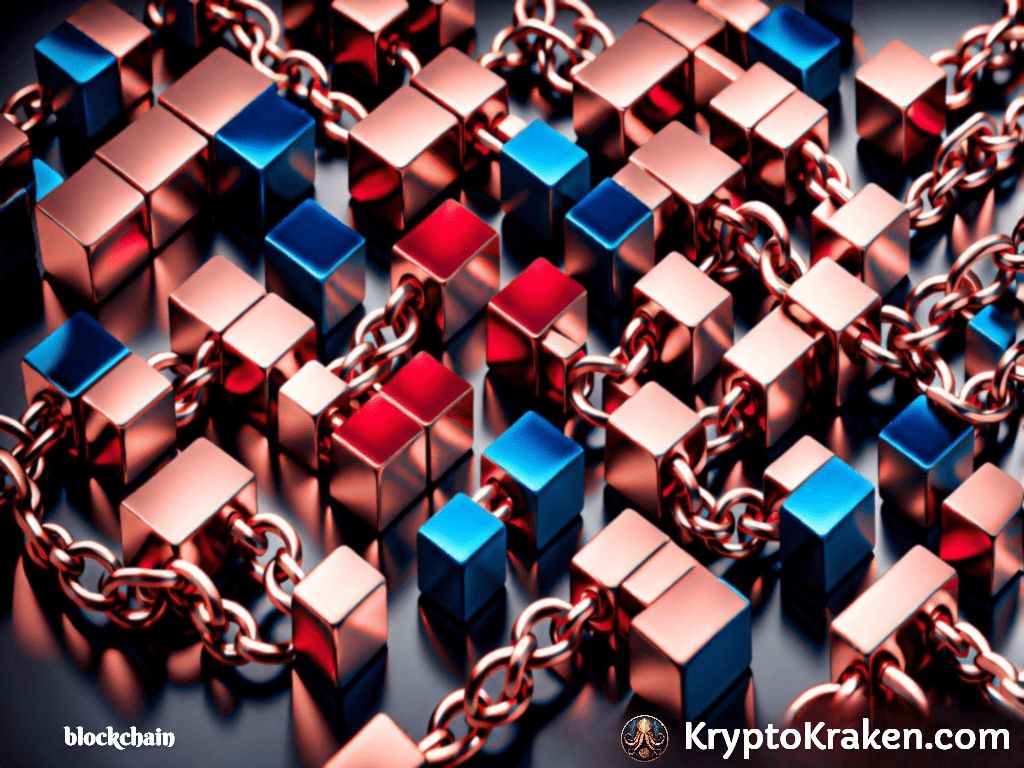
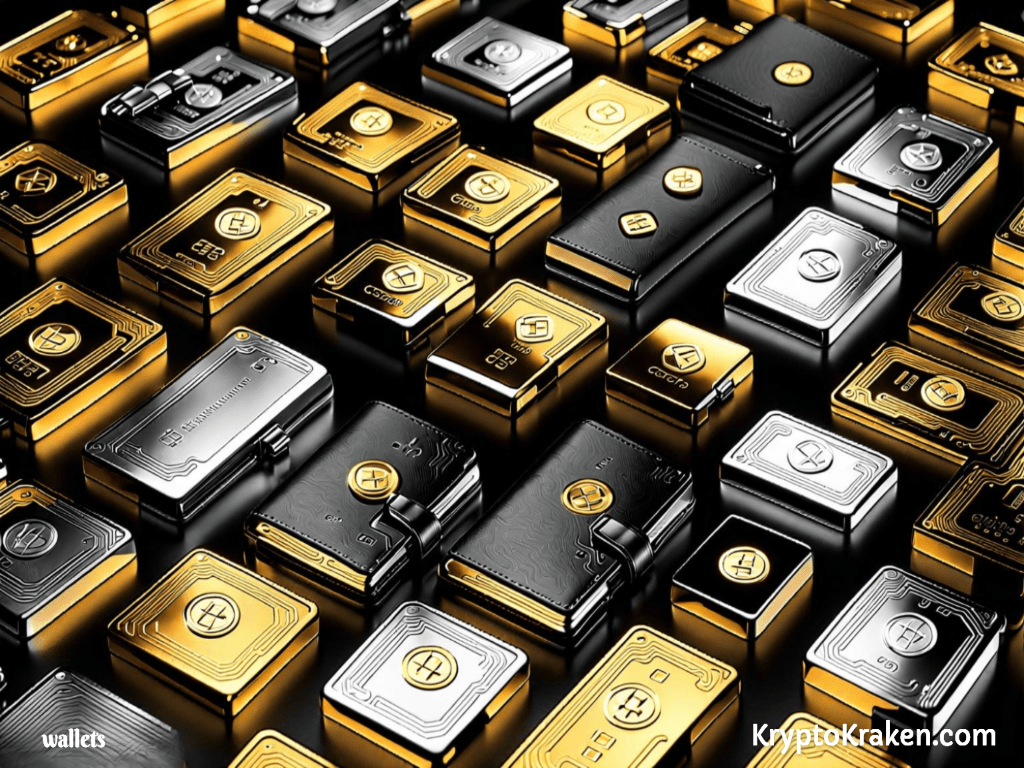
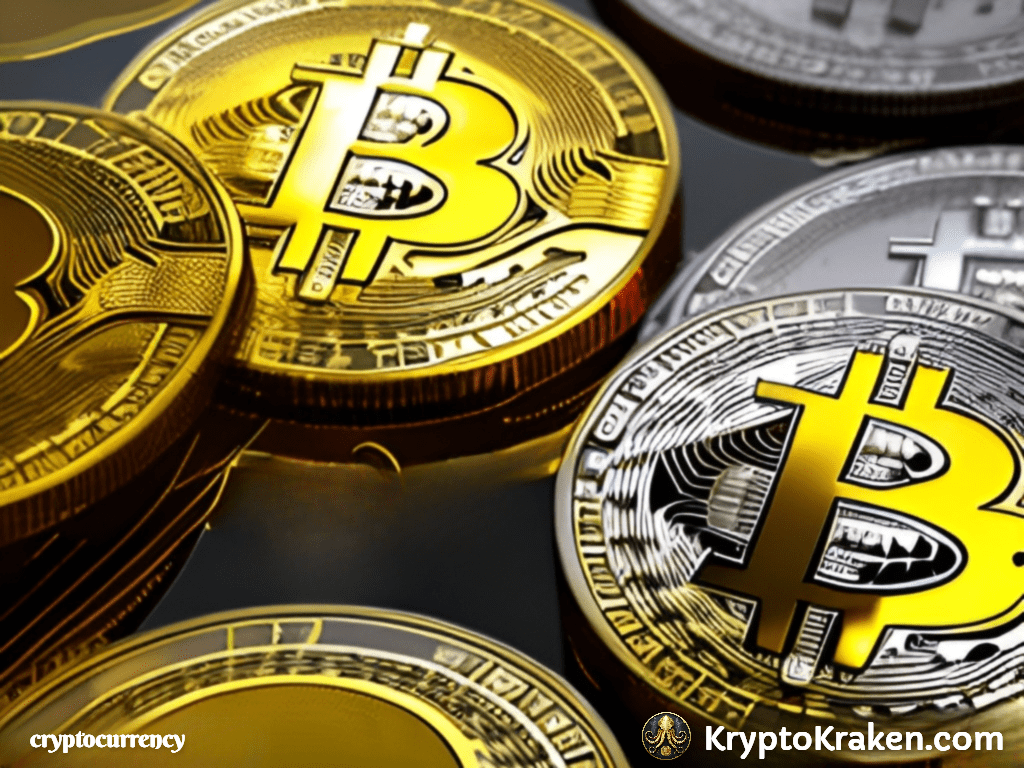
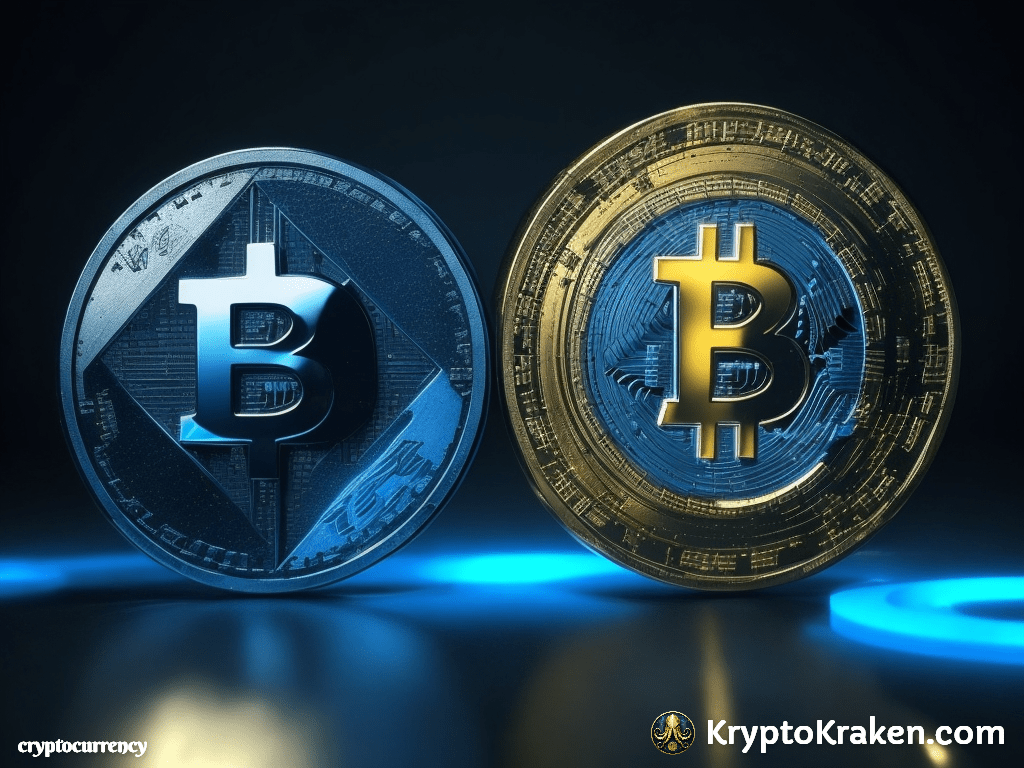
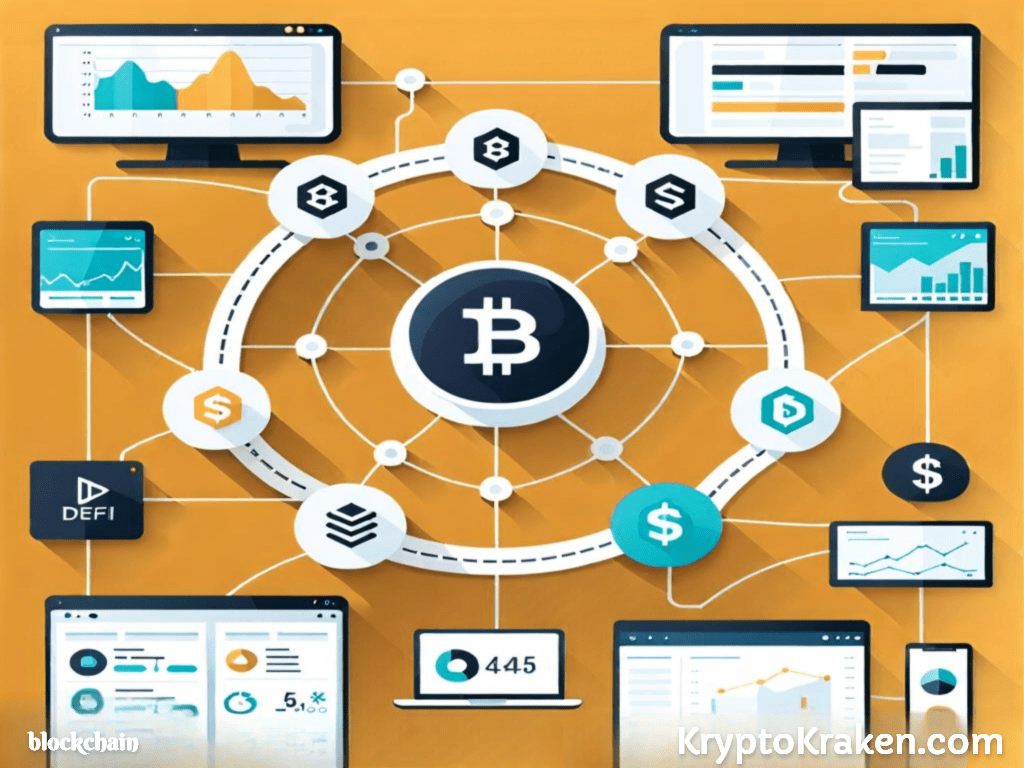
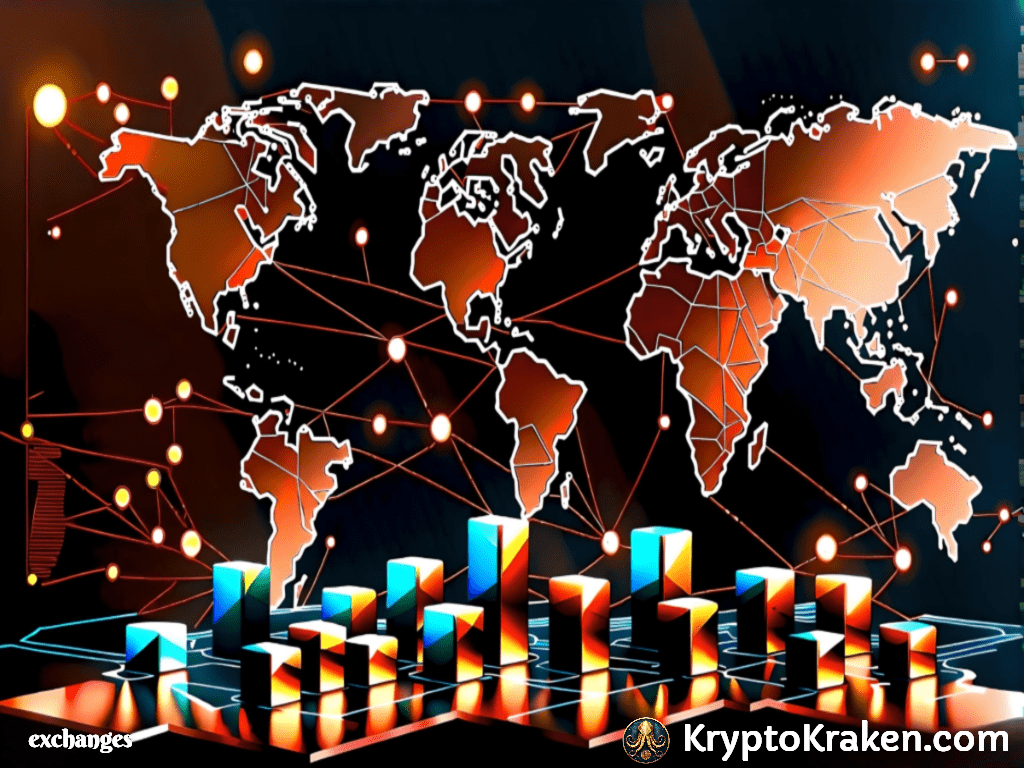

1 comment on “How to Get Started with DeFi”